After taking a brief hiatus from traveling, I finally found myself back on the road in December of 2022. I’ve been really enamored recently for whatever reason with both old communist-era architecture, and apparently places that start with the letter B. But as far as the architecture is concerned, whether it’s brutalism, Soviet realism, or really just any kind of modernism, I’ve just felt drawn to photographing it. This was one of the big reasons I went to Tbilisi a few years ago, and that trip had only inspired me further so it was just a matter of time before I came back to this part of the world for more.
Since I was going for a similar aesthetic as I was with my pictures from Tbilisi, I shot exclusively Fuji Superia 200, 400, and 800 speed films through my Minolta SLR. The only difference was this time I didn’t bring my GS645 rangefinder. It definitely would have come in handy a few times on this trip, but overall I really enjoyed the minimalist approach I took on my last trip to Korea, so I wanted to just focus my efforts through a single camera.
First up is Bratislava, Slovakia. I was only here for two days, as it’s a pretty small city and I didn’t have a lot of time on this trip. The biggest thing I wanted to see here was this giant upside down steel pyramid known as the Slovak Radio building. Actually about half my pictures from this city are of this building.
I’ve been having an issue with my Minolta SLR recently with the light meter intermittently not working, so this is the only properly-exposed picture I got of this building. I didn’t mind much though as the shots that were underexposed by about a stop or two ended up coming out with some really nice tones, if a bit grainy.
Considering the construction on this building was completed in 1983, and seeing the condition that a lot of other communist-era buildings from this part of the world are in these days, I was pretty surprised this was still standing given its unique design. It was obviously pretty well constructed and maintained.
The next thing I wanted to see here were some nighttime Christmas markets. This shot above was underexposed out of necessity since it was so dark here. Going over these pictures really made me miss Kodak Portra. I might switch back to using that in the future, at least for higher speed night photography.
The Christmas markets were awesome though. I had actually flown into Vienna before taking a train over to Bratislava and checked out a few of the markets there too. I’m not sure I would recommend traveling around this part of the world in the winter if you’re looking for a nice relaxing vacation, due to the temps averaging around freezing the entire time I was here, but getting to experience the Christmas markets made it all worth it.
It was here that I had my first bowl of Kapustnica, which is a delicious Slovakian cabbage stew made with sauerkraut, pork sausage, paprika, and sour cream. It left such an impression on me that I’ve been cooking it roughly every other week here at home since coming back. Definitely a must-try if you ever find yourself in Slovakia someday.
I did get to spend a bit of time walking around the city during the day in between jet lag naps, but didn’t have too much else I really came here to see so I mostly just wandered around aimlessly with my camera.
This was a pretty cool bridge though, called the Most SNP, or Bridge of the Slovak National Uprising. The giant circle at the top is actually a restaurant aptly named ‘UFO’.
Next up is Budapest. I arrived here via a fairly short and cheap train ride, which arrived around 6 or 7 at night. Walking across the city to my guesthouse was probably one of the most memorable parts of my trip. Budapest felt huge and alive, especially coming from tiny Bratislava. I even remember thinking it reminded me of New York City, even though in retrospect that seems a bit silly since there are maybe only a handful of buildings here over 5 stories tall. But from the street it felt like I was back in New York making my way through the East Village on a Saturday night.
The next day was nice and sunny, albeit a bit chilly, so I figured it was a perfect day to take a walk across the river from ‘Pest’ over to ‘Buda’
This is the famous Hungarian Parliament building. When I was doing research for this trip, I was surprised to learn that it was only built relatively recently, back in 1904.
I never would have guessed looking at it, although it is in incredible shape.
Now by the time I got over here the sun was just about starting to set. Shorter days is unfortunately another downside of traveling during the winter. So I found a staircase up the hill here leading up to a monument I would later discover is known as Fisherman’s Bastion.
I do try to research my trips before I go, but apparently I don’t do a very good job as I found this place completely by accident and it’s apparently one of the ‘must see’ places in Budapest.
The view from up here was incredible though, so if you’re ever in the area and have a free evening, don’t miss it.
Back on the ground it was starting to get pretty dark, and the moon had risen just next to the Parliament building making for a beautiful scene. Some medium format Portra and a tripod would have been real nice here. I guess I’ll just have to come back.
One thing I noticed over here is that there are thousands of crows everywhere. These ones in particular were flying over the Danube to meet up with the other thousand crows flying all around the Parliament building, which you can just barely make out in my previous picture amidst all the film grain.
Another couple days in Budapest were spent walking around, enjoying the sights, and eating lots of goulash and porkolt. Another couple of dishes which I’ve started making at home. Although I don’t think I’ve gotten the recipes quite right yet, I’m at least ending up with some delicious and spicy beef stews.
Here was a fairly common sight while walking around the ‘Pest’ section of Budapest. I wasn’t 100% sure if this was the case, but it looked to me like tons of buildings around the city were riddled with machine gun fire. When I got home I did some searching online and found that this is most likely exactly what I was seeing. The consensus seems to be that most of it is from the Hungarian Revolution in 1956, which was an uprising of the Hungarian people against the oppressive communist government of the time. Crazy to imagine what that must have been like. I have to wonder if they keep these scars around on purpose as a reminder of what they were fighting against.
The next stop on my trip is Belgrade, Serbia. Novi Belgrade to be exact. Novi Belgrade is a planned city that was constructed starting in the late 1940s, just across the river from the original city of Belgrade. The picture above is of the Western Gate building, which I believe is currently half abandoned. If it does have any remaining tenants in the building on the left then I don’t think they’re too happy about the gigantic advertisement blocking their windows. There was also a hookah lounge and I believe a beauty salon in a small shop area on the ground floor of the building on the right so either way that one wasn’t completely empty.
Being ever curious however I decided to venture into the leftmost building just to see for myself. At first it was kind of cool, it felt like a business park lobby from the 90s, and all the lights were off with the floor completely soaked. At first when I stepped in it did appear to be empty.
However as I approached the front desk, I started hearing some soft violin music playing off in the distance. I got the impression I wasn’t alone and started to feel like I was in The Shining so I took a quick video and left.
Heading out from the Western Gate building, I embarked on a long walk around Novi Belgrade, visiting a few of the ‘blocks’ the planned city is known for. Each of these sections of the city were built in a different architectural style, and house thousands of residents in their old concrete buildings.
Here are some more of those crows I was talking about earlier.
Something I noticed is that there seems to be a lot of pride regarding which block you’re from. I saw similar tags all over town, this one representing the block I was currently in, Block 28.
This was probably one of the most interesting looking kindergartens I’ve ever seen.
The main buildings in this block earned themselves the nickname ‘Televizorka’ after the television-set-like appearance of their windows.
Just down the street from Block 28 is Block 23, which doesn’t have any cool nicknames that I’m aware of, but is just as cool in its own right.
This building here is the Laza Kostić elementary school. Or in Serbian, Osnovna škola „Laza Kostić“.
Took a quick stroll through Block 19A.
On the edge of Block 21 here were a group of buildings called Šest kaplara, or ‘Six Corporals’, due to most of its residents (at least originally) being members of the military.
Just a little further down the road is Block 13, which is home to the Palata Srbija, or Palace of Serbia. This building isn’t very tall but it’s about as long as an entire block and houses many of the government agencies and a couple thousand crows.
So after a long winter day walking around the city of Novi Belgrade, I started heading back to the historic Hotel Jugoslavija where I was staying so I could enjoy a nice cold shower, since apparently hot water is not a thing they have there. There were some nice cars parked out front though so don’t be mistaken, it was a very nice hotel.
After a couple days over here, I decided to head across the river to the Stari Grad, or ‘Old Town’ section of Belgrade. Here is the view of Novi Belgrade from Kalemegdan Park in the northwestern tip of Belgrade proper.
There were a couple of really cool churches over here in Belgrade, this one being the Church of St. Mark, built in the 1930s.
And this one being the Temple of Saint Sava located a bit further south. This one has a very interesting history even though it was just completed in 2017. Apparently construction began almost 100 years ago in 1935, but had to be halted repeatedly over the following 50 years due to first WW2, and then the resulting occupying communist government banning further progress due to their negative view on religion. Then finally in 1985, the president at the time Dušan Čkrebić decided to resume progress on the church, which had been sitting in ruins for the last half century, in an effort to ‘remove the shame from his generation’. From what I’ve read this was a pretty huge deal as it was one of the turning points leading to the fall of communism all across Europe.
I think they’re actually still in the process of decorating the interior, as it was a bit empty.
They seemed to be doing a pretty good job of it so far though.
One day while I was out I caught a pretty nice sunset. Given the time of year, sunset was around 4 PM so I was typically out around then, but the weather had been fairly cloudy up to this point, save for that nice night in Budapest.
I also happened to be in a pretty nice spot to capture it, I think.
Now off on the opposite end of the city are the Eastern Gate buildings. Like the Western Gate, these were built in the 1970s to effectively bookmark the city as cultural landmarks, and to this day are still two of the most prominent parts of the Belgrade skyline.
It was also quite the walk to get out here as it was pretty far away from the old city center where I was staying. Definitely worth the trek though.
I read that the facades of these buildings have had some issues recently, with chunks of concrete falling off here and there. The residents have tried to pool up some money to restore them, but the Serbian government won’t allow it as it wouldn’t meet the new green energy efficient standards for building facades which would cost too much. So it continues to crumble.
A recently refinished smoke stack from the power plant next door.
No trip to ex-Yugoslavia would be complete without a Yugo sighting. I tried to translate the writing on the windshield but came up empty. I like to think it says ‘wash me’.
And with that it was off to my final destination, Sofia, Bulgaria. Which brings up another interesting story regarding transportation into and out of Serbia. Back when I originally (loosely) planned this trip years ago, there was pretty reliable train service between Belgrade and both Budapest and Sofia. Of course I didn’t double check that these trains were still running before I left, and come to find out, they’re not. This led to a short panic in Budapest over how I was going to get to my next destination, since not only is there no train service, but there are no direct flights either. Luckily though I found a bus, so I was able to make it after all even if the bus ride was 7 hours long. At least it was comfortable, the customs check at the border only took an hour and a half, and I got to enjoy the Serbian folk music the driver was blasting the entire trip.
As much as I wanted to relive this experience for my trip down to Sofia, I was able to find a direct flight from the Belgrade airport for pretty cheap, so I decided to give that a shot. I almost felt a tinge of regret as I sat down in my seat and the prop engines started up, but I was comforted by the fact that if anything were to go wrong it would probably be pretty quick and painless given where I was sitting.
Almost as soon as I pulled into Sofia it started snowing. I was hoping for a bit of snow on this trip so I was pretty excited to get out and take some pictures the next morning.
This is the St. Alexander Nevsky Cathedral which is basically Sofia’s biggest landmark. It was oddly situated in the middle of a rotary without a lot of crosswalks, so walking around it was a bit interesting.
The snow melted pretty quickly as it was just above freezing and pretty sunny, but it would snow almost every night I was here, giving me a few hours each morning to enjoy it.
Here was a popular pedestrian street called Vitosha Boulevard, named after Vitosha Mountain you can see towering off in the distance. If you only had one day in Sofia this wouldn’t be a bad place to spend it.
I would have liked to get out into the mountains a bit but I wasn’t really prepared for anything colder than where I was at ground level. So I compromised a bit and took the metro out as close as I could and went for a walk through the outskirts of town.
There was a park down here called Bell’s Park, which is home to this giant brutalist monument dedicated to the children of the world.
It contained at least a hundred different bells, created and then donated to the site by different countries around the world.
It was also nice to get away from city life for a bit.
Back in town another day I decided to go check out a few things. First up was this big park called Borisova Gradina. This place was huge, I walked around for an hour or two here and only saw maybe 10% of it. It’s just slightly smaller than Central Park in NYC for reference.
The whole park was full of statues, monuments, fields, stadiums, you name it.
Here’s one of the larger monuments I found, called the ‘Mound of Brotherhood’. An inscription on the monument reads ‘He who dies in a fight for freedom never dies.’
Speaking of which, my next stop this day was the Bulgarian National Museum of Military History, a huge open air museum full of modern military equipment.
I had stumbled across one of these back in Belgrade at the fortress in Kalemegdan Park as well, but that one just contained a few small to mid-size tanks and some artillery. This one was full of everything from full-size tanks, attack helicopters, fighter jets, and even ballistic missiles.
Super cool. I had never seen anything like this so up close. After I got back from this trip I actually flew down to Washington DC for a weekend to check out the Smithsonian Air and Space museum out by Dulles airport, because I had heard it’s pretty similar to this with a bunch of old historic aircraft inside a giant hangar. And man, that was awesome too. They had an SR-71 Blackbird, the Discovery space shuttle, the Enola Gay bomber, and a Concorde jet just to name a few.
After all that excitement I decided to go on another walk through some woods.
Then on my last night here I finally had a chance to go shooting around the city during twilight.
I really wish I had done this more while I was here, since apparently my other evenings in Sofia were all spent wandering around out in the middle of random forests. This is such a photogenic city and twilight is my favorite time to take photos, so I’ll definitely have to come back someday to really get out and do some more shooting here.
This says ‘Garage’, in case you’re curious.
And with that it’s off to the airport for my flight back home. It was great to finally get back out traveling after these past few years, and to such beautiful countries no less. I hope you enjoyed my pictures and I’ll see you again next time!

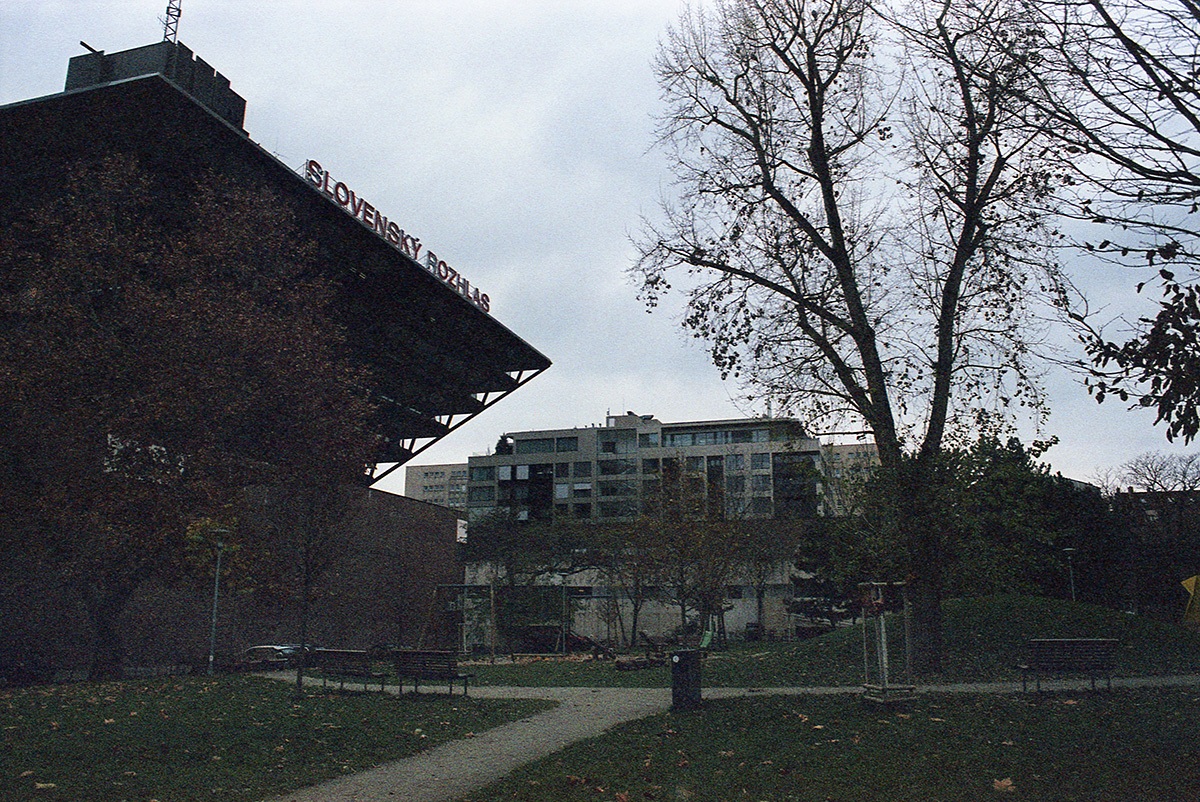
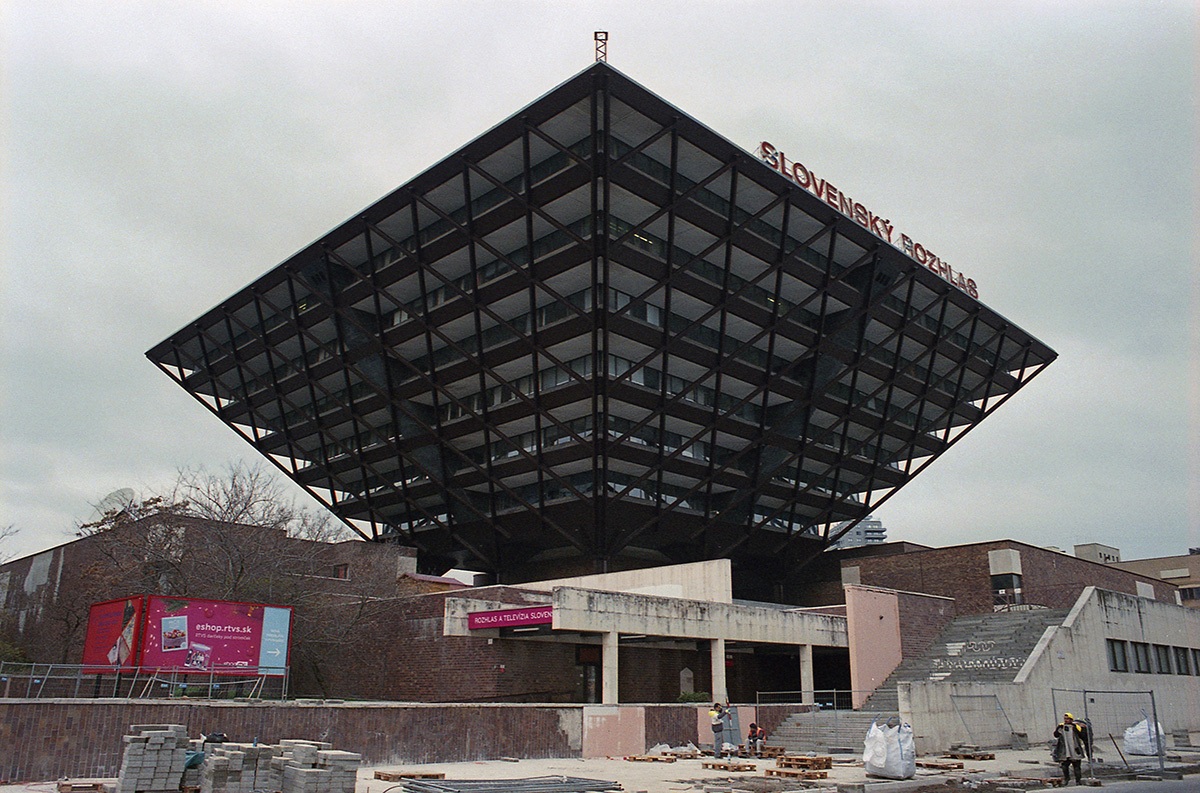
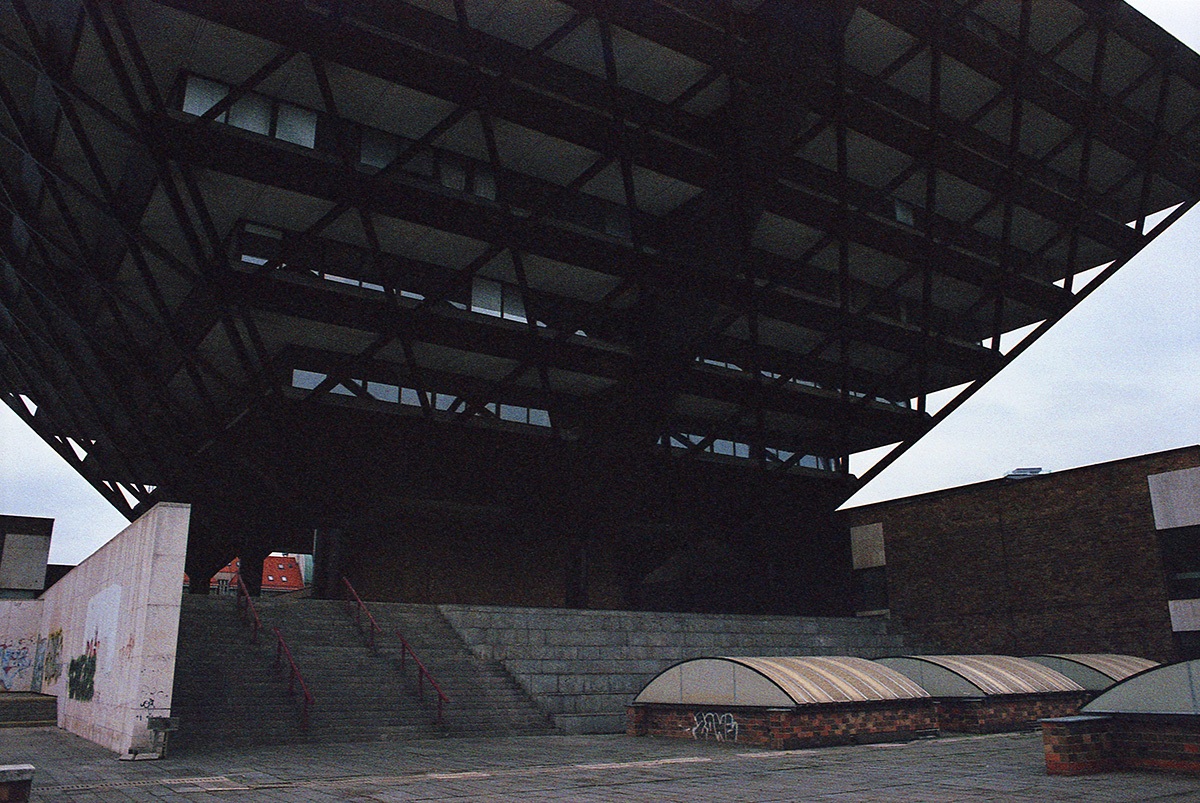
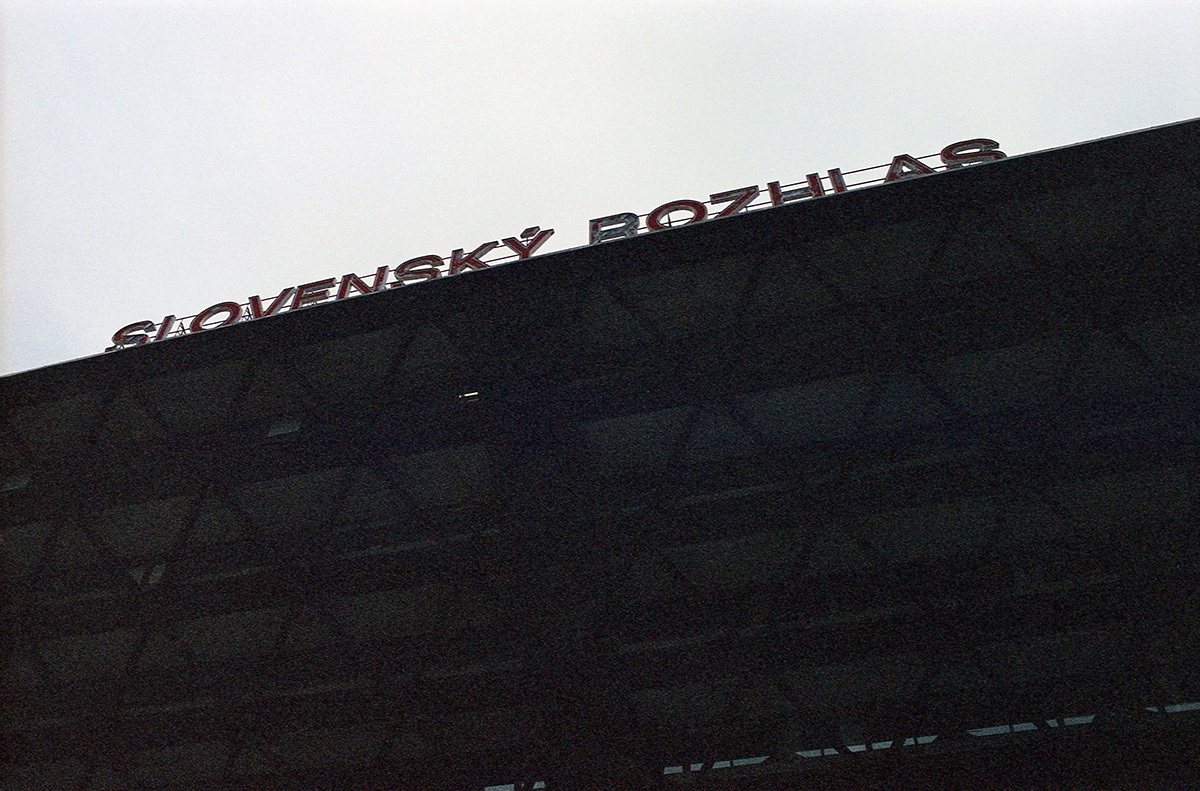
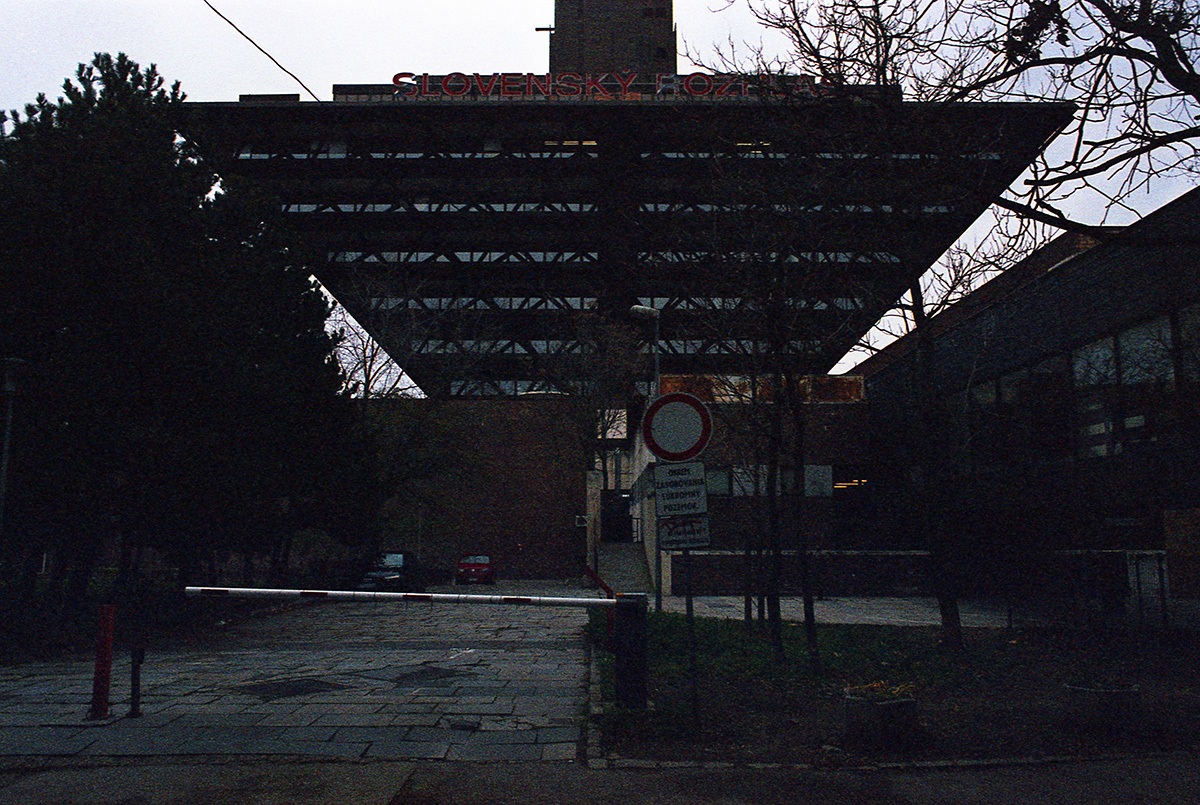
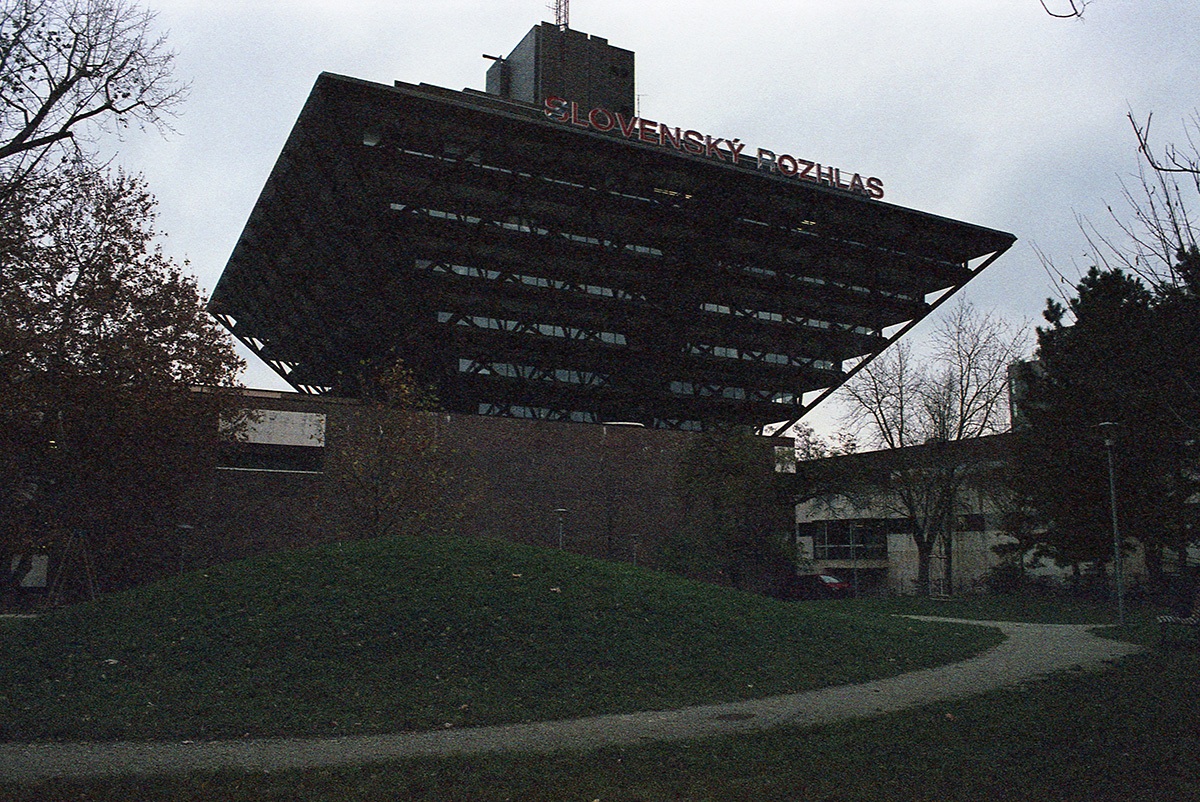
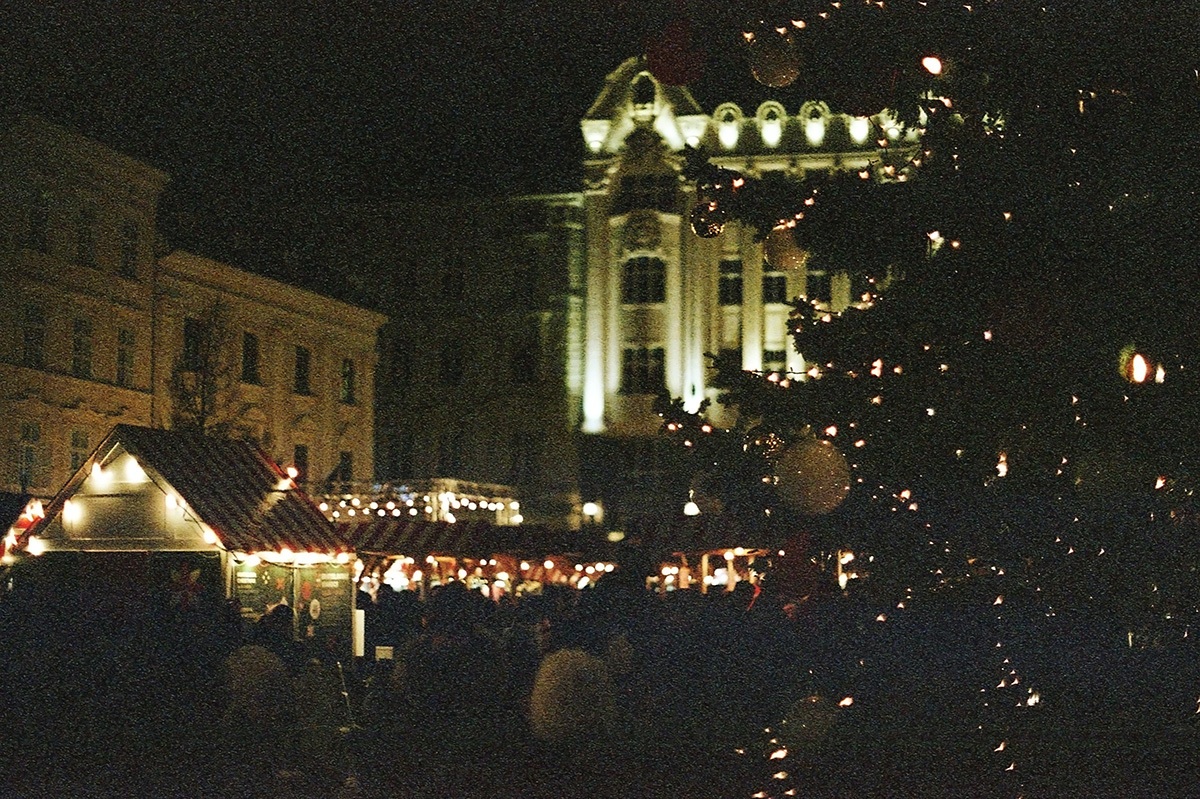
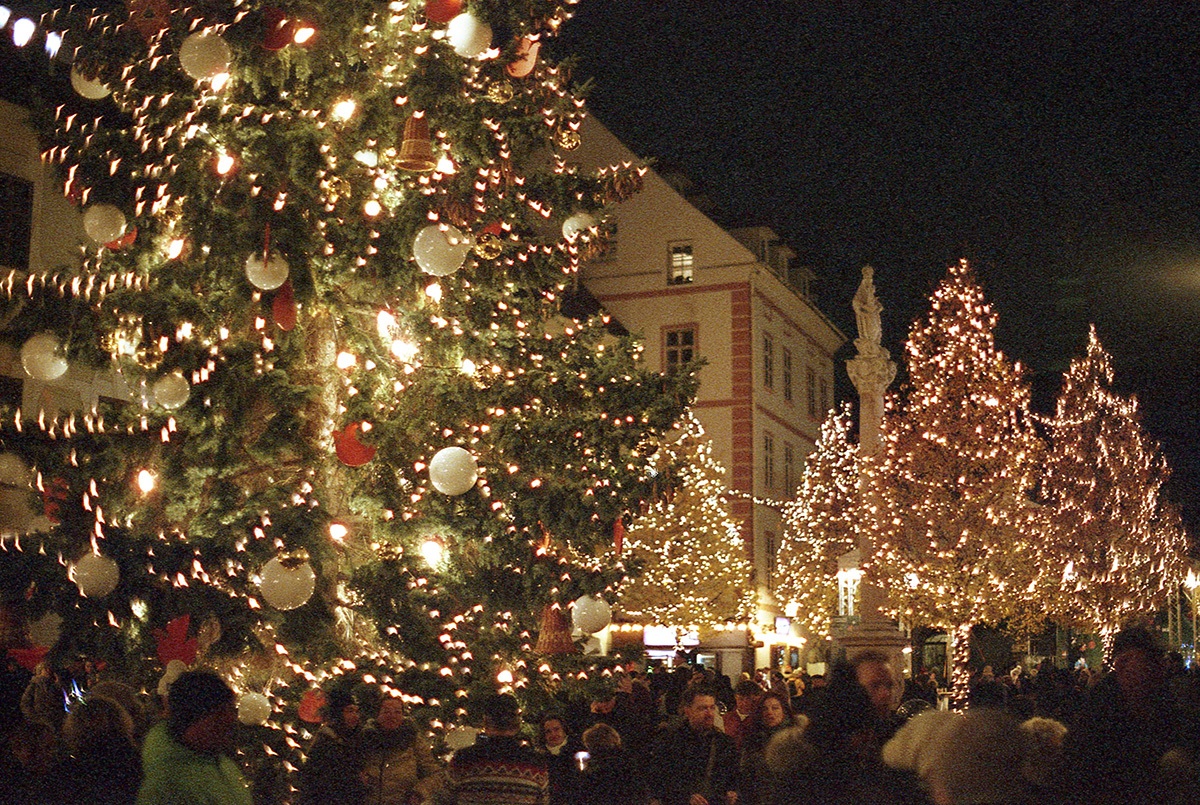
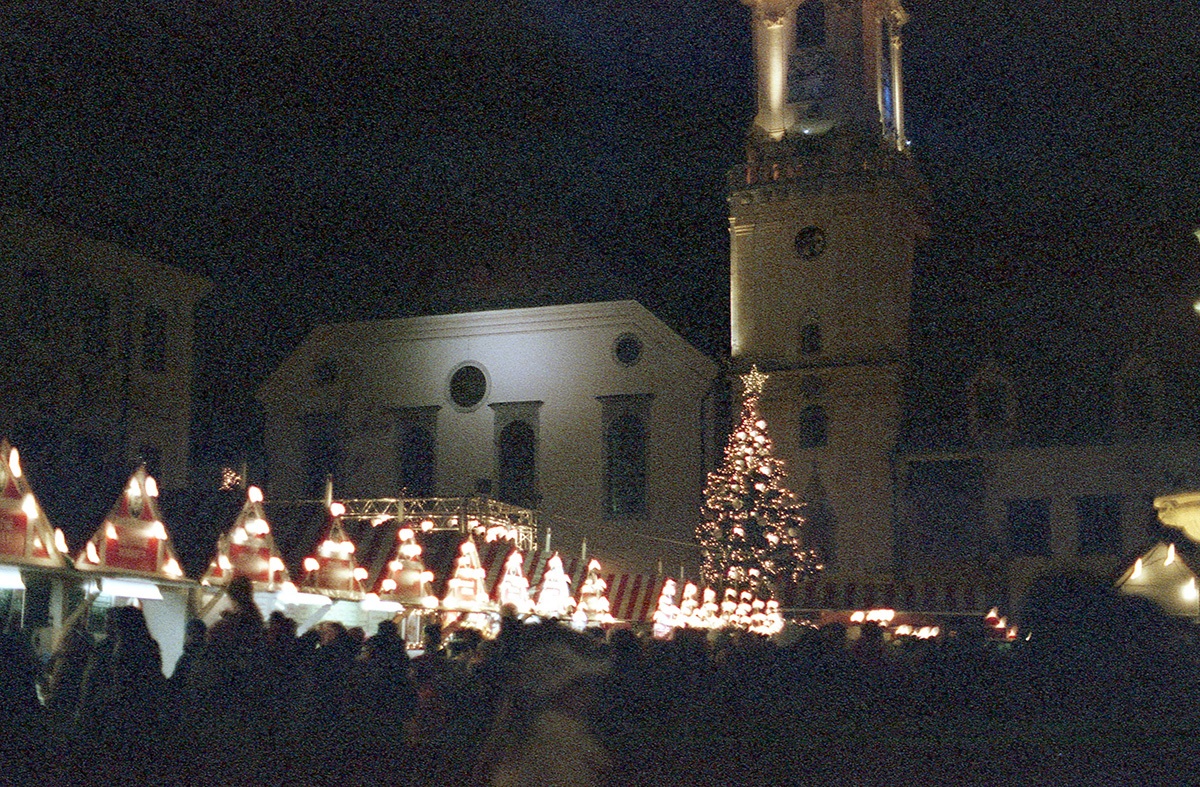
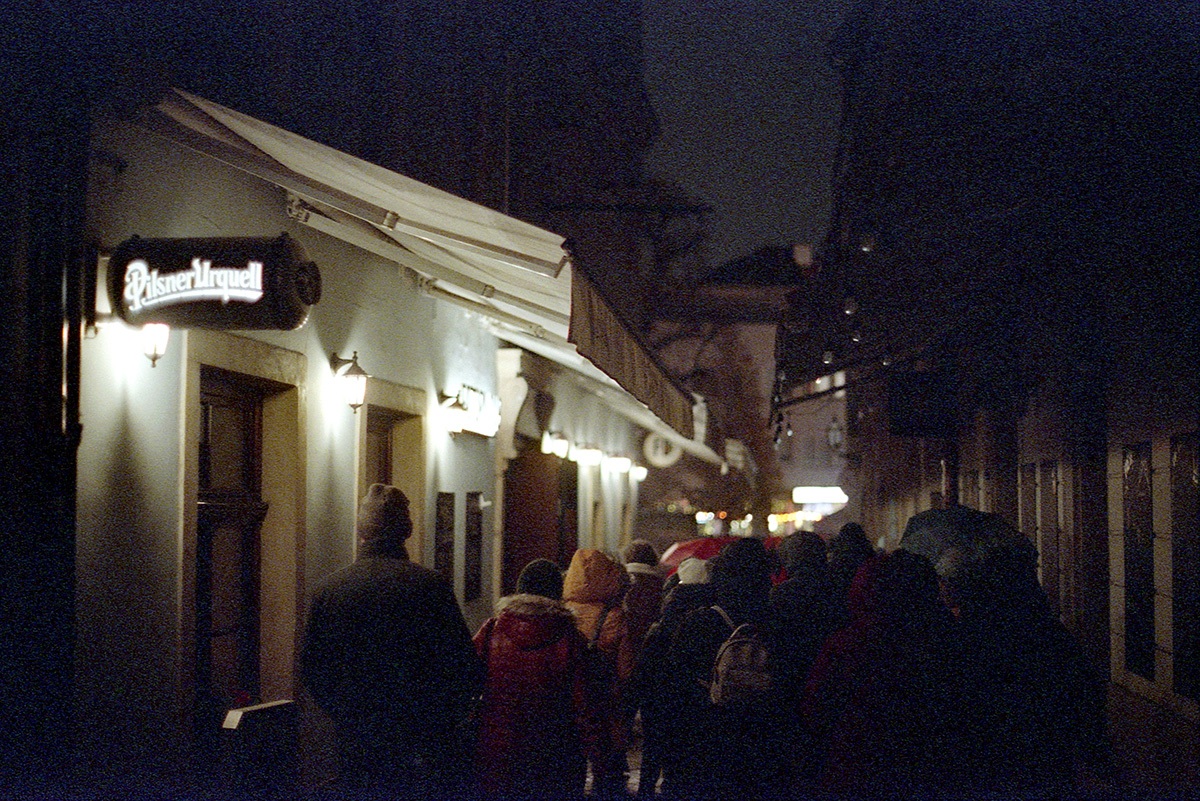
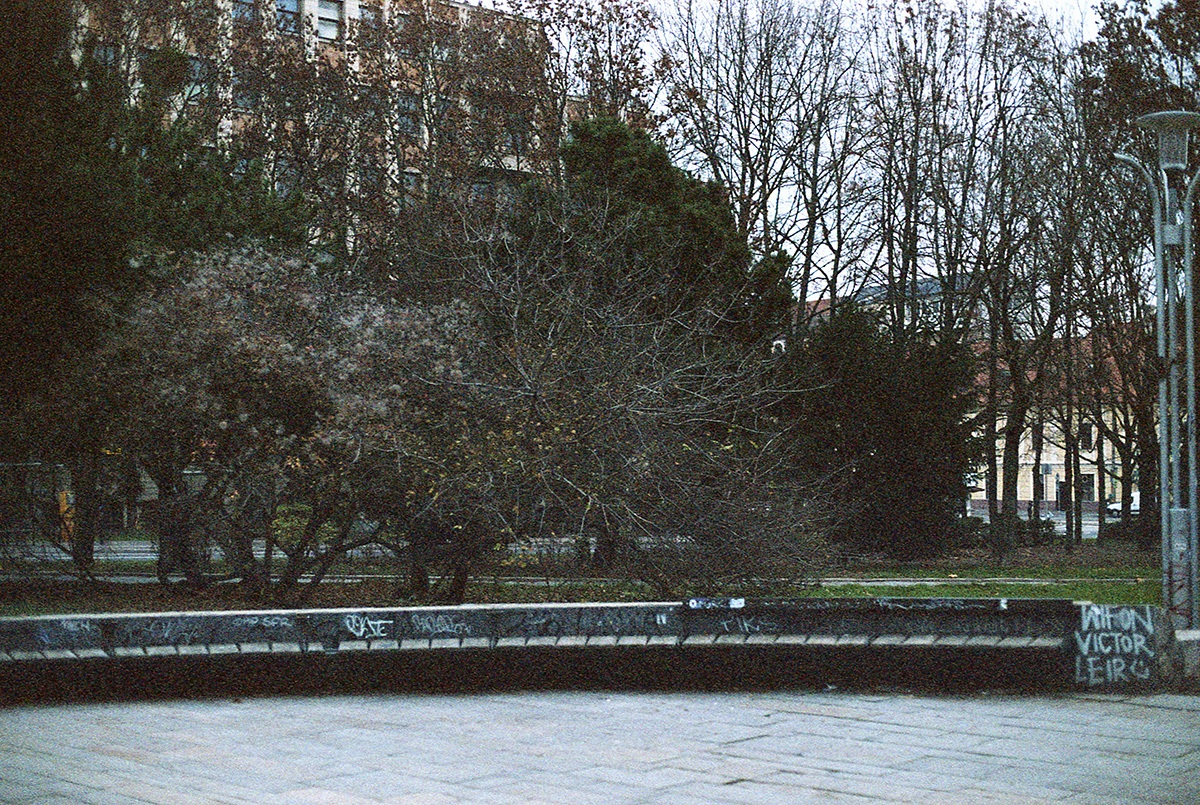
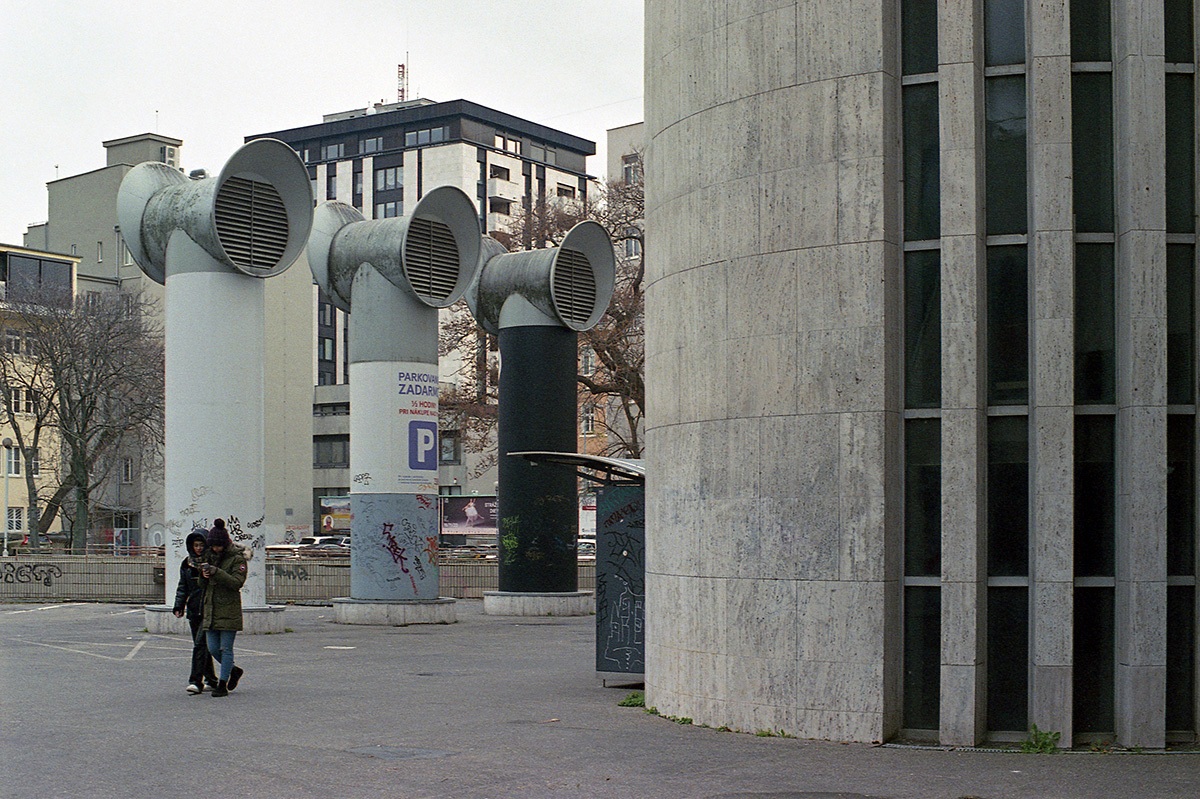
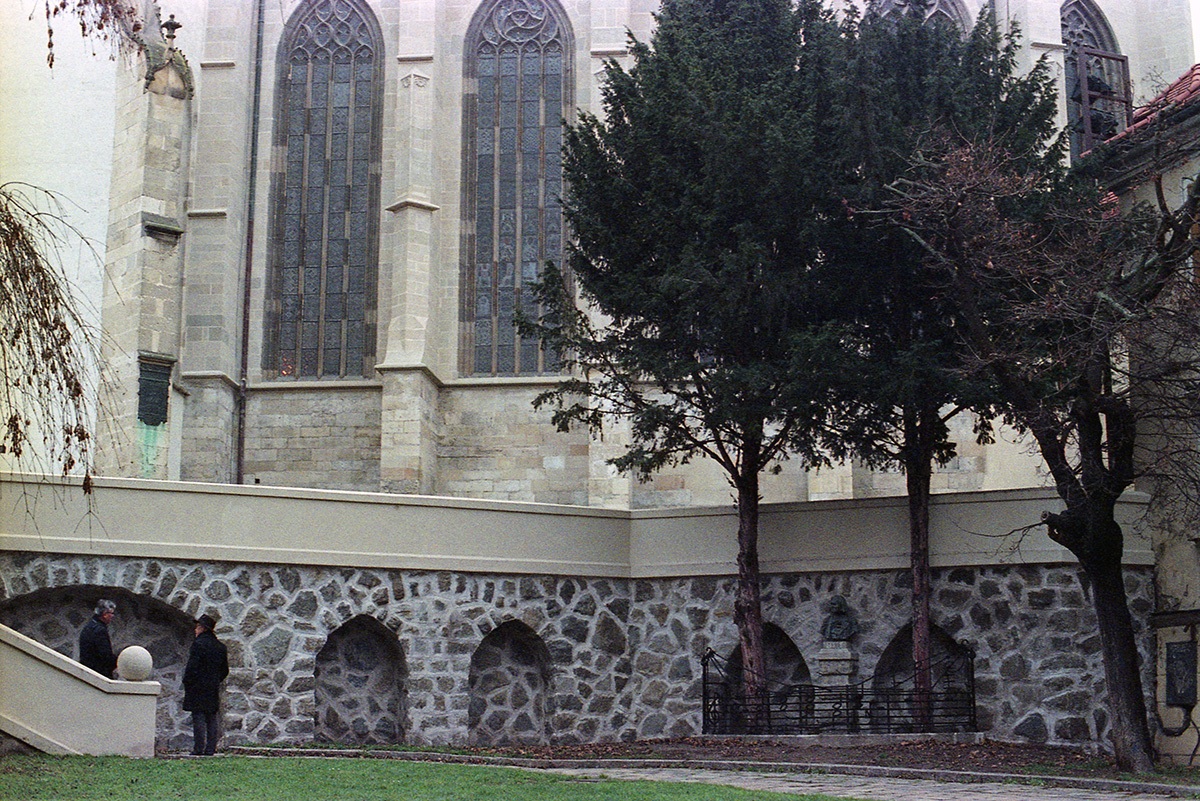
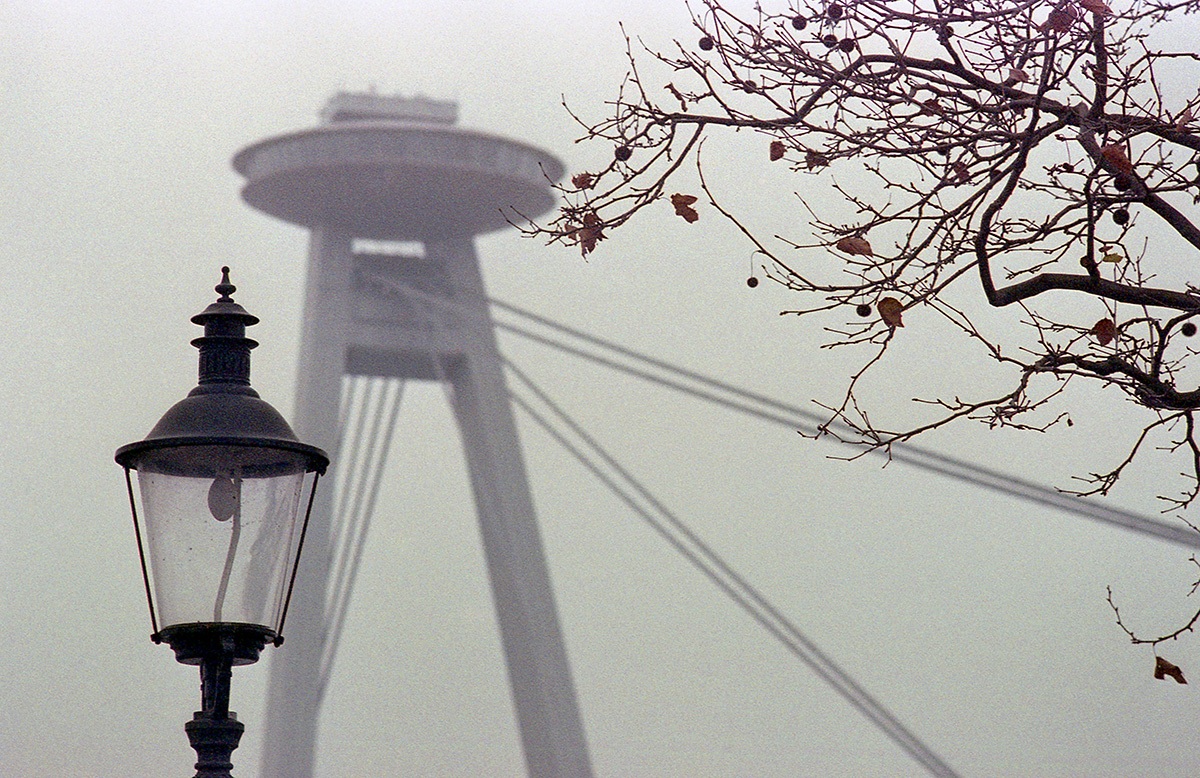
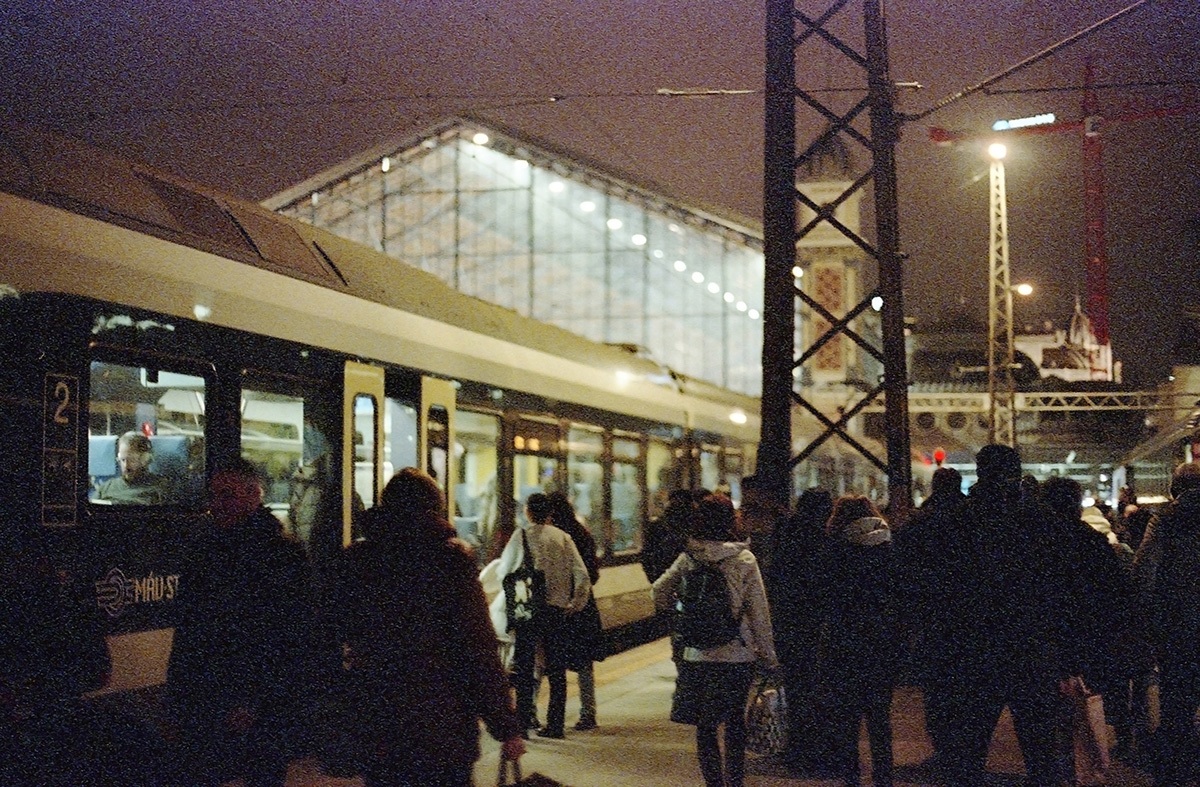
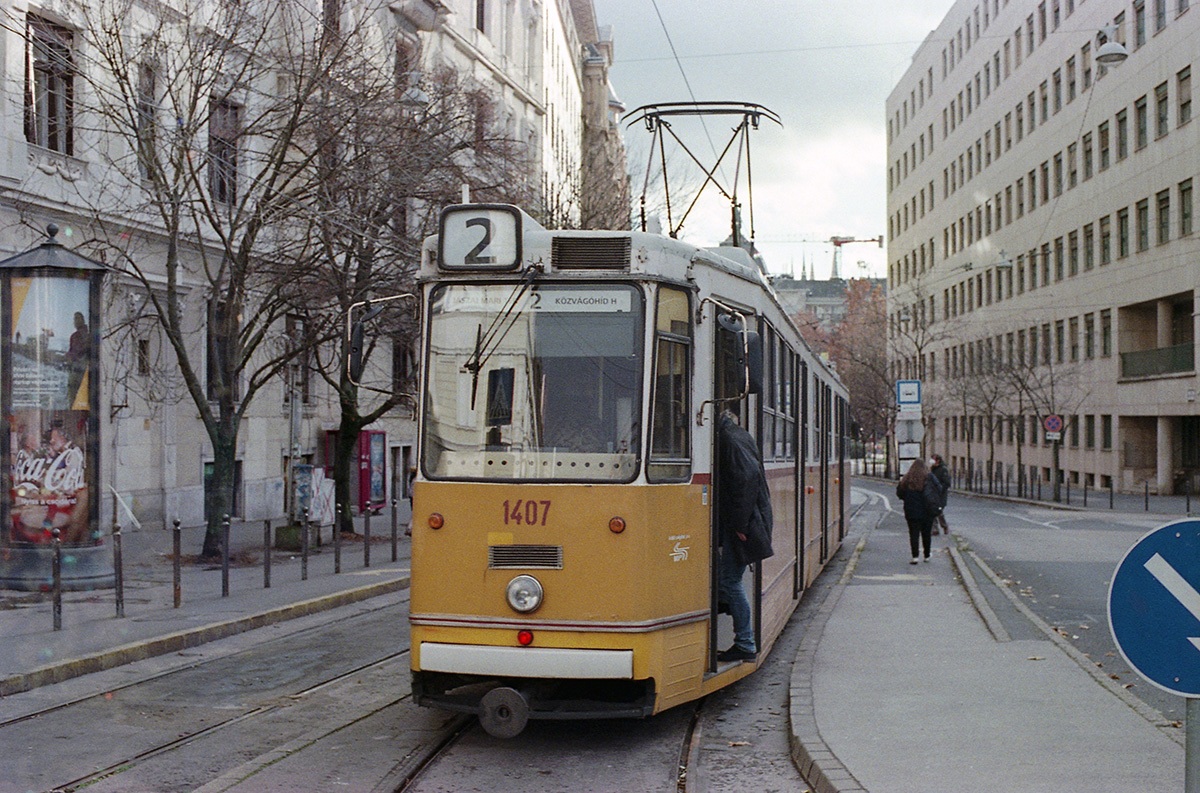
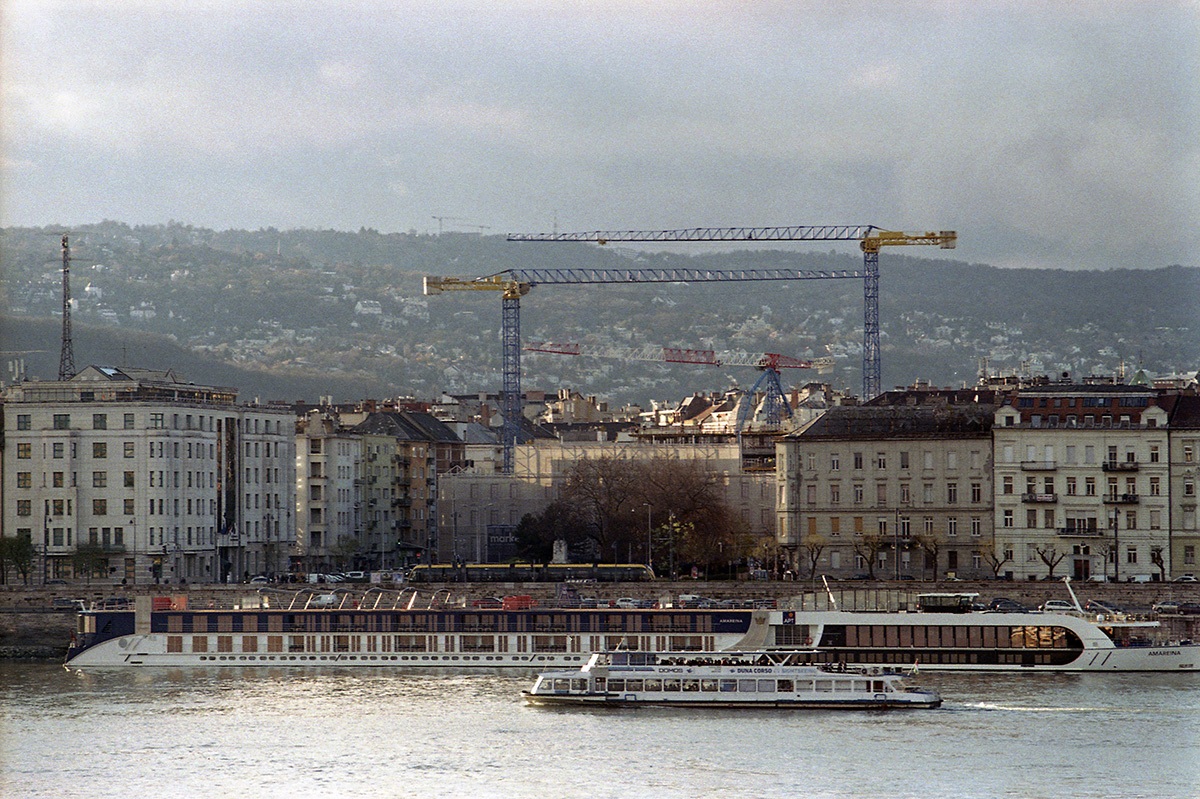
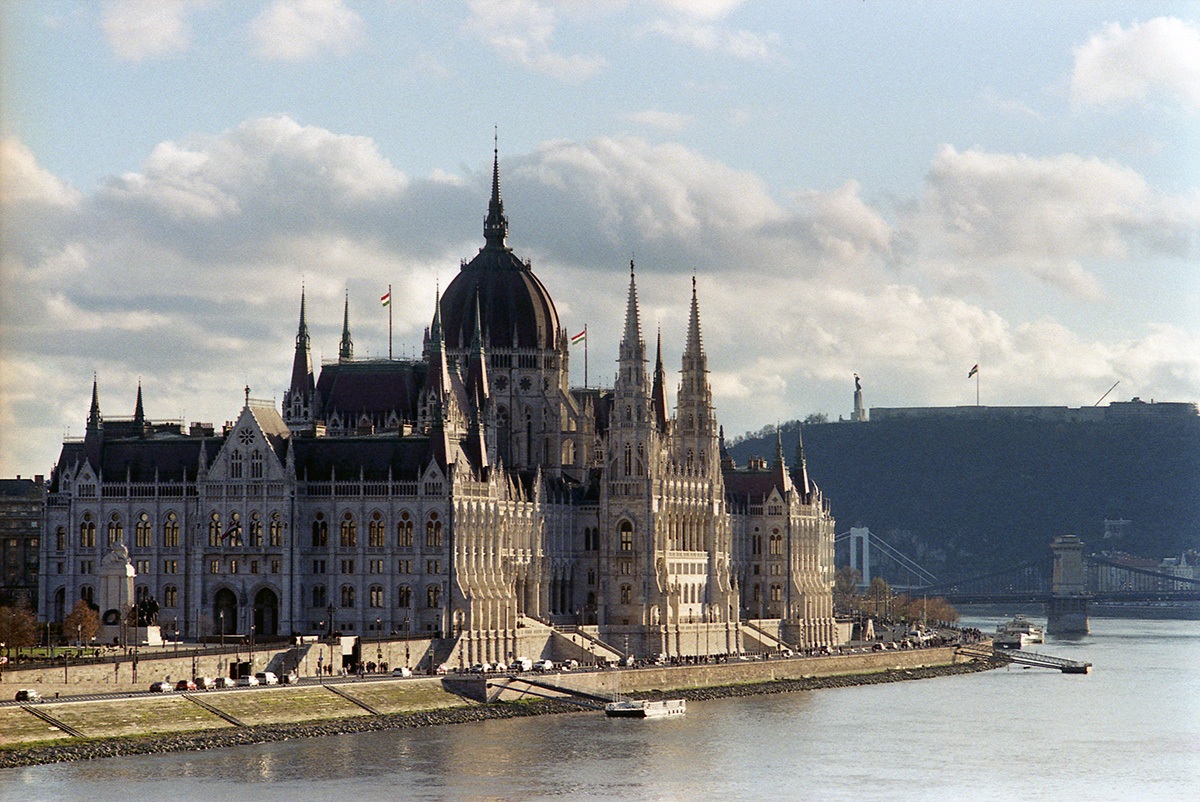
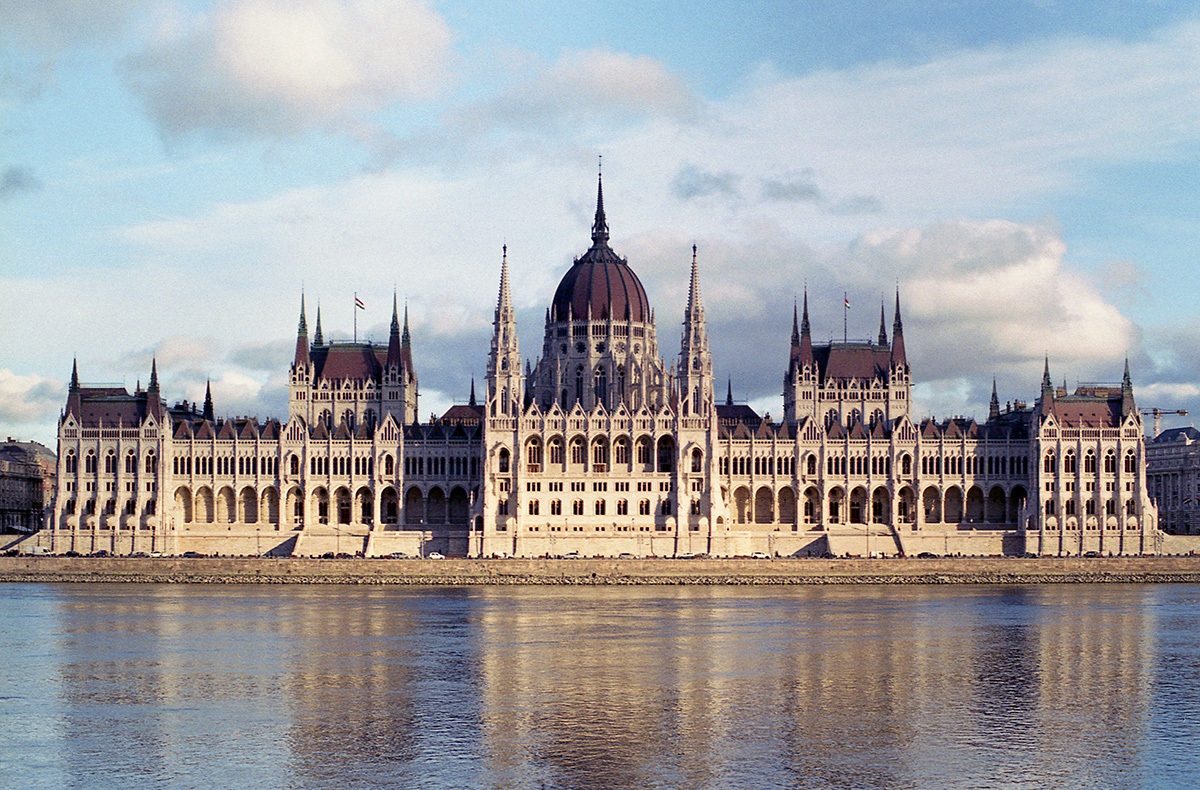
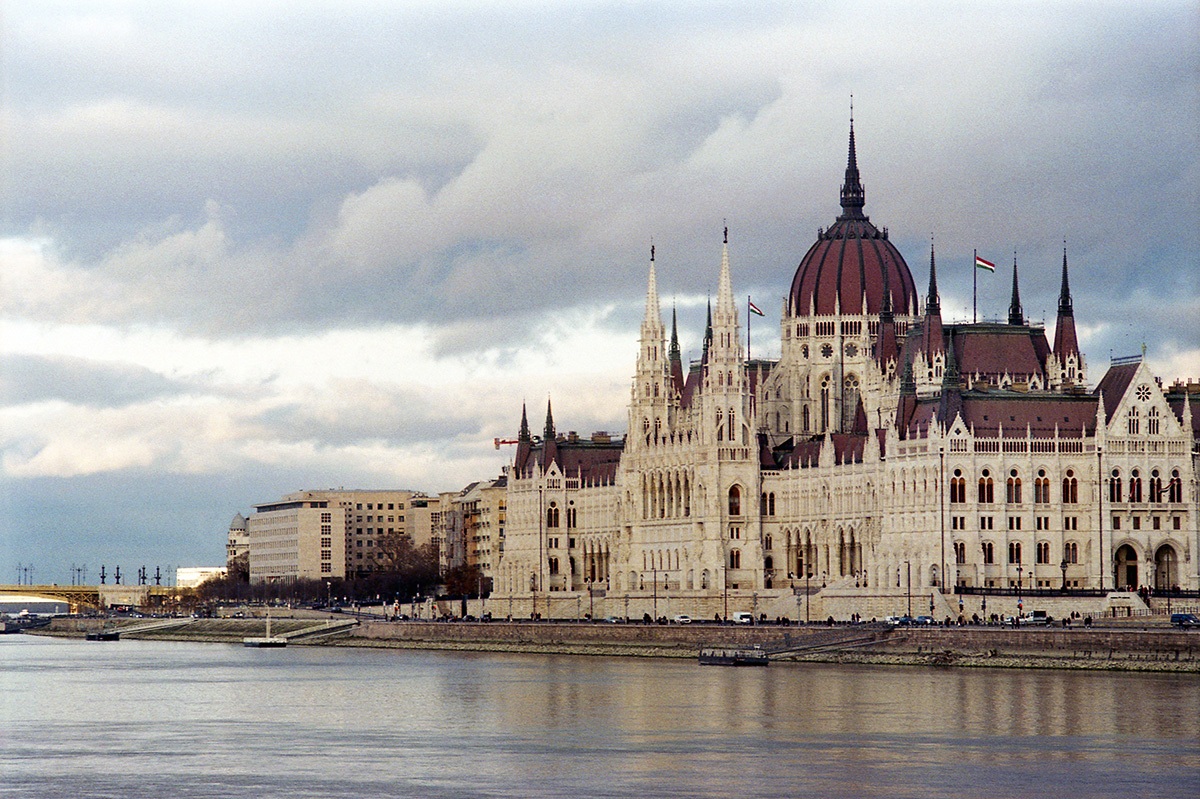

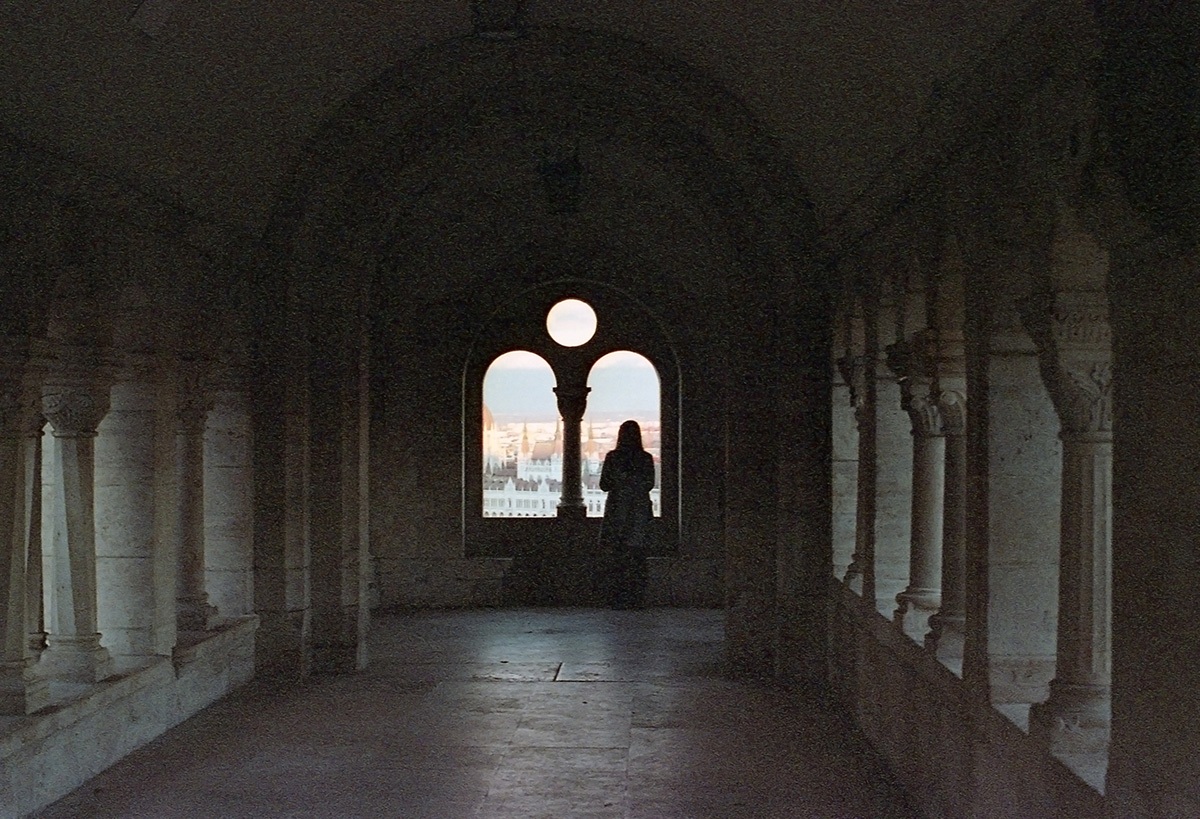
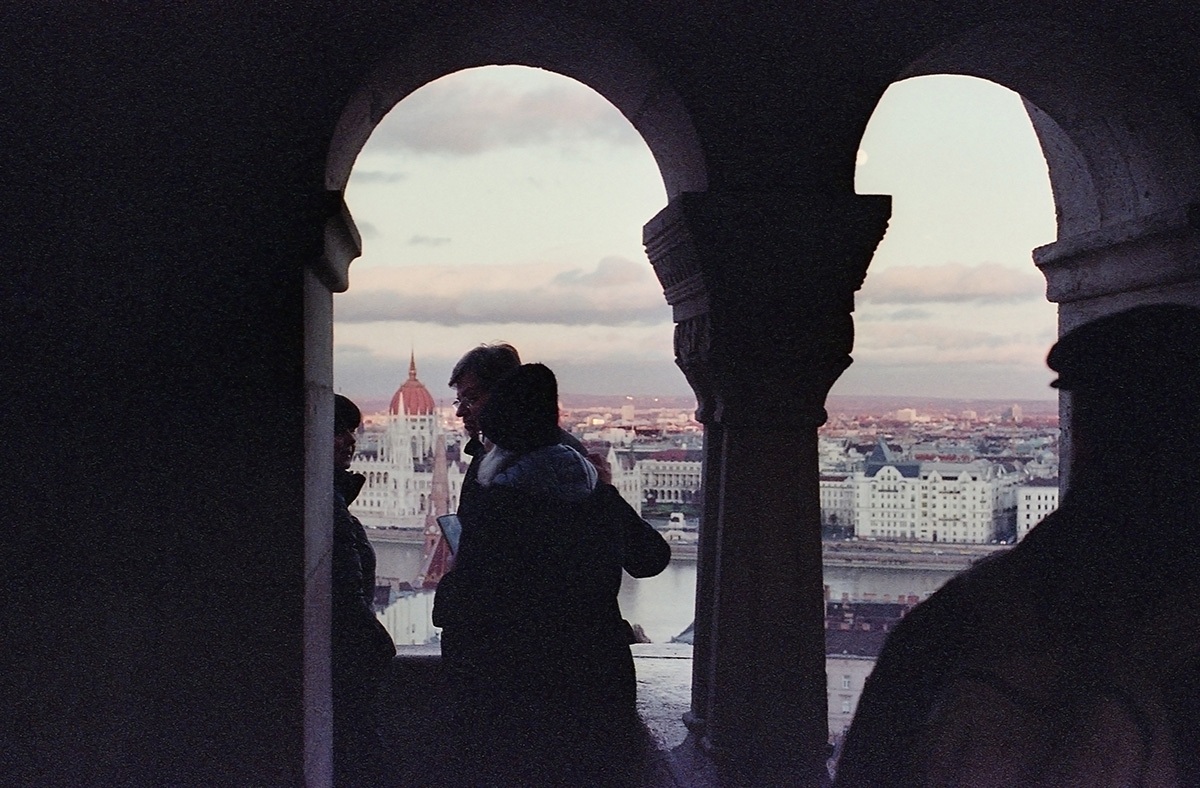
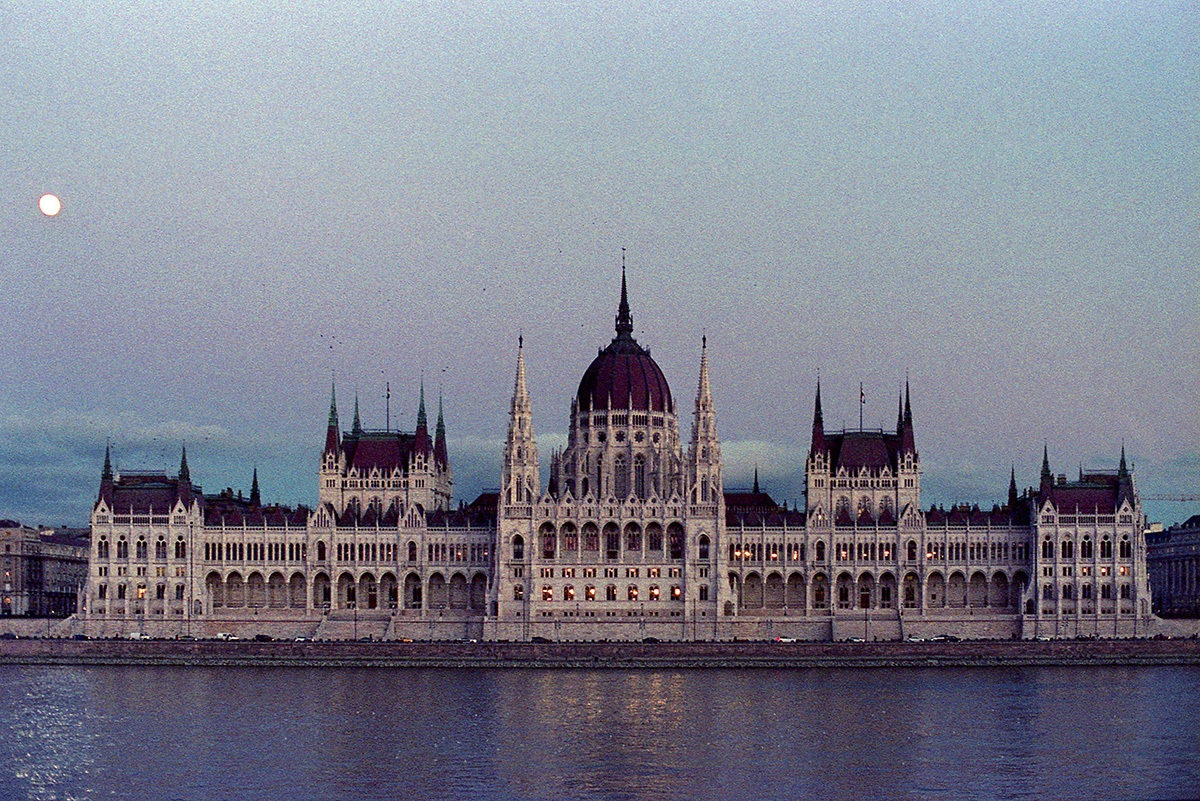
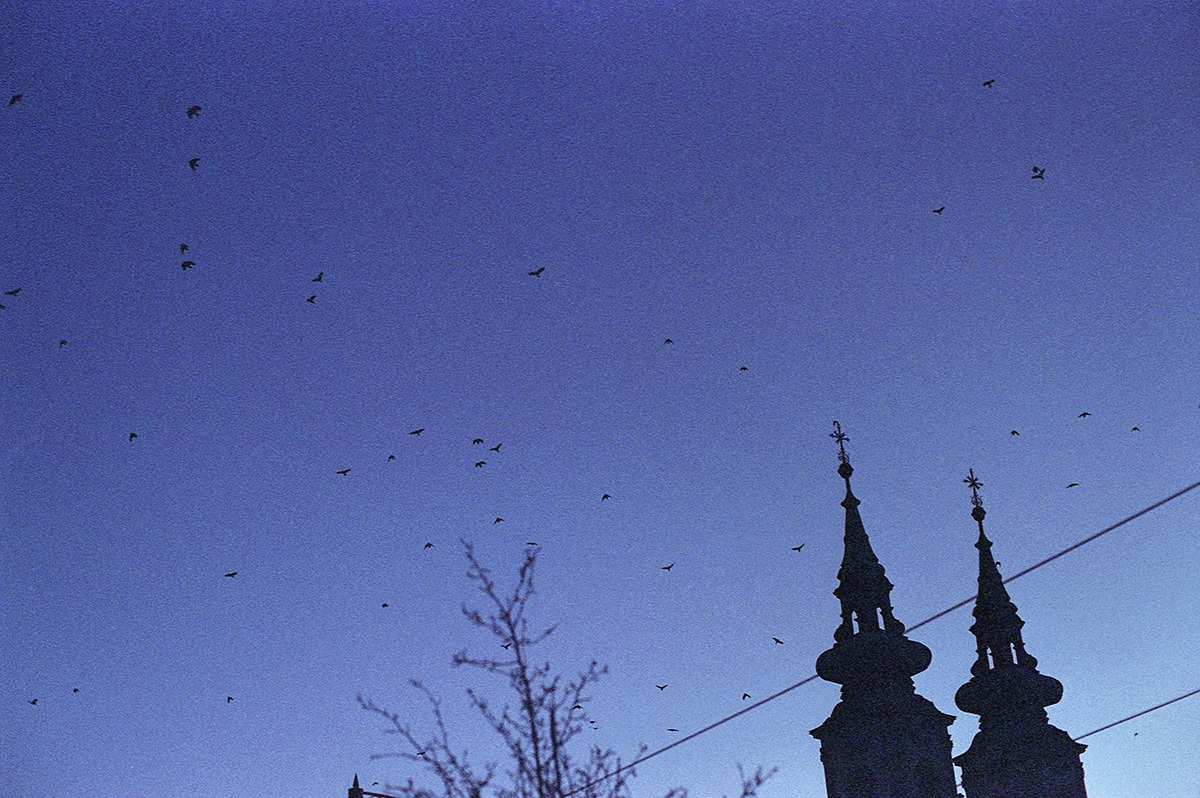
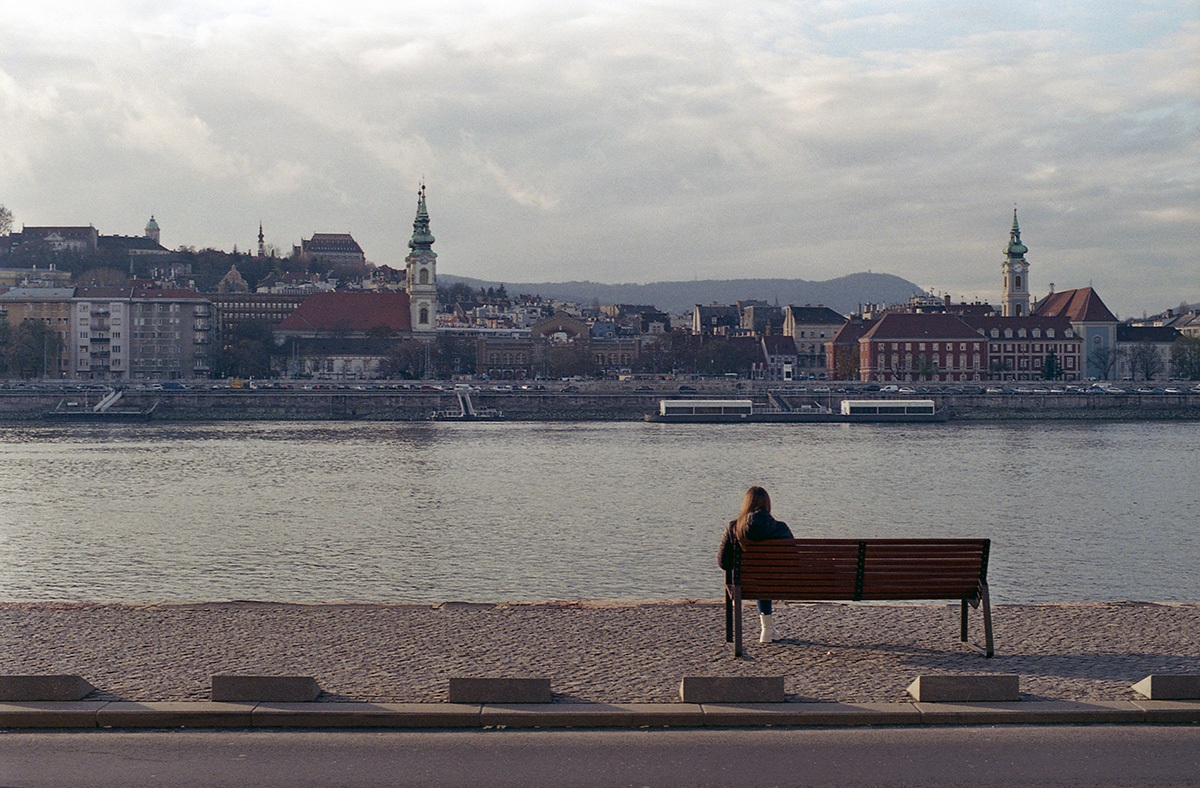
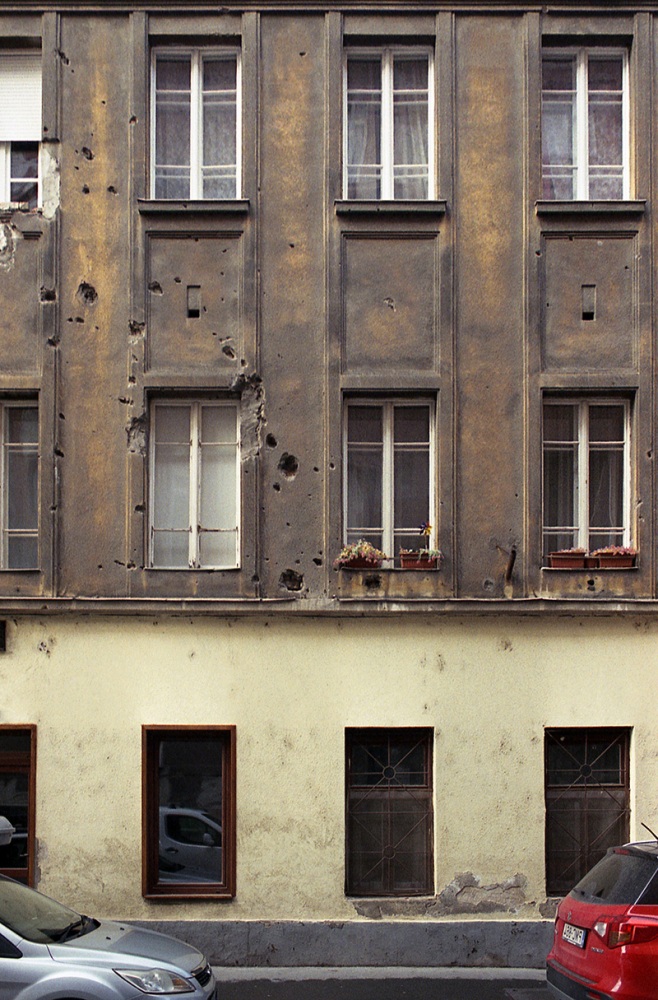
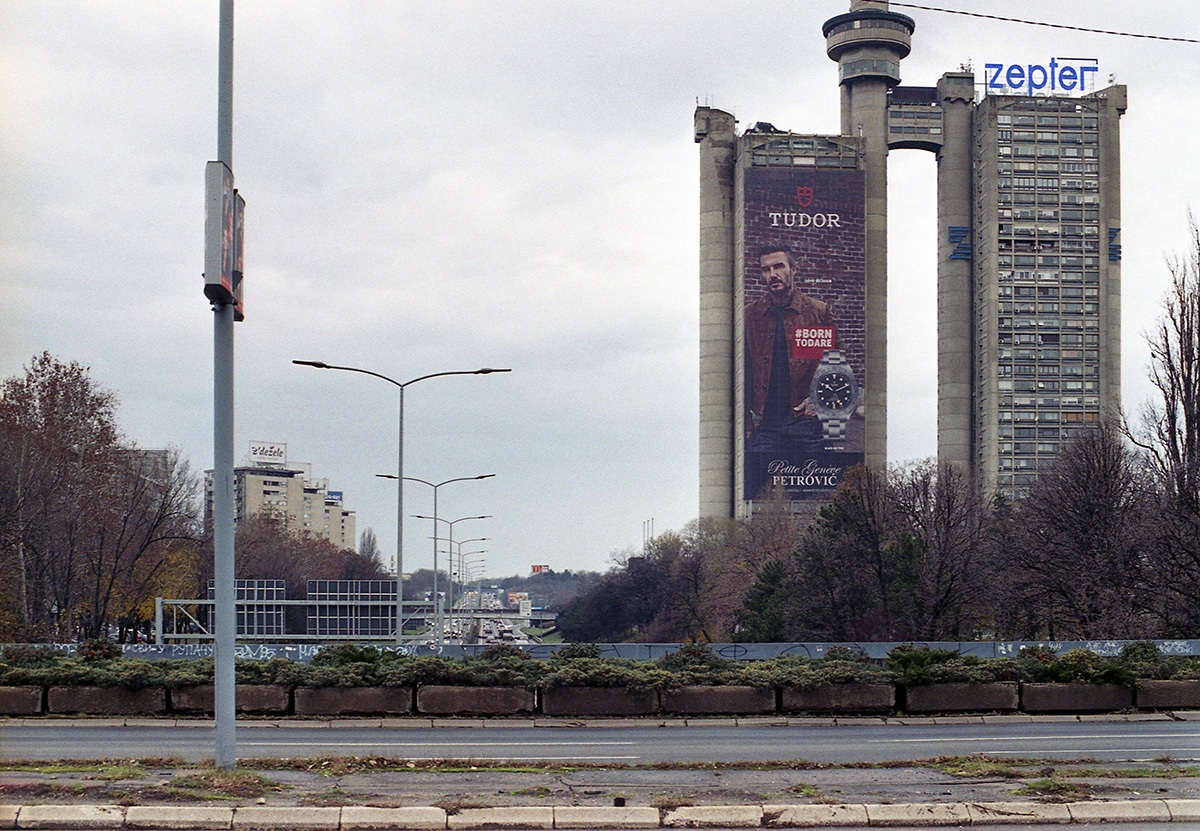
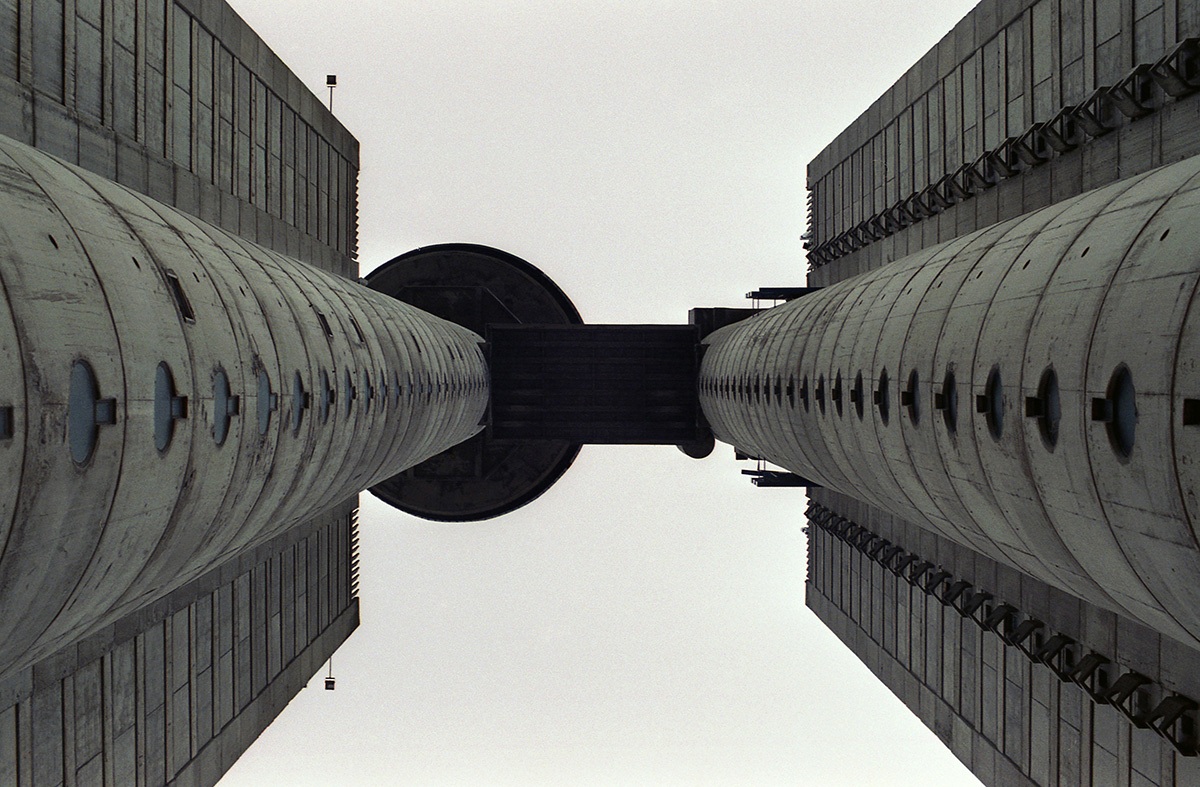
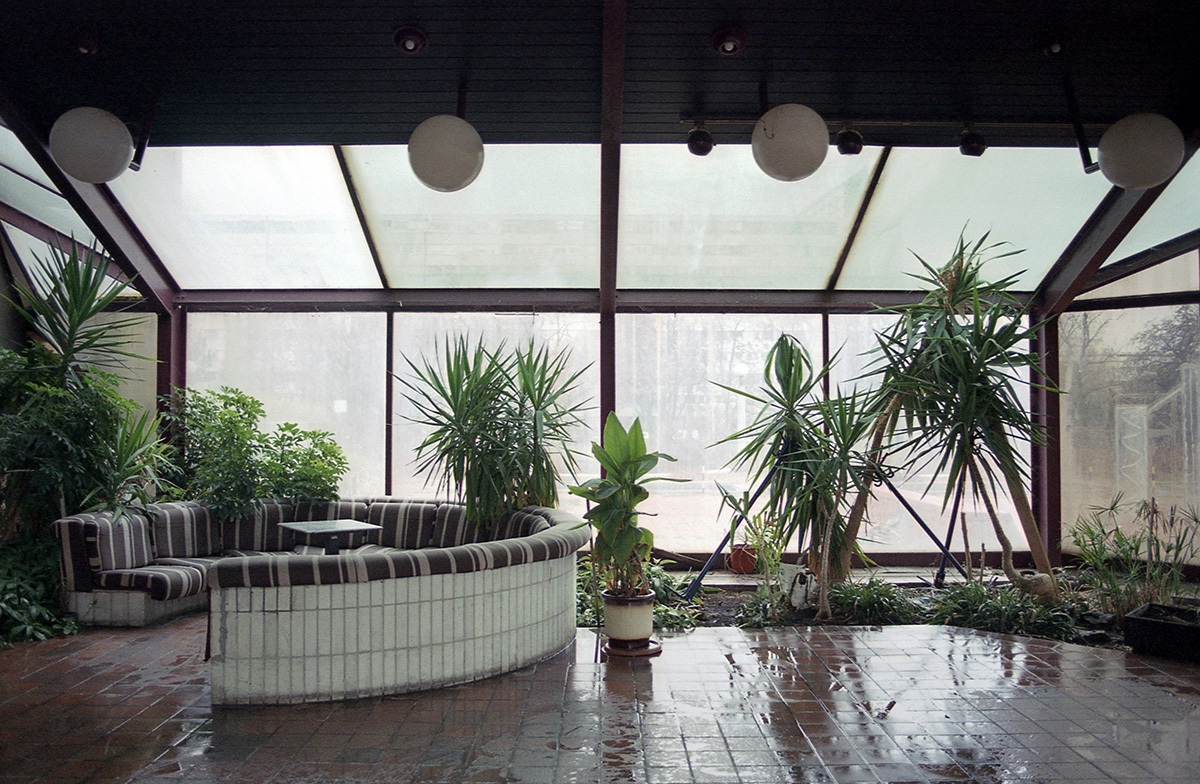
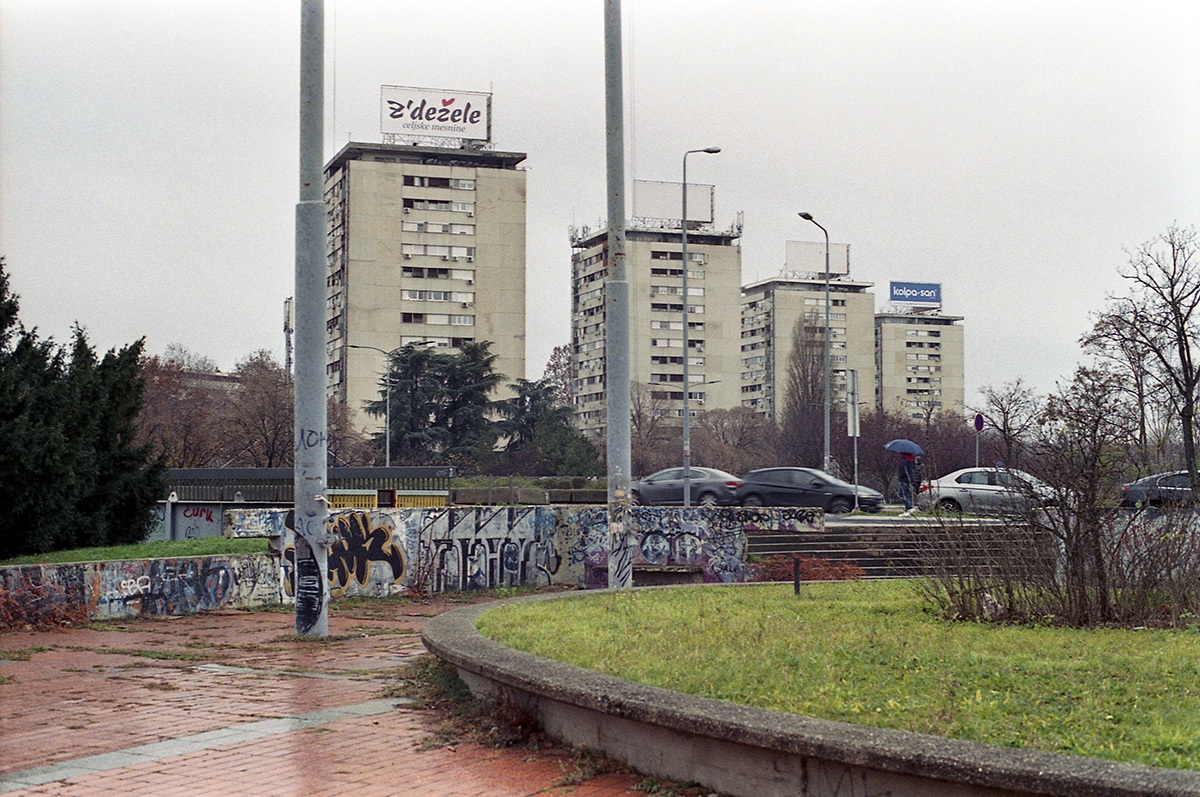
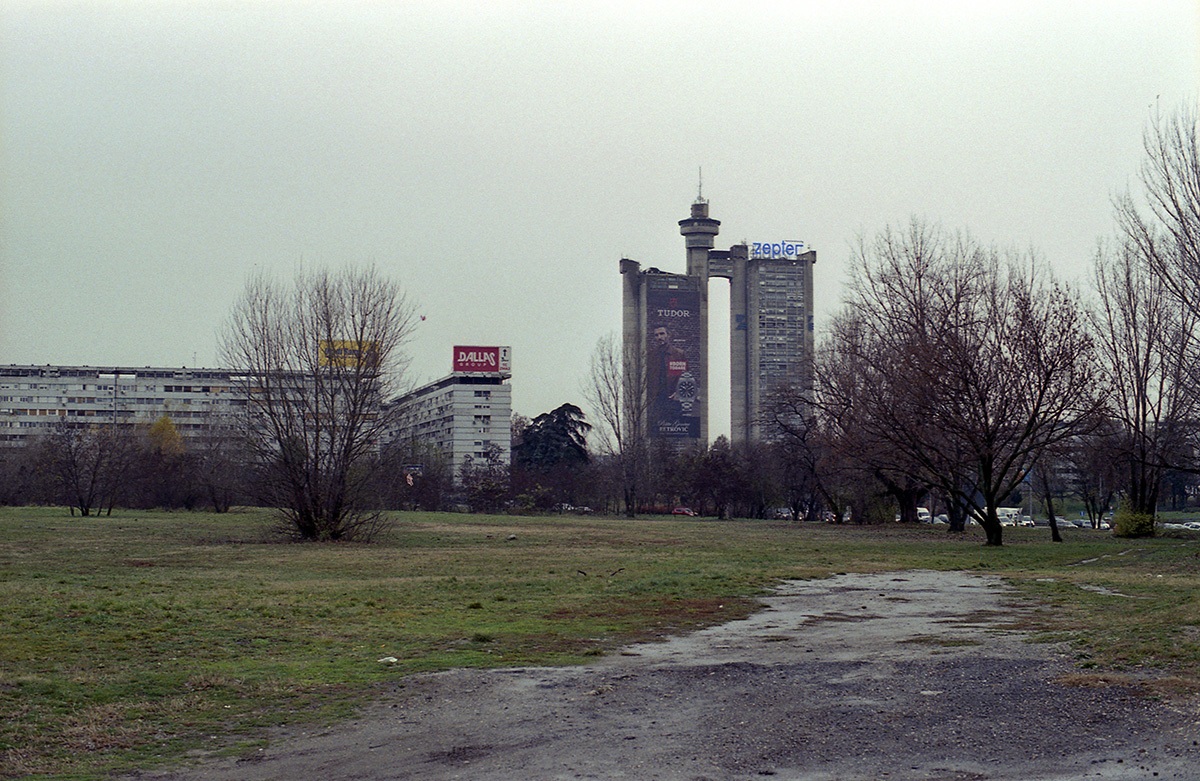
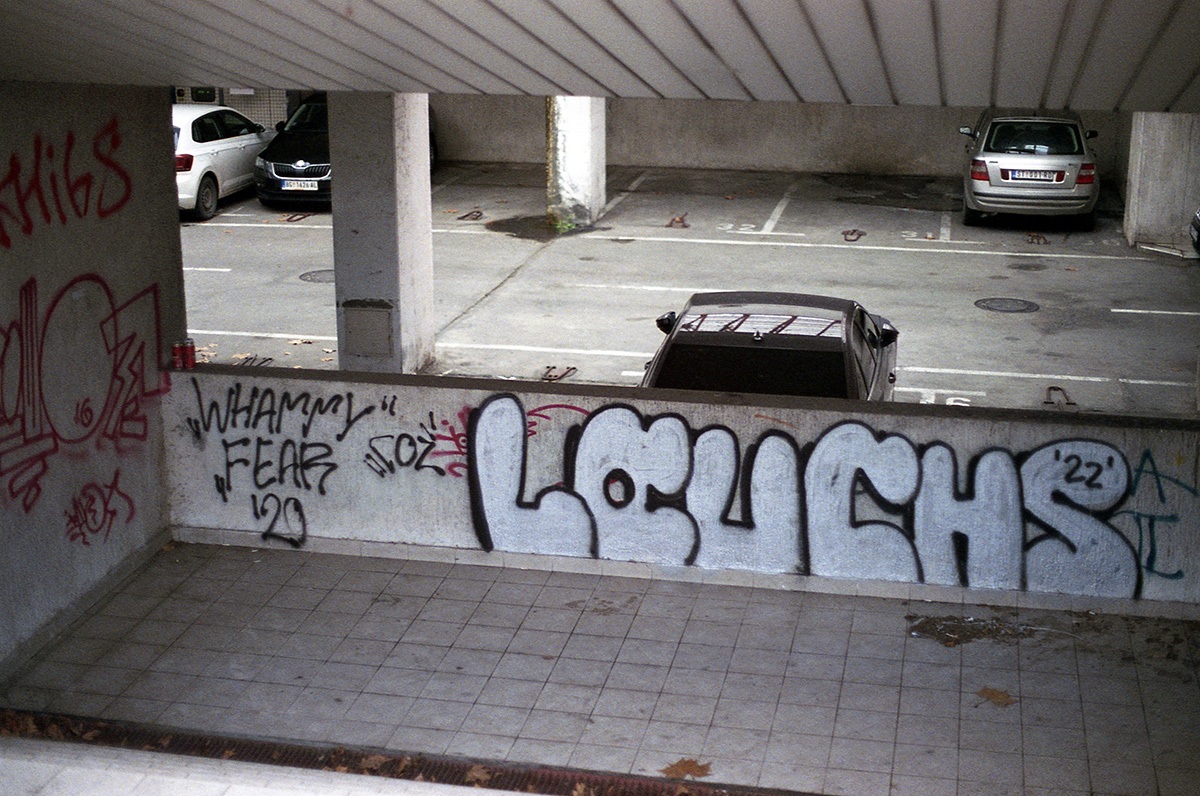
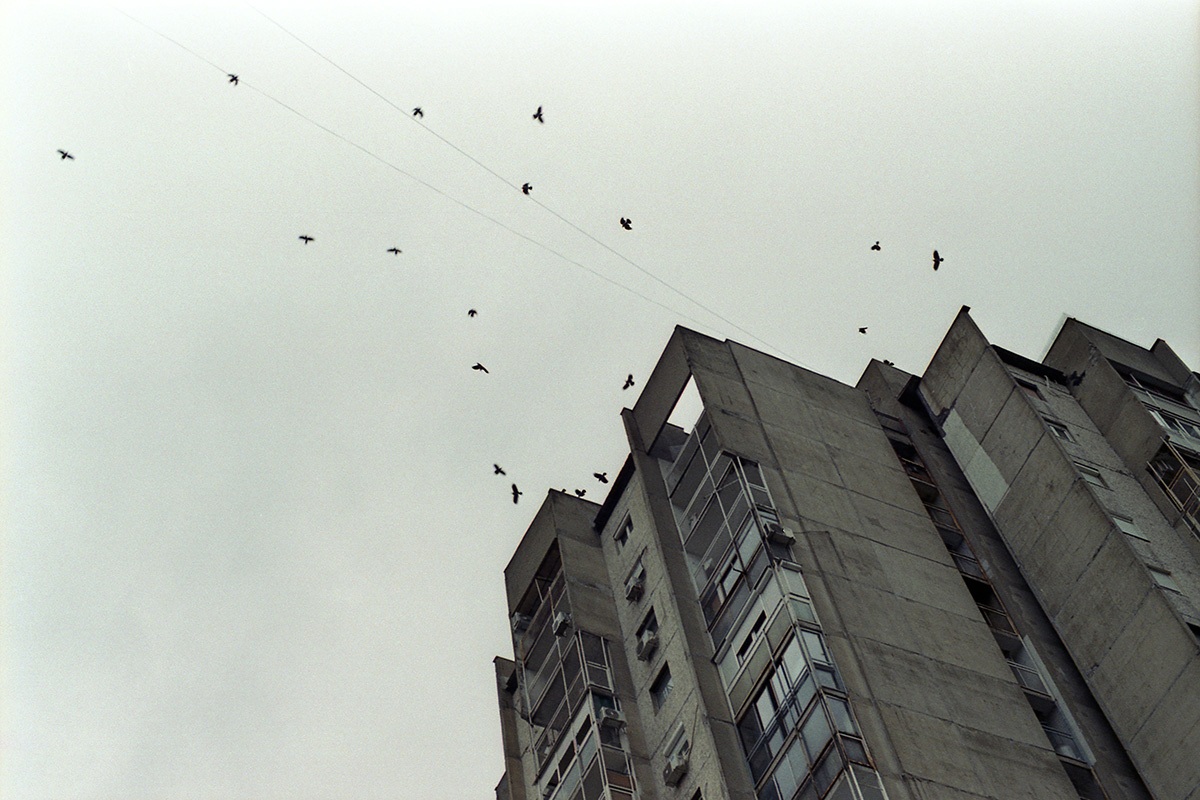
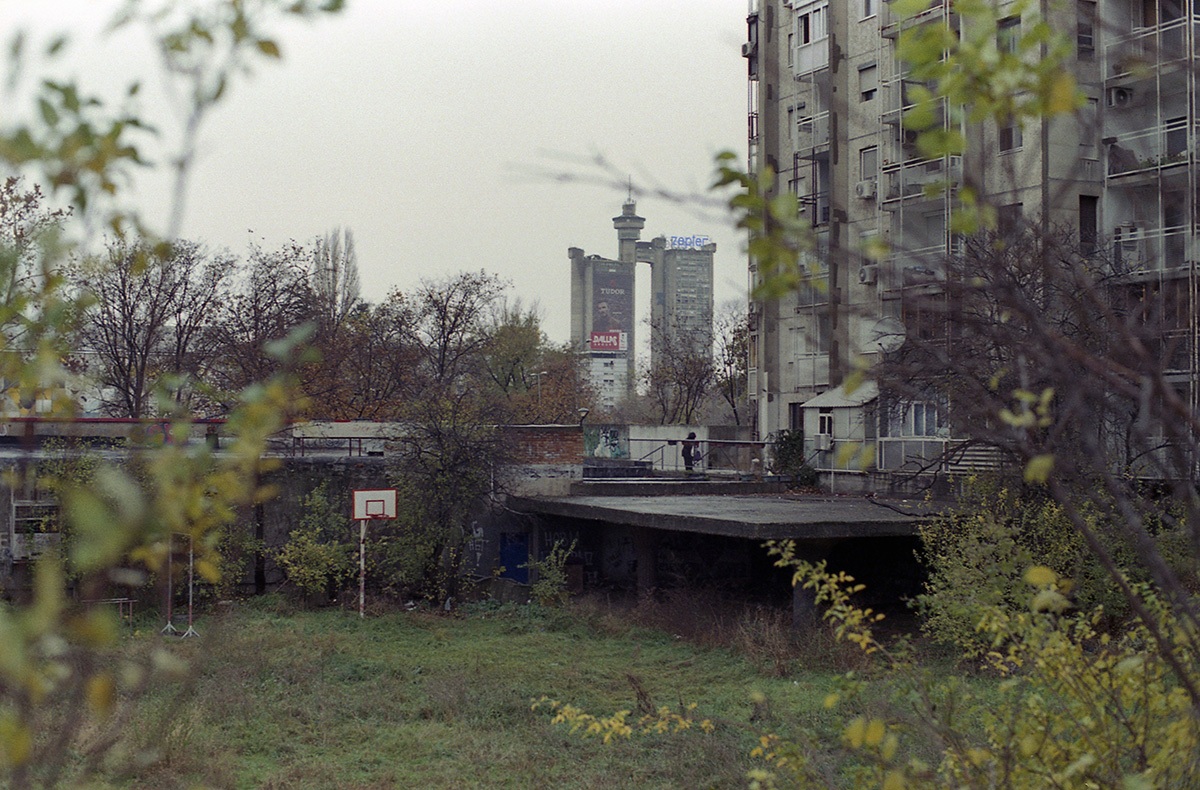
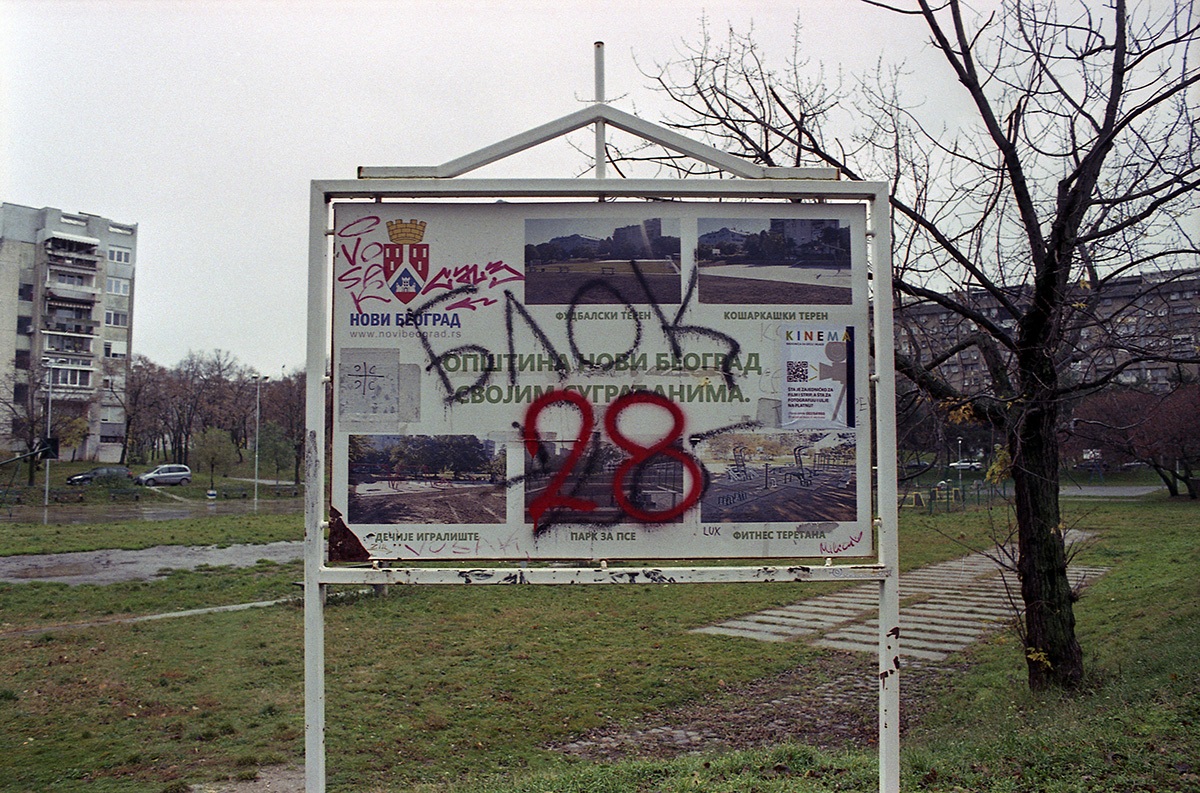
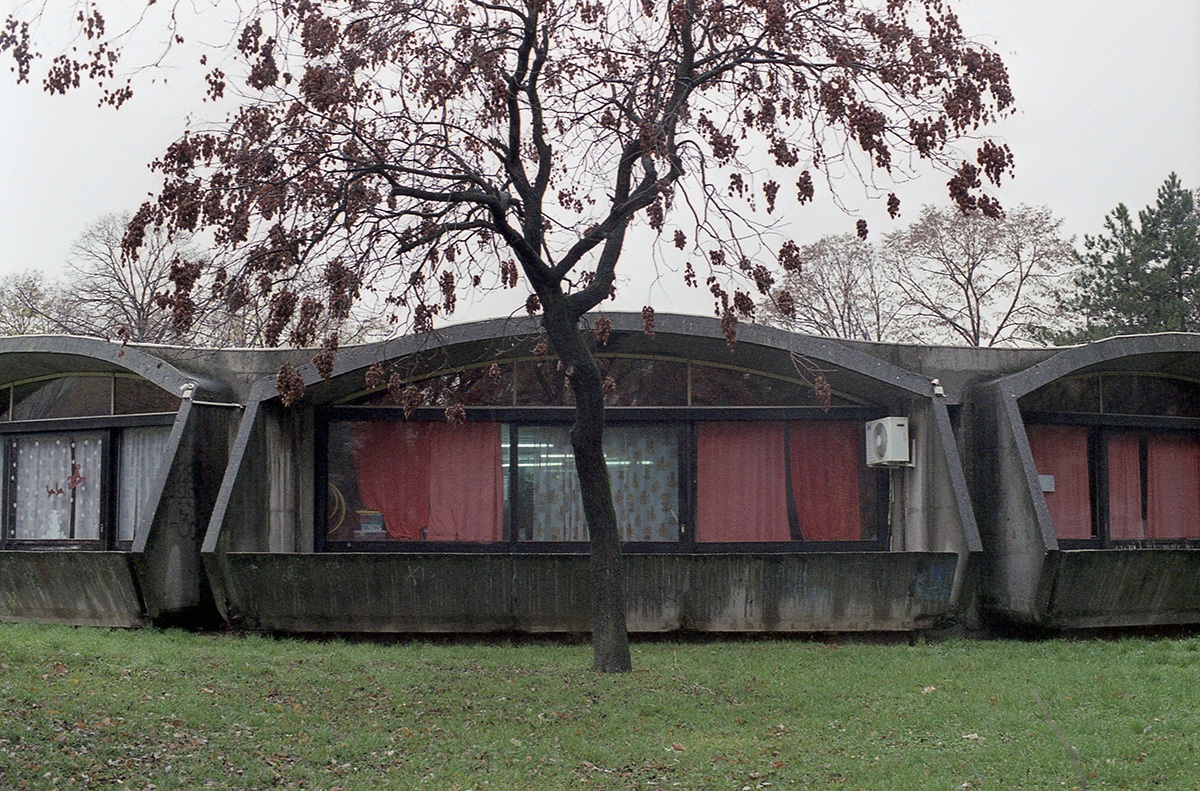
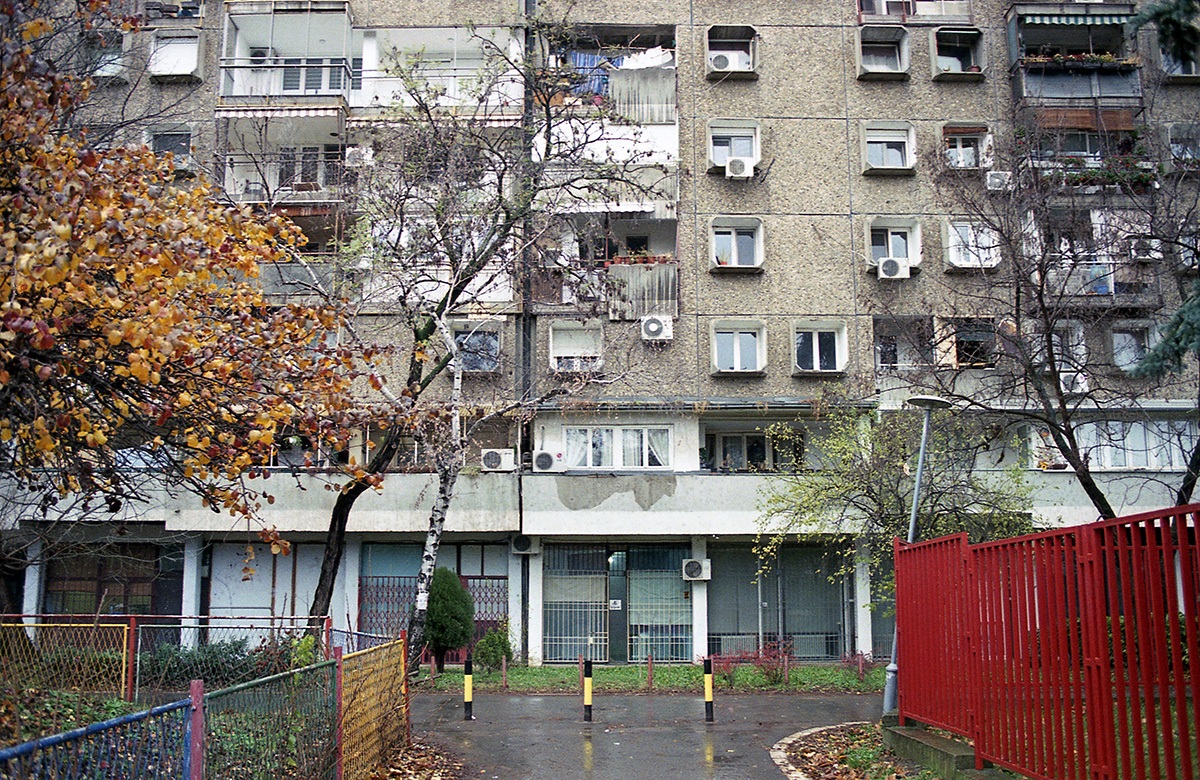
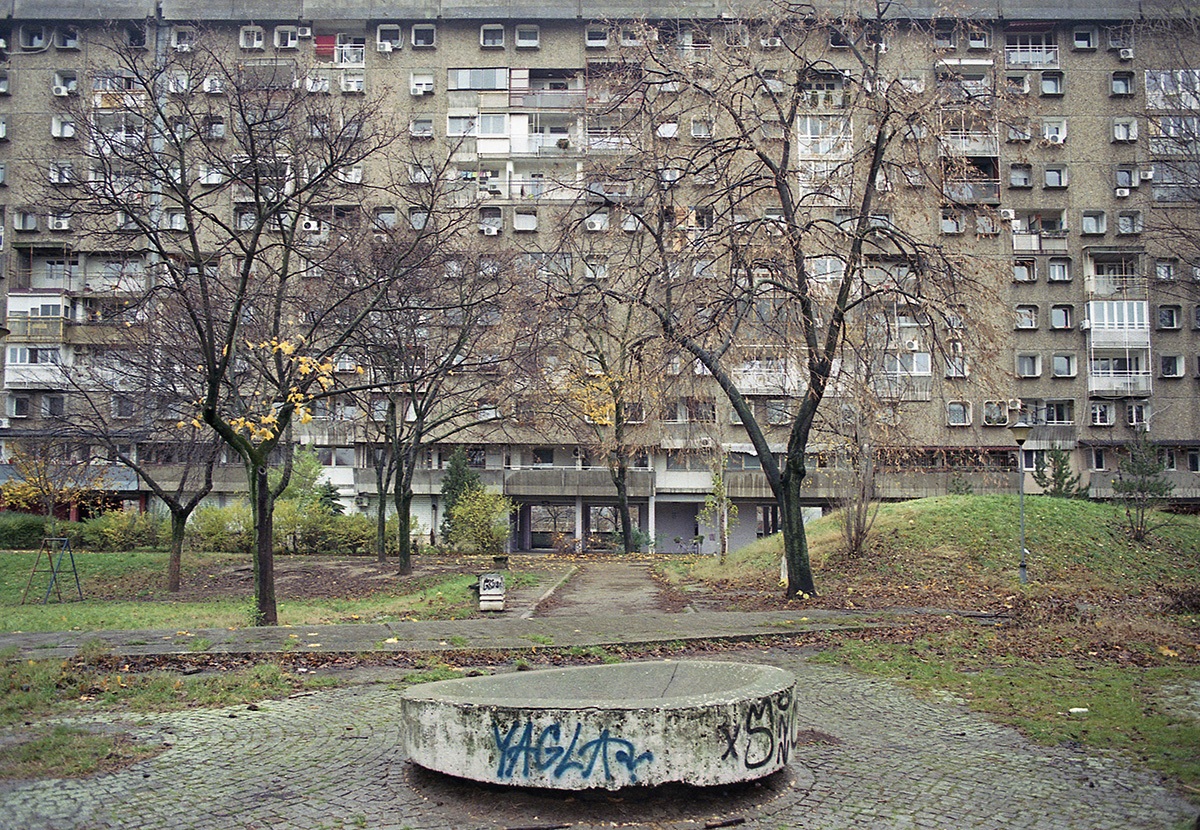
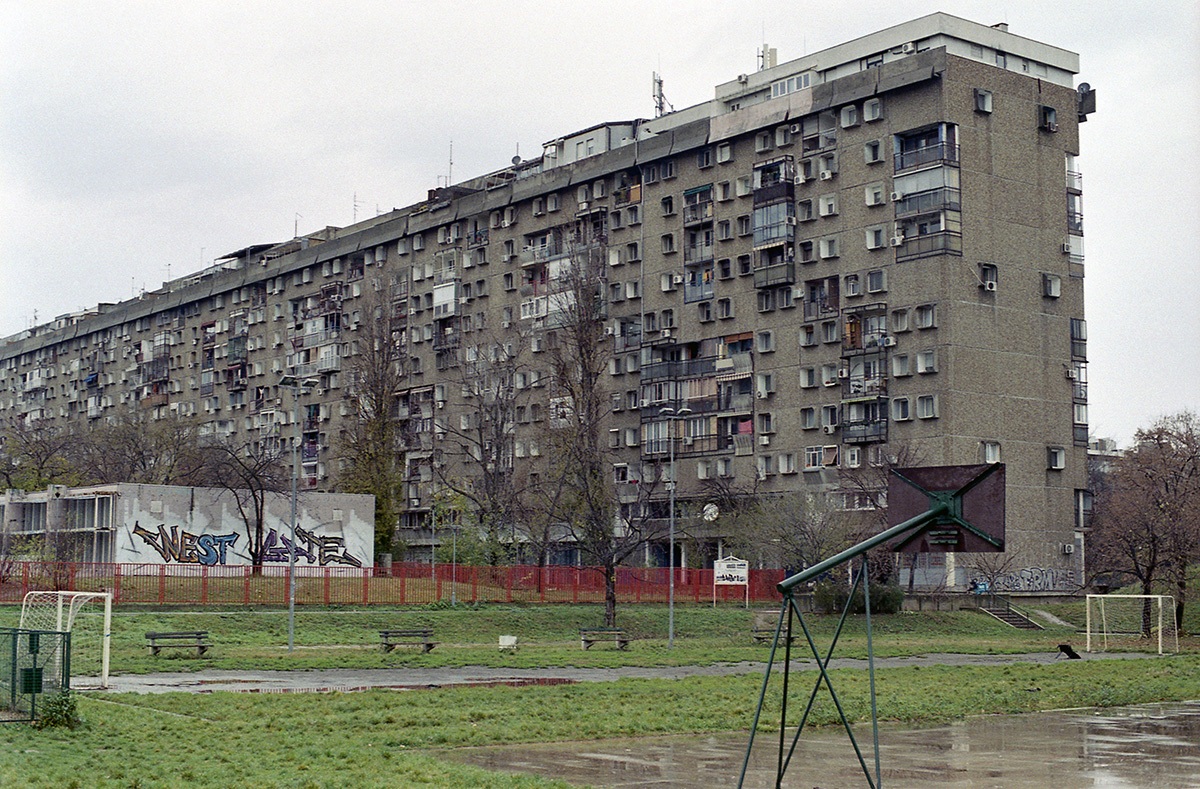
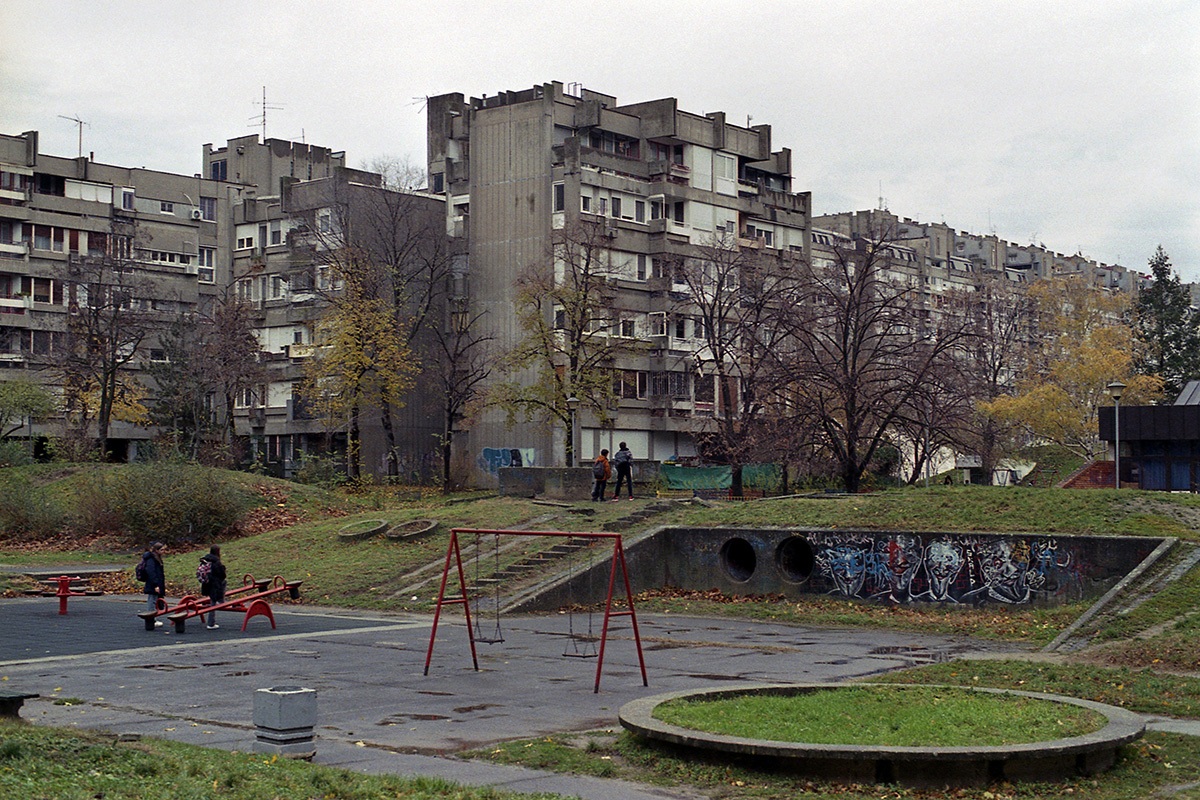
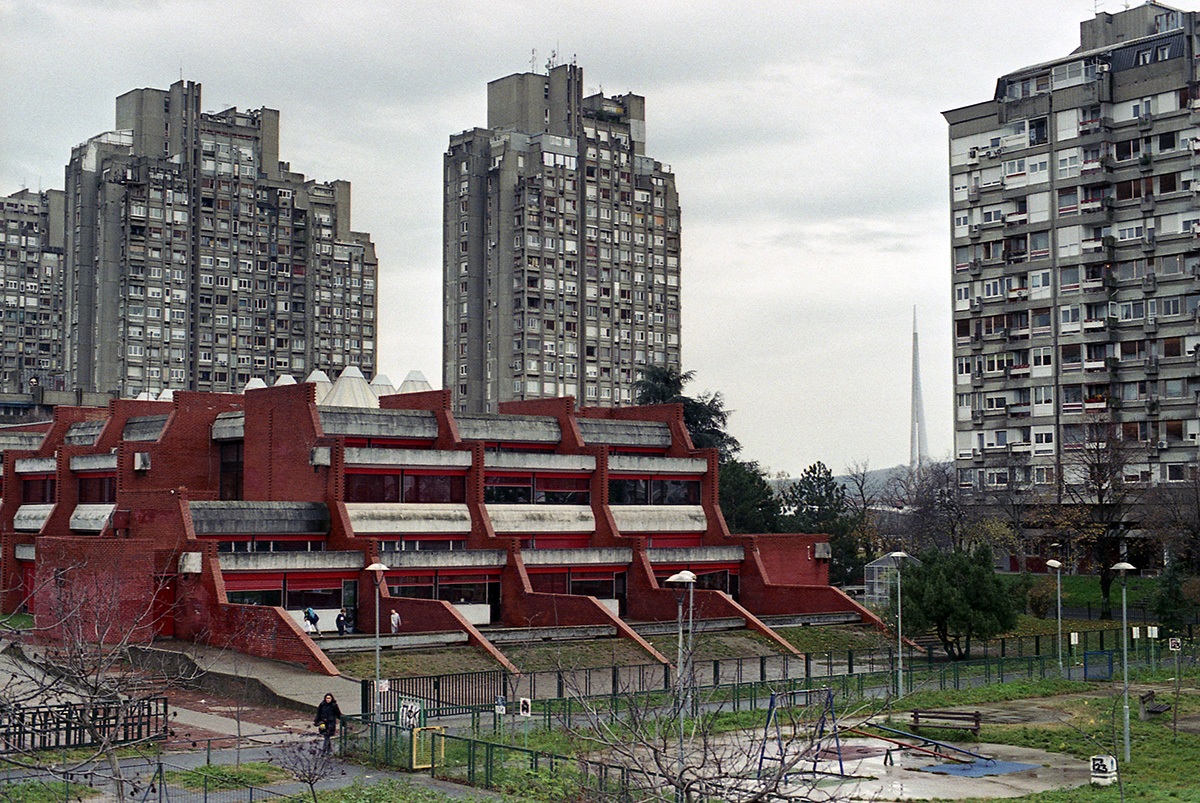
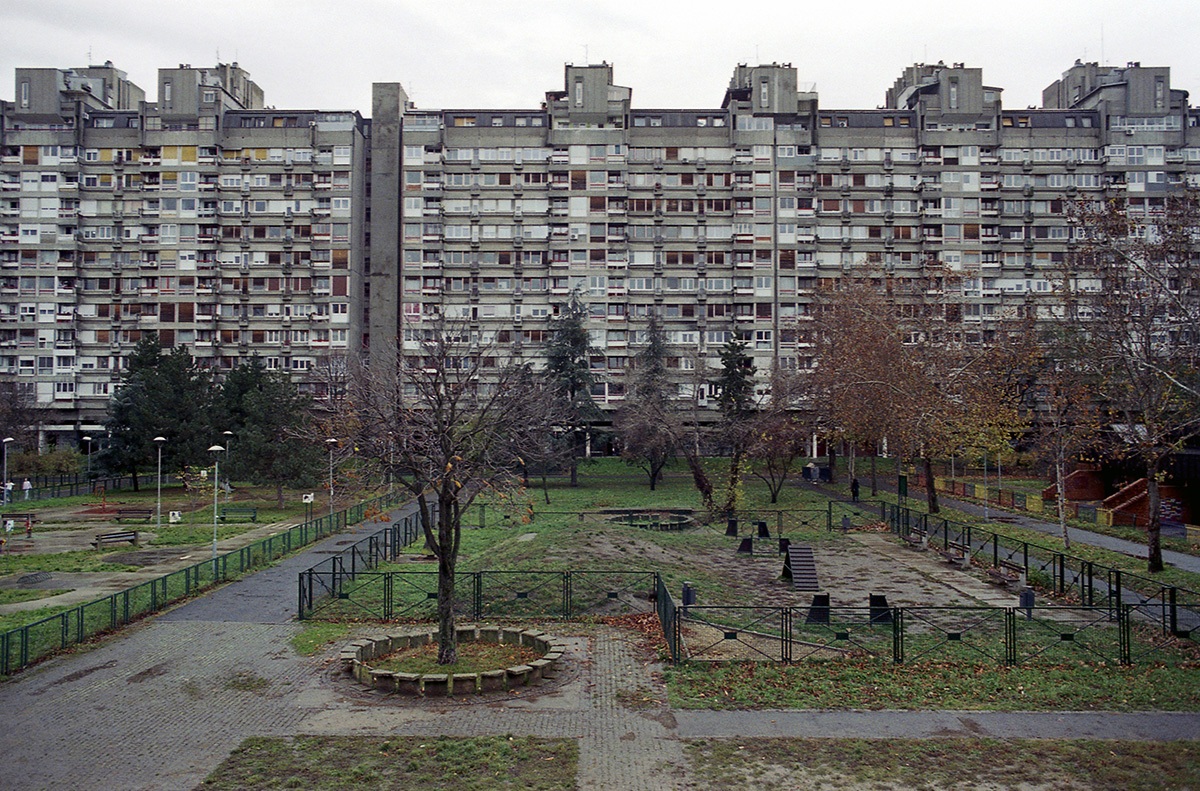
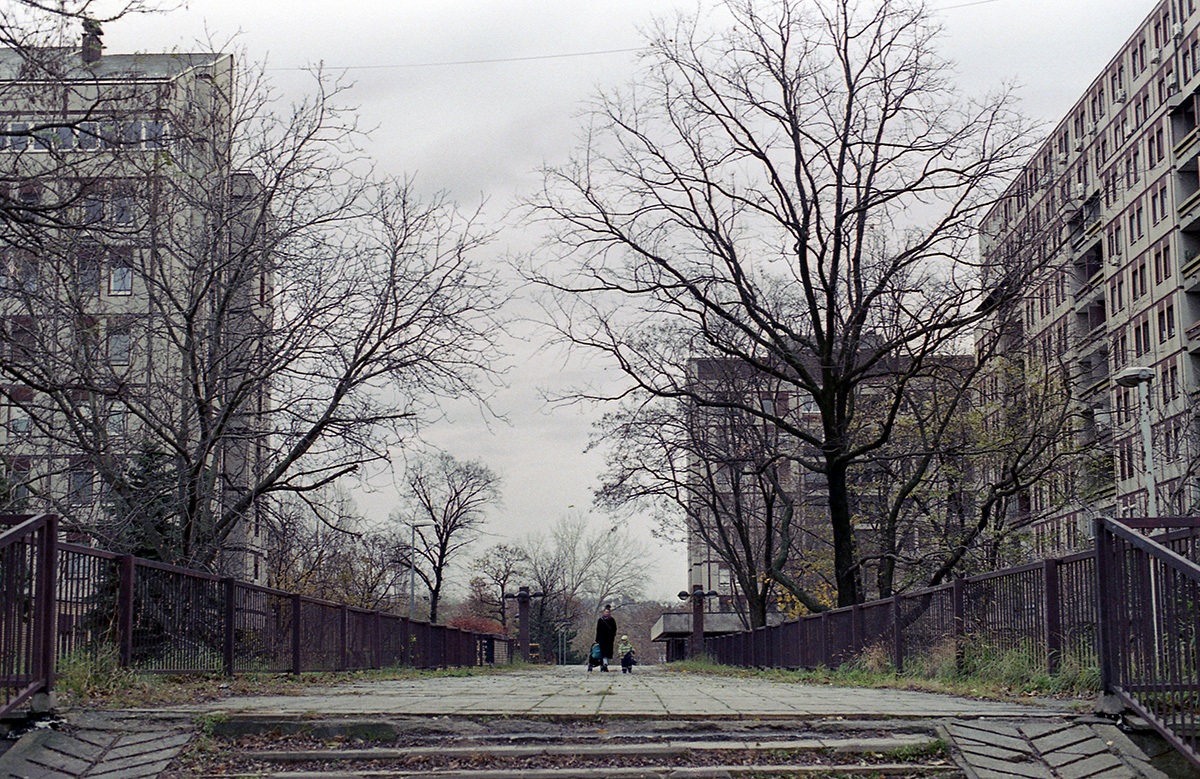
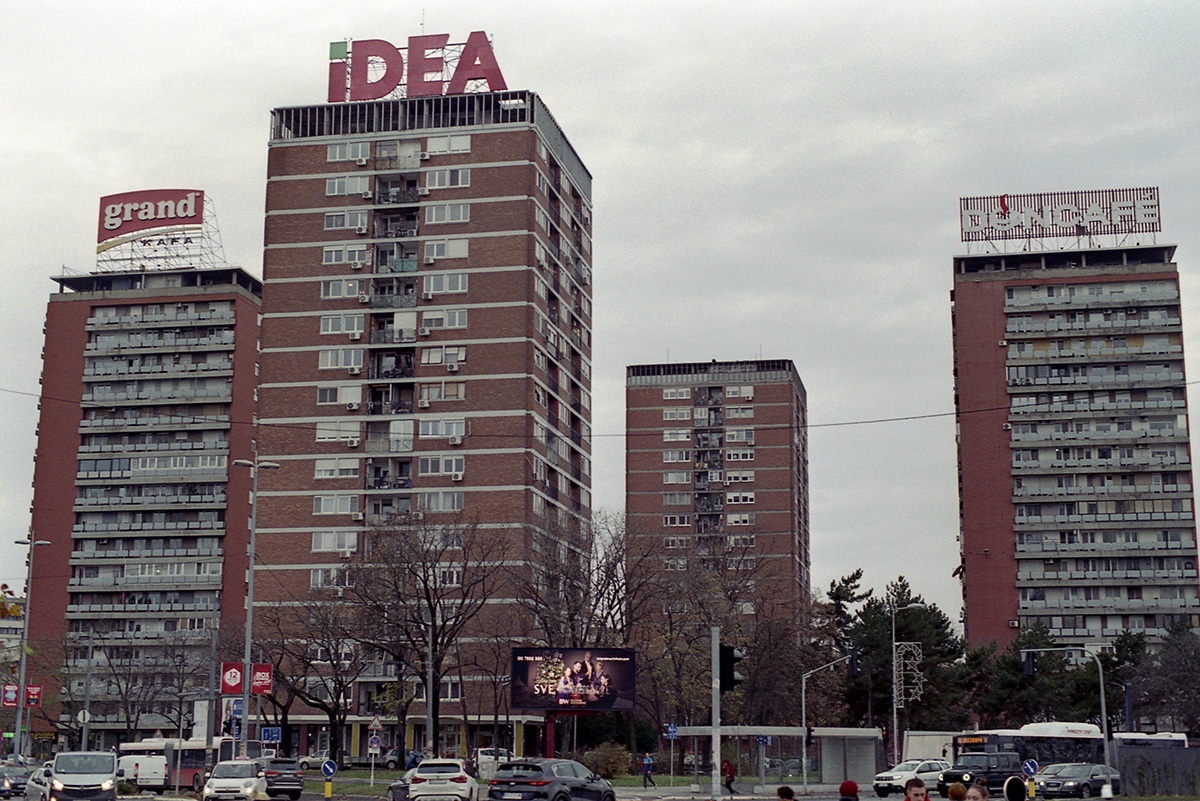
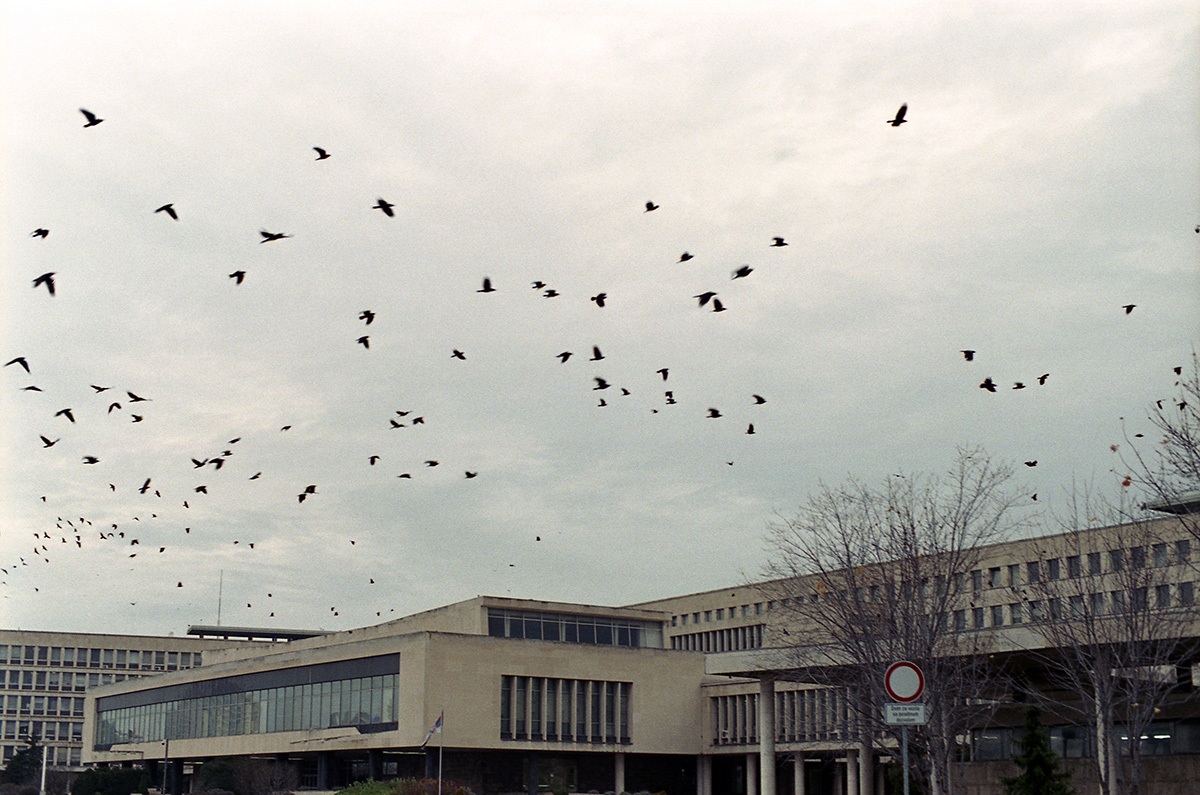
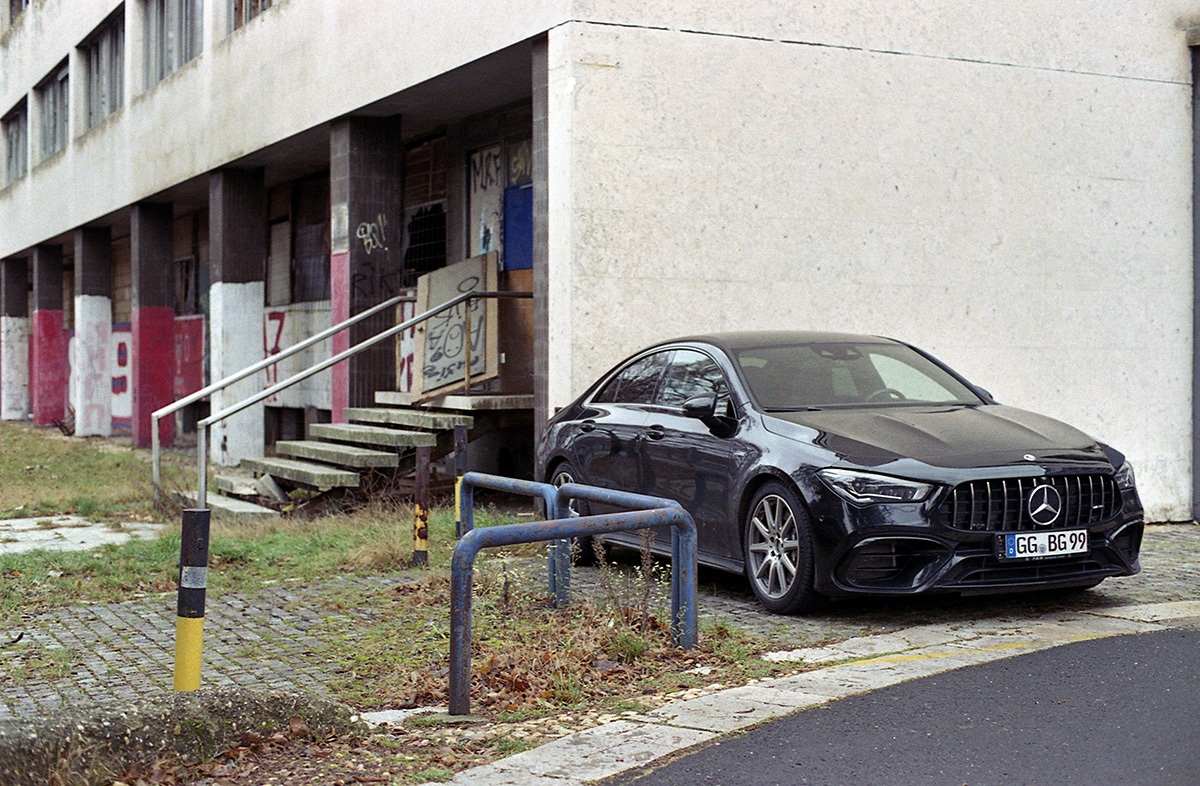
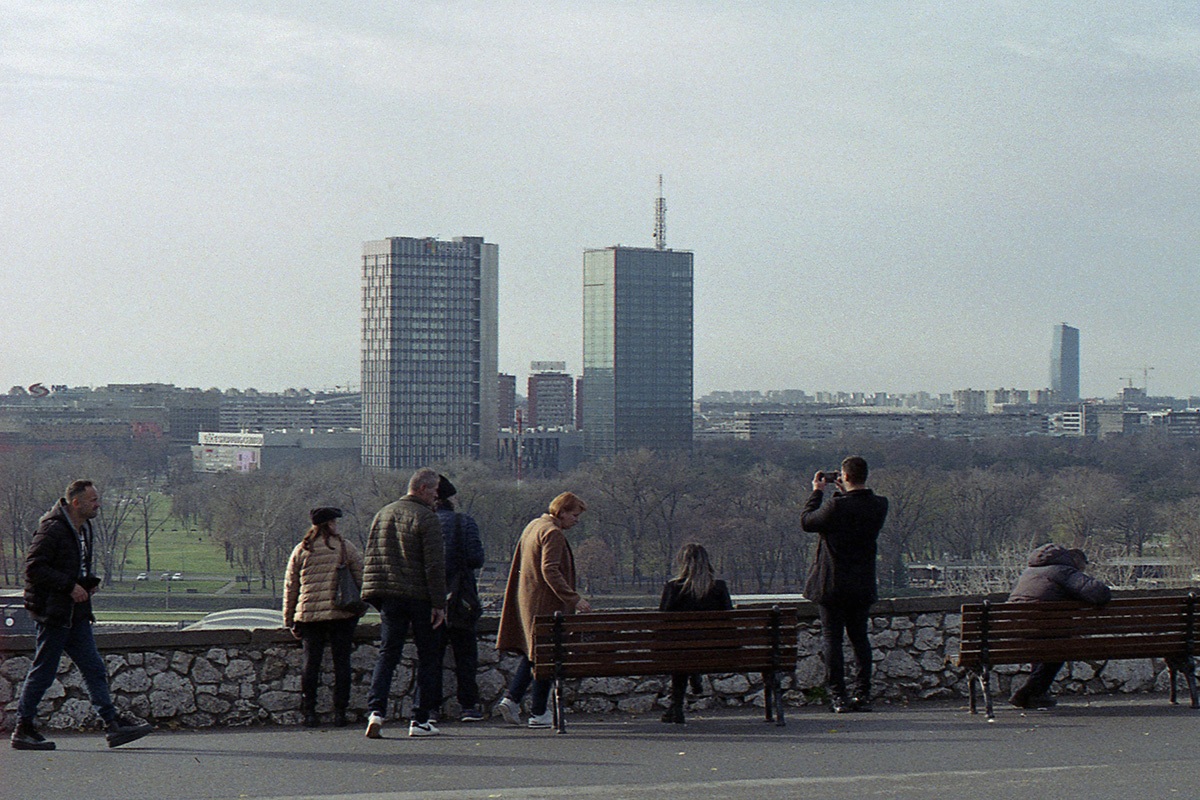
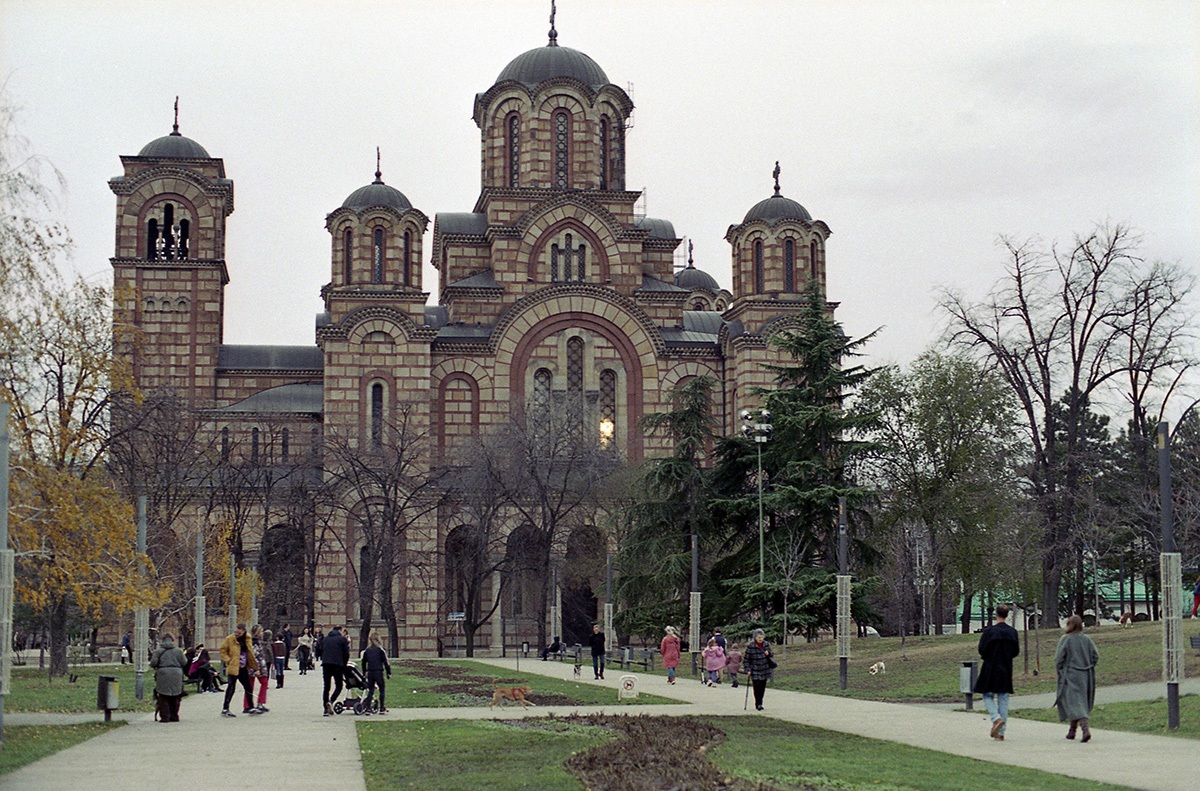
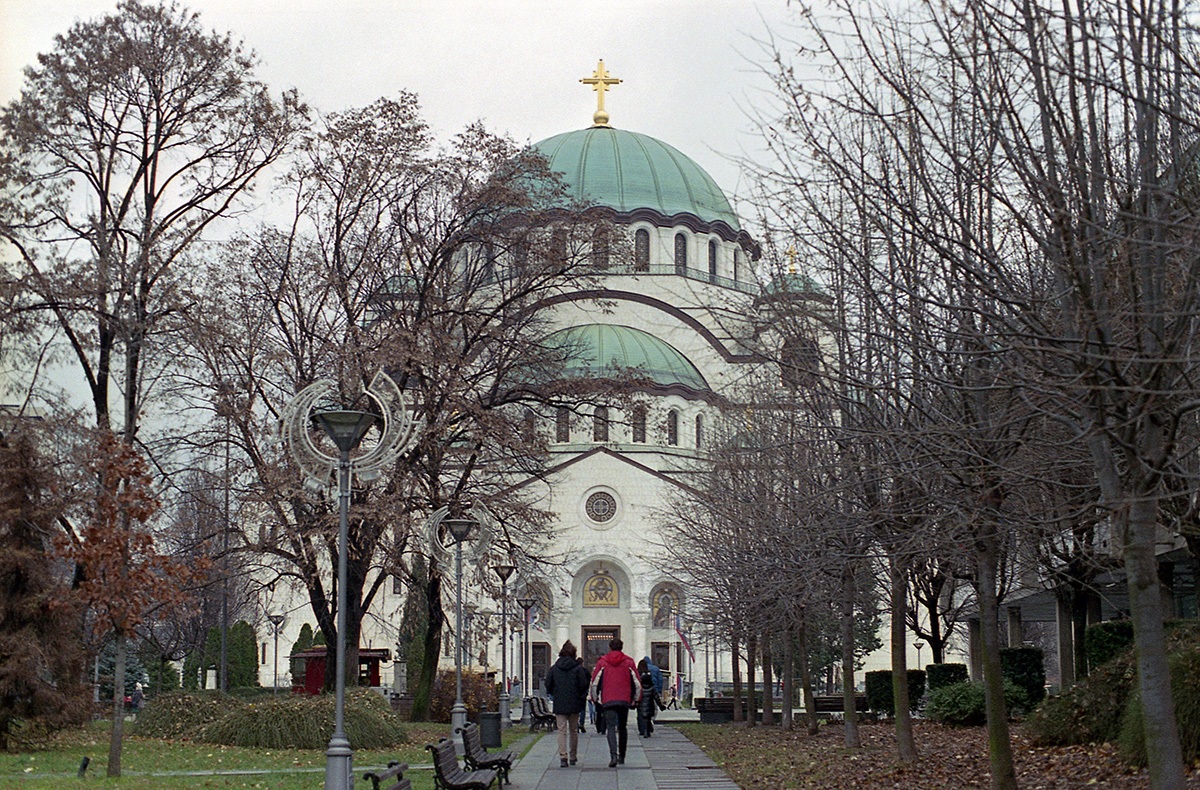
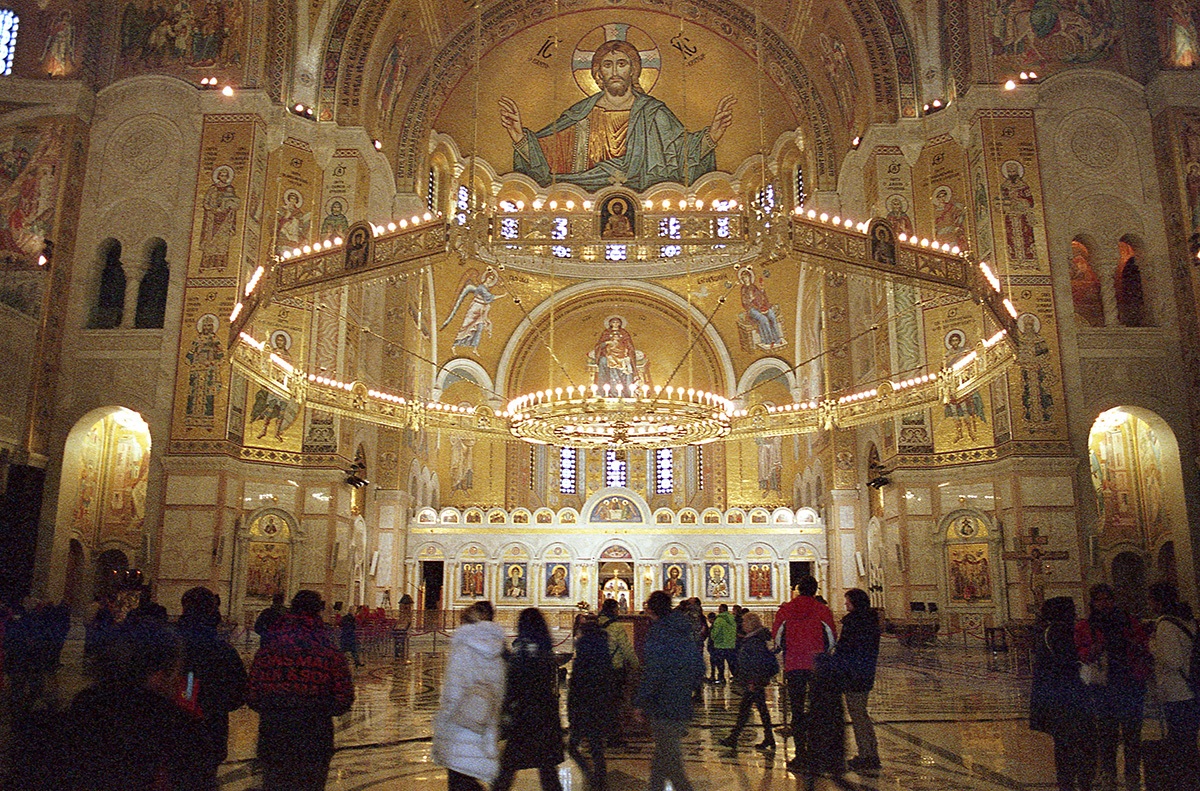
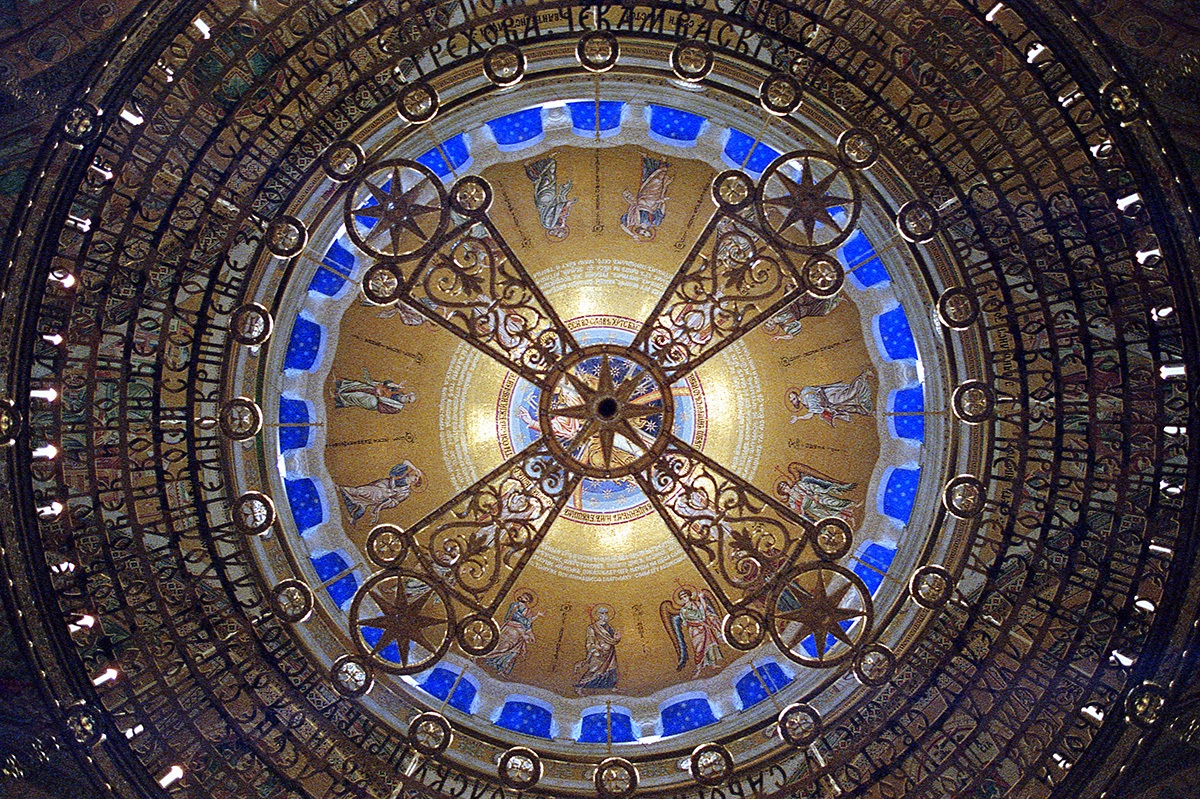
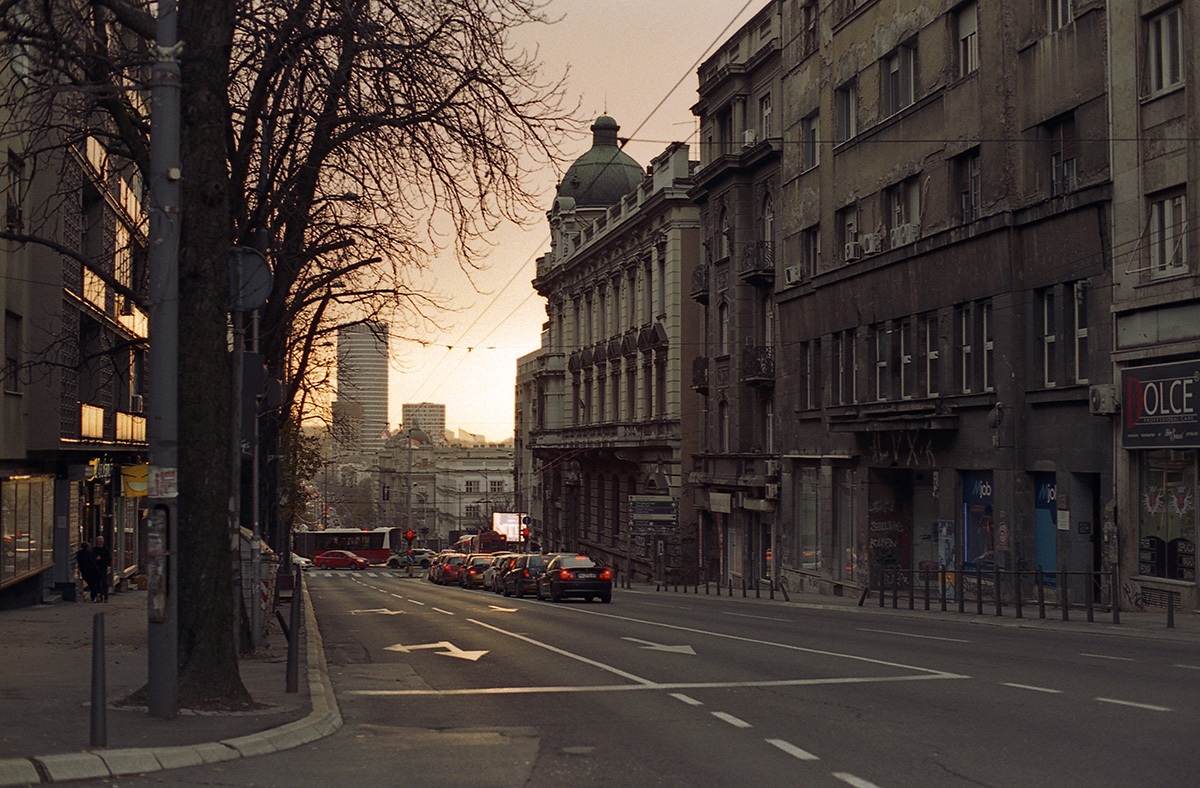
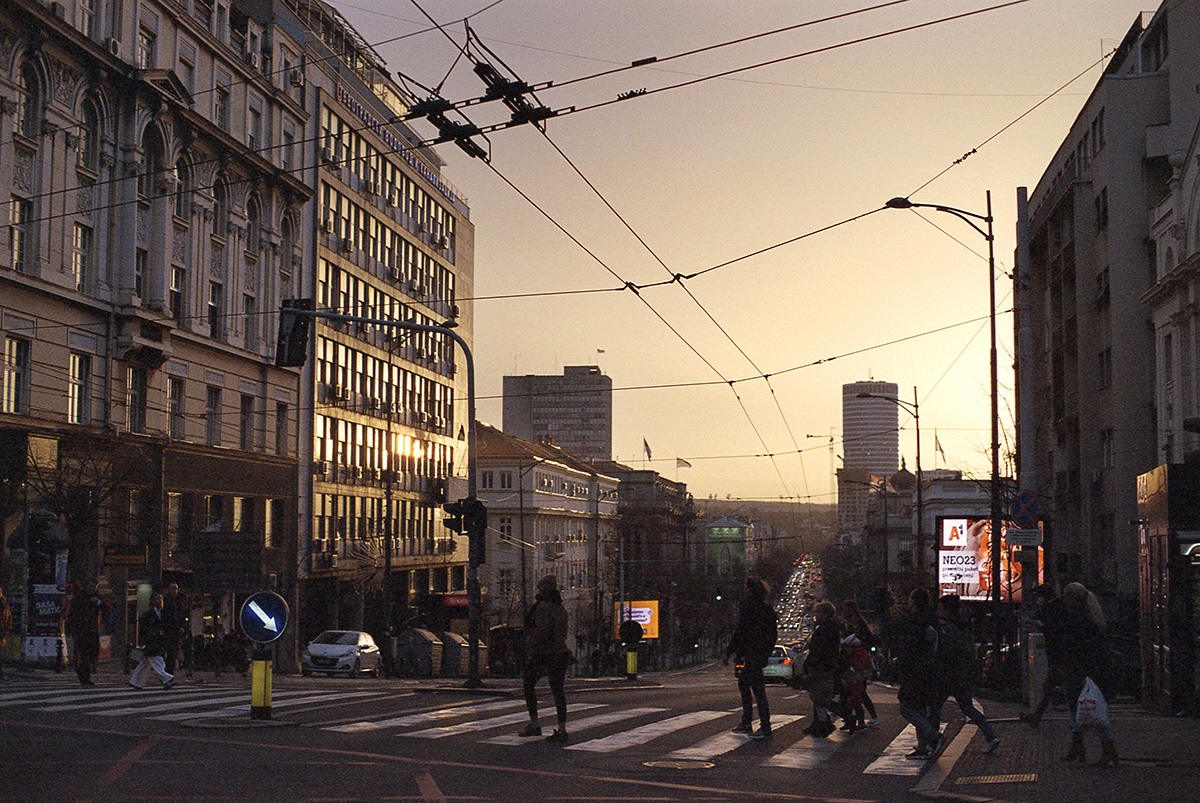
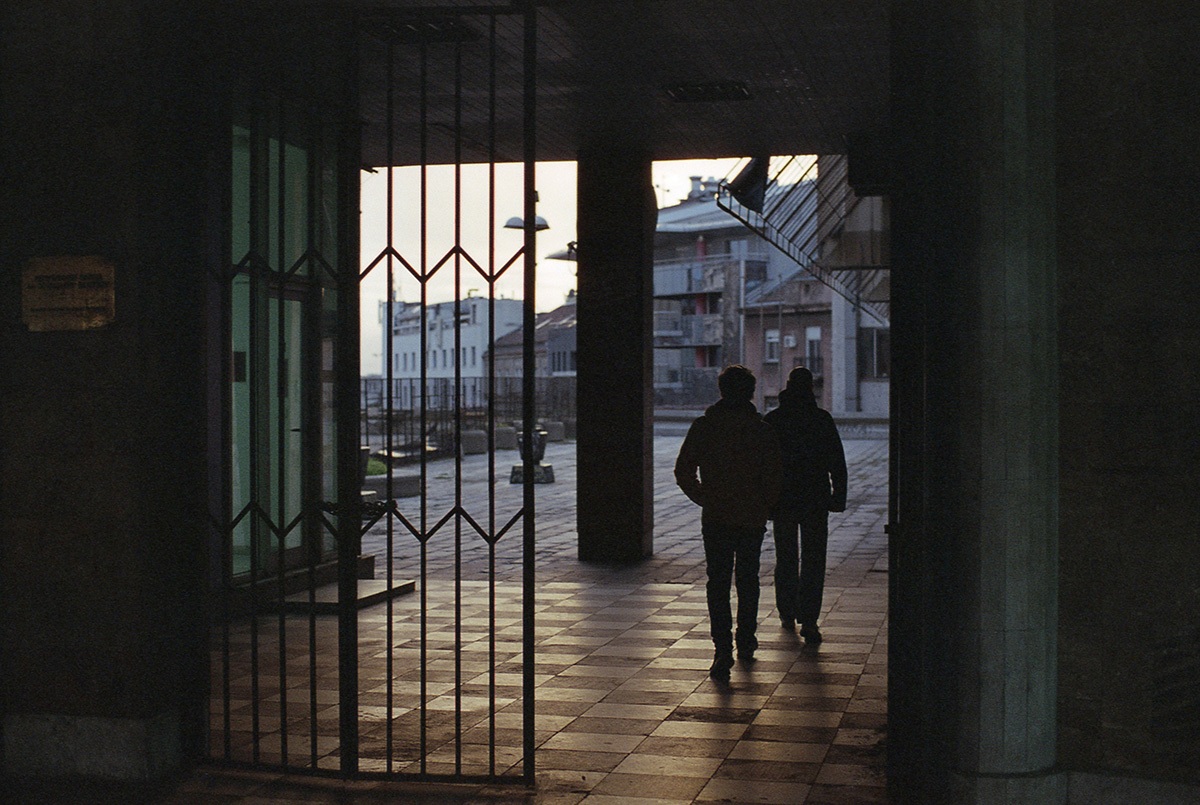
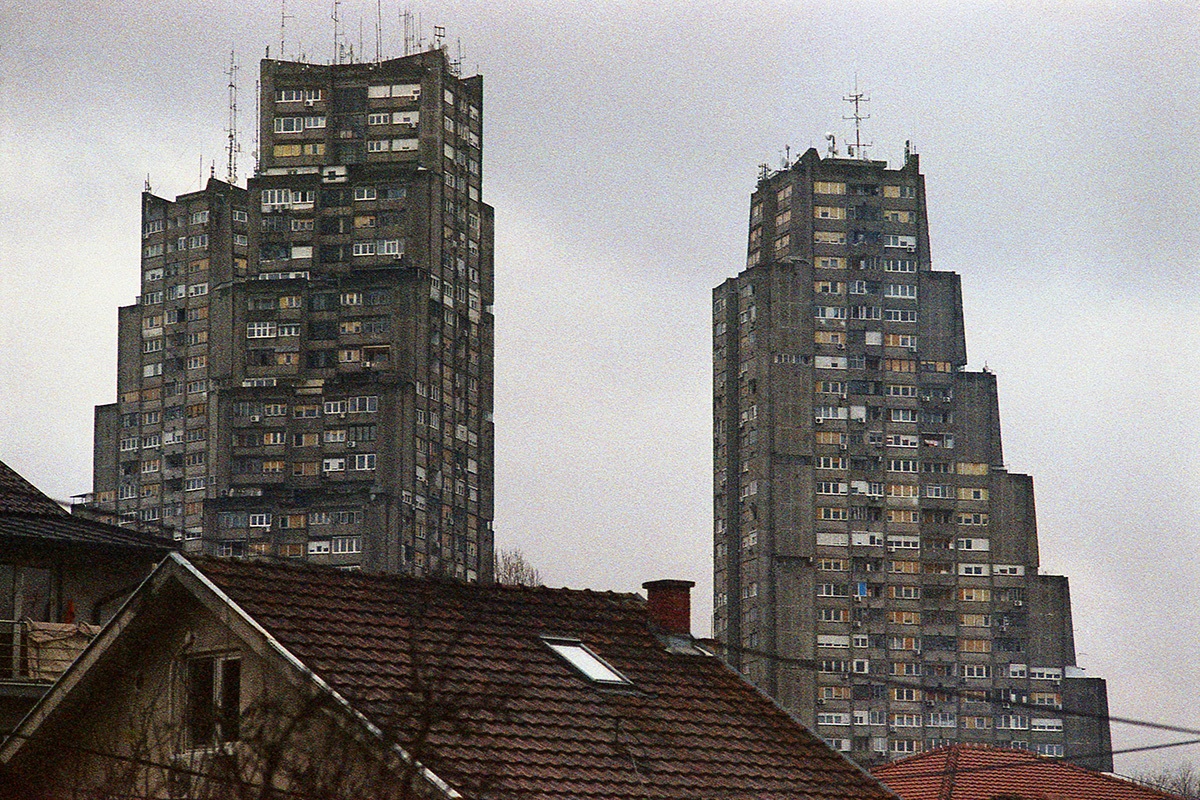
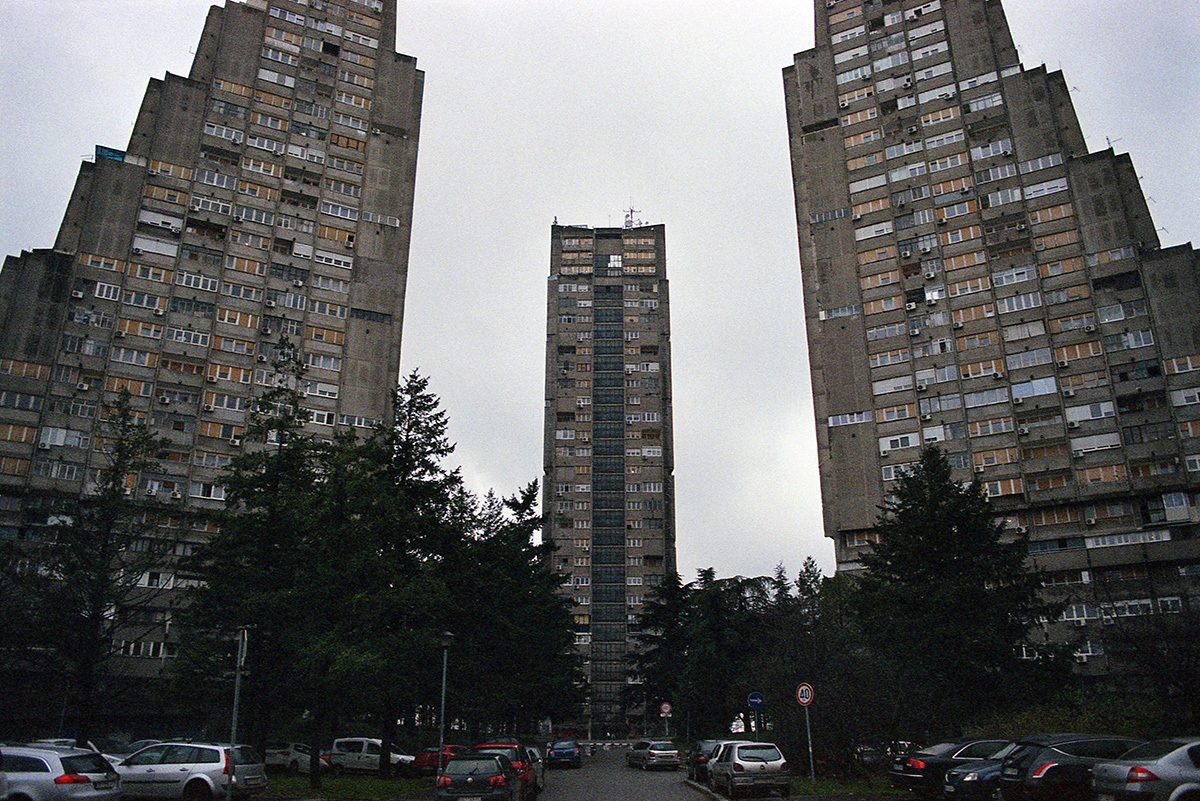
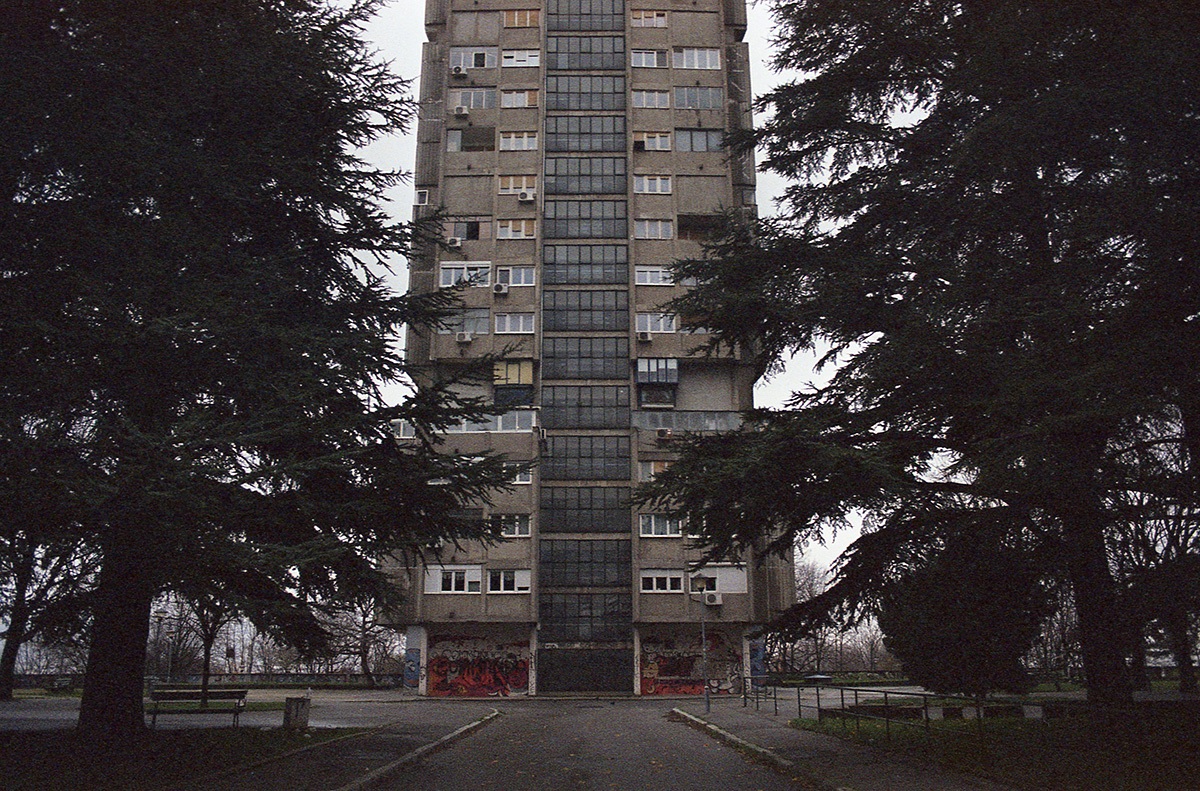
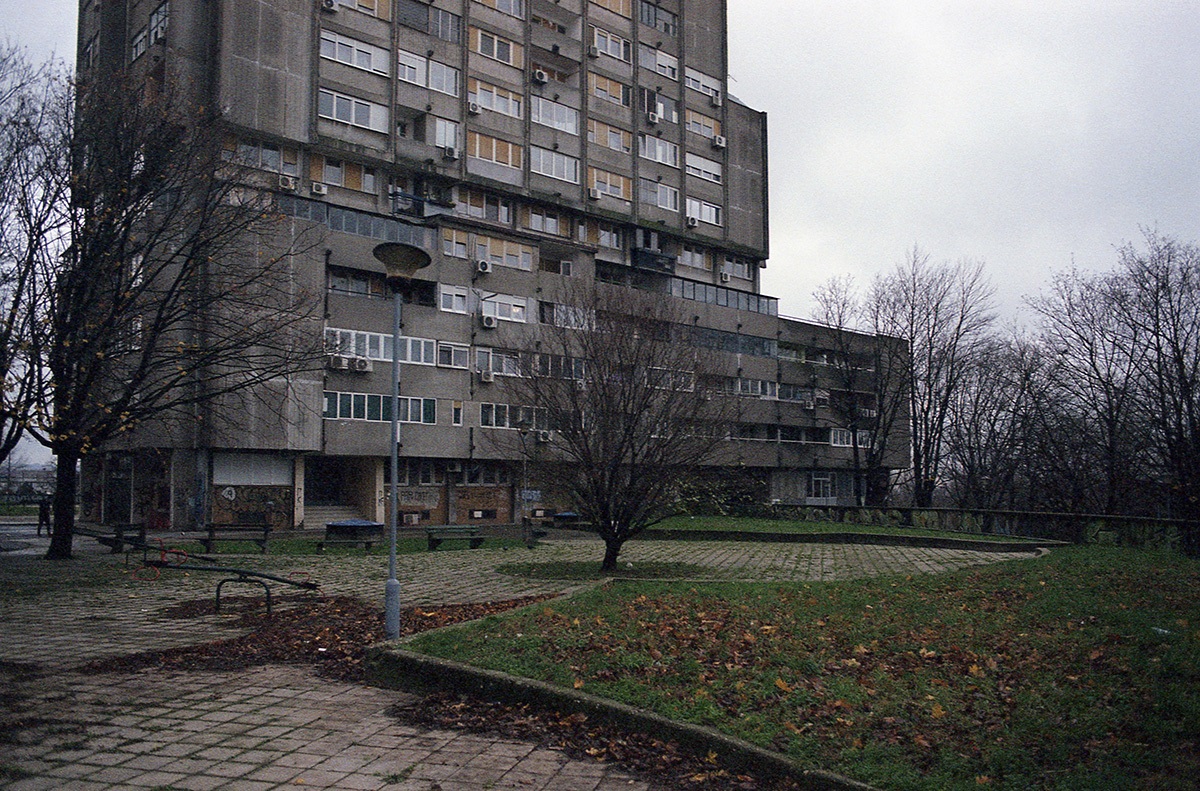
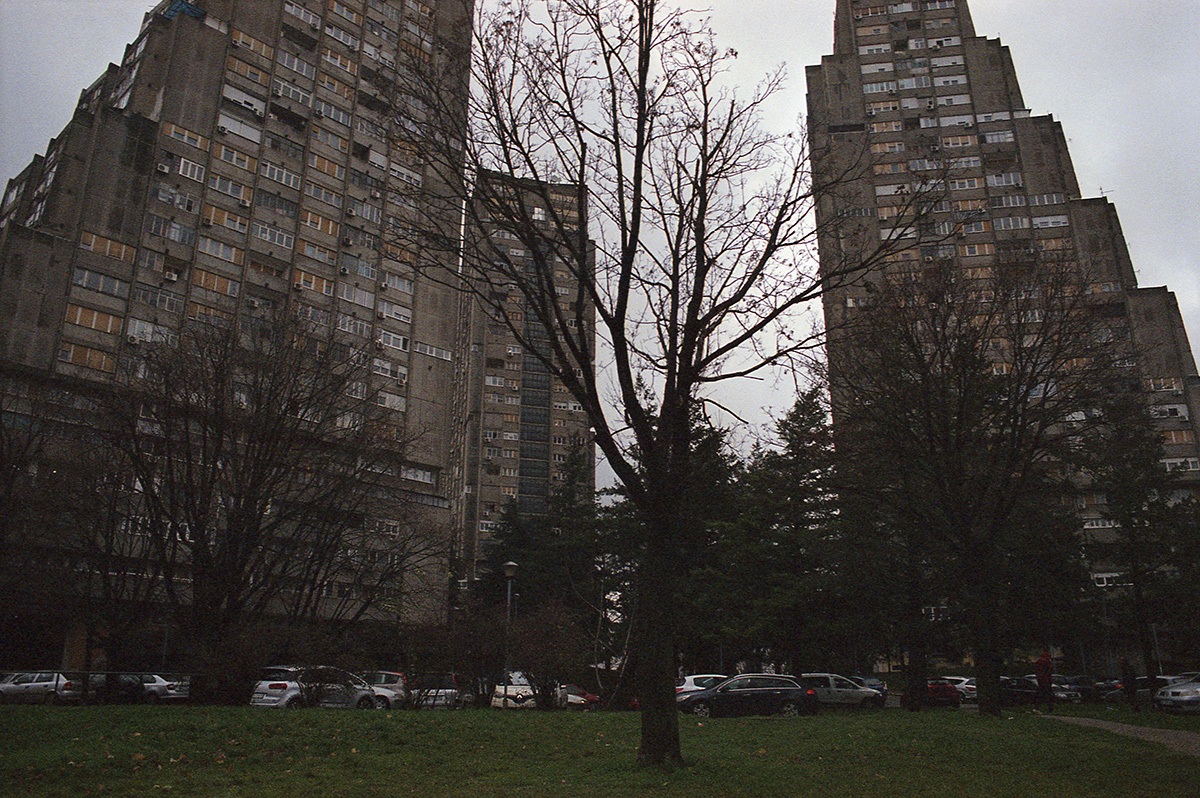
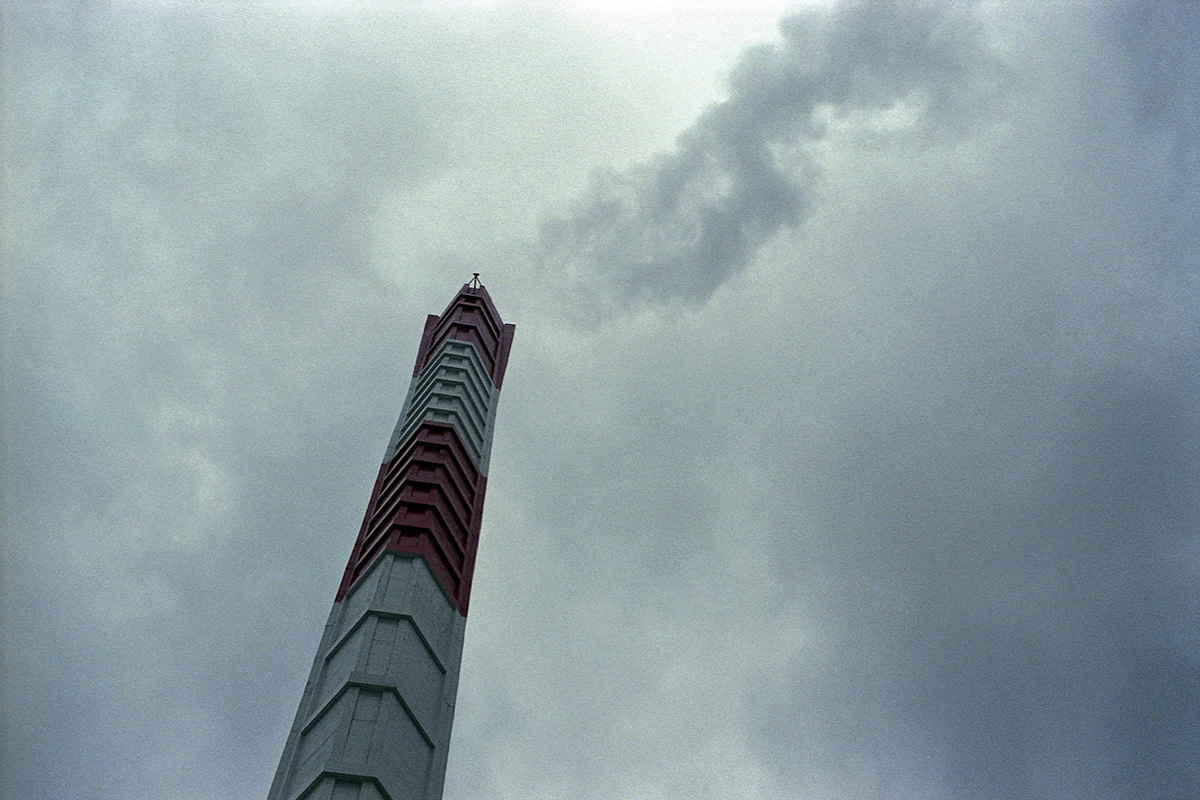
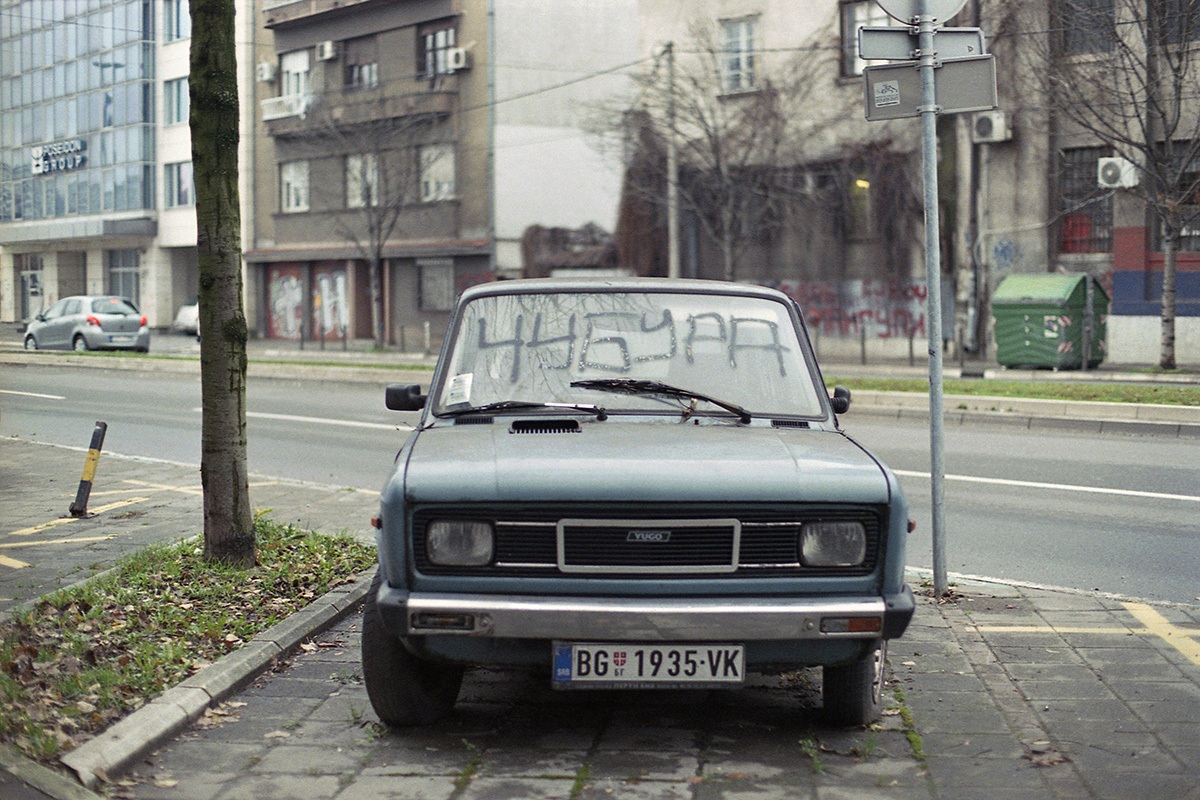
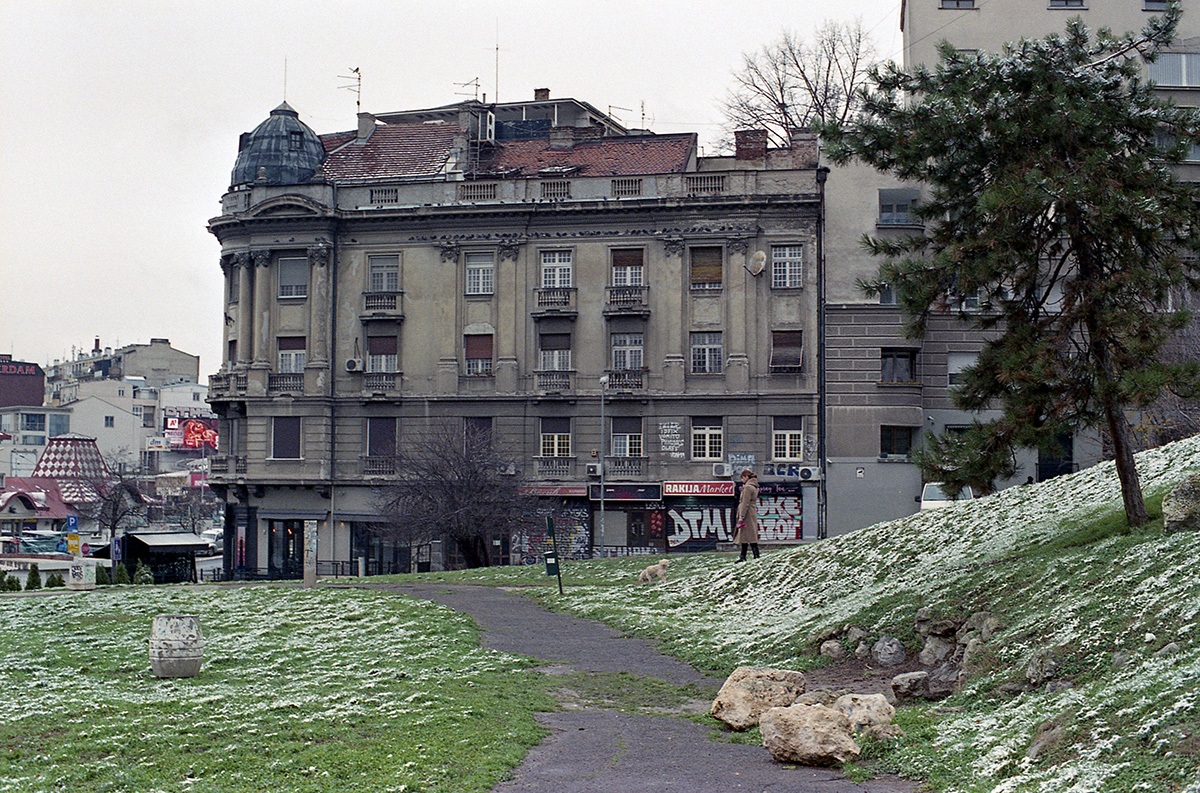
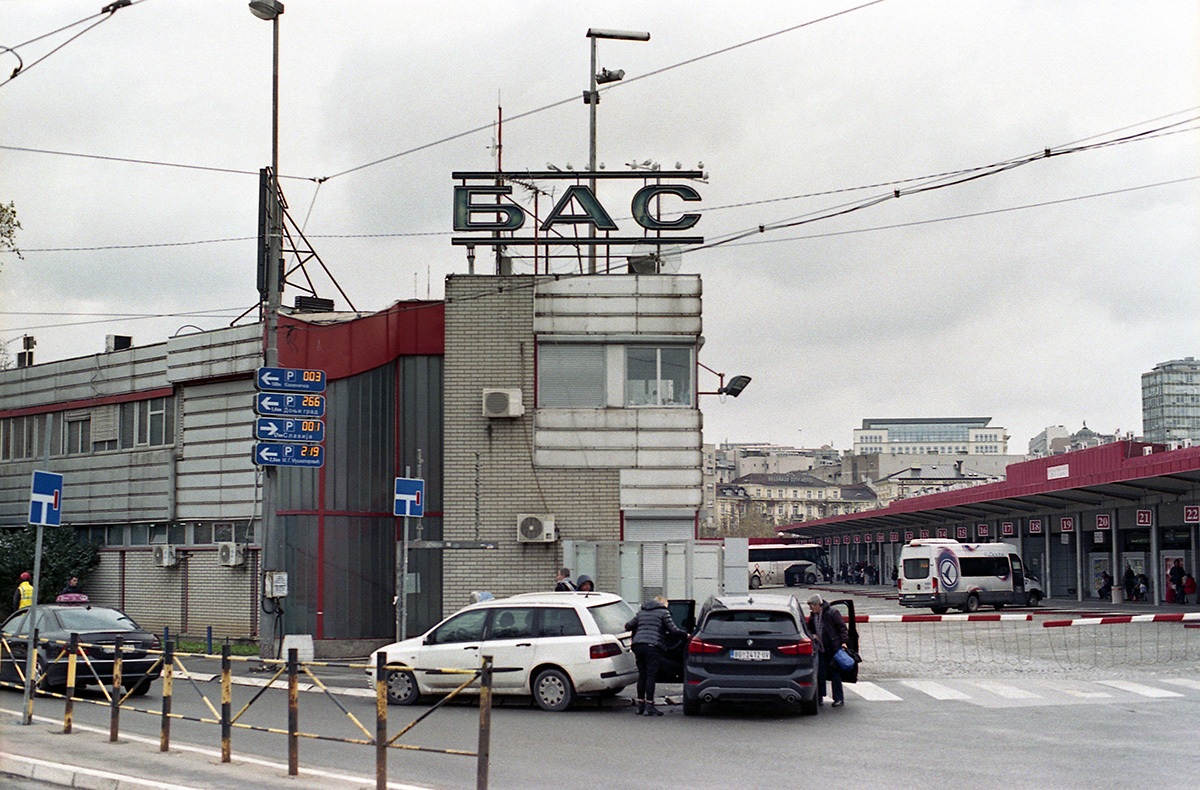
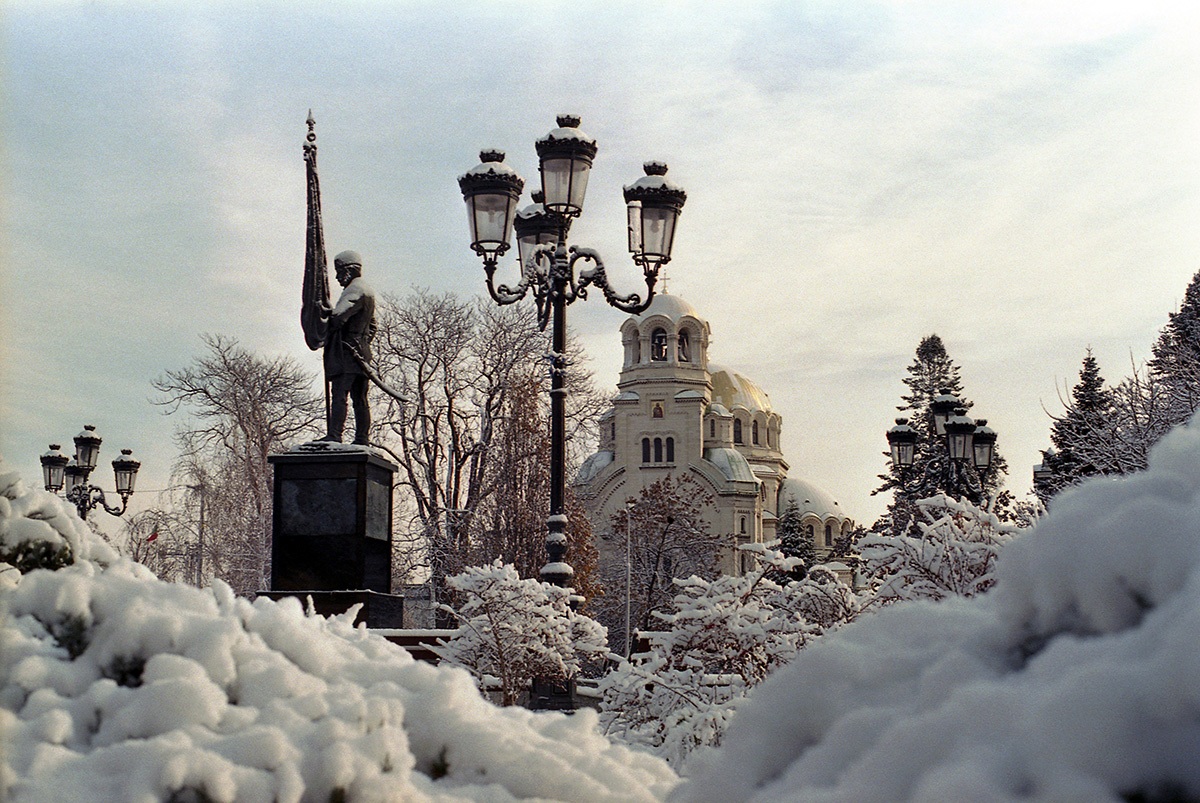
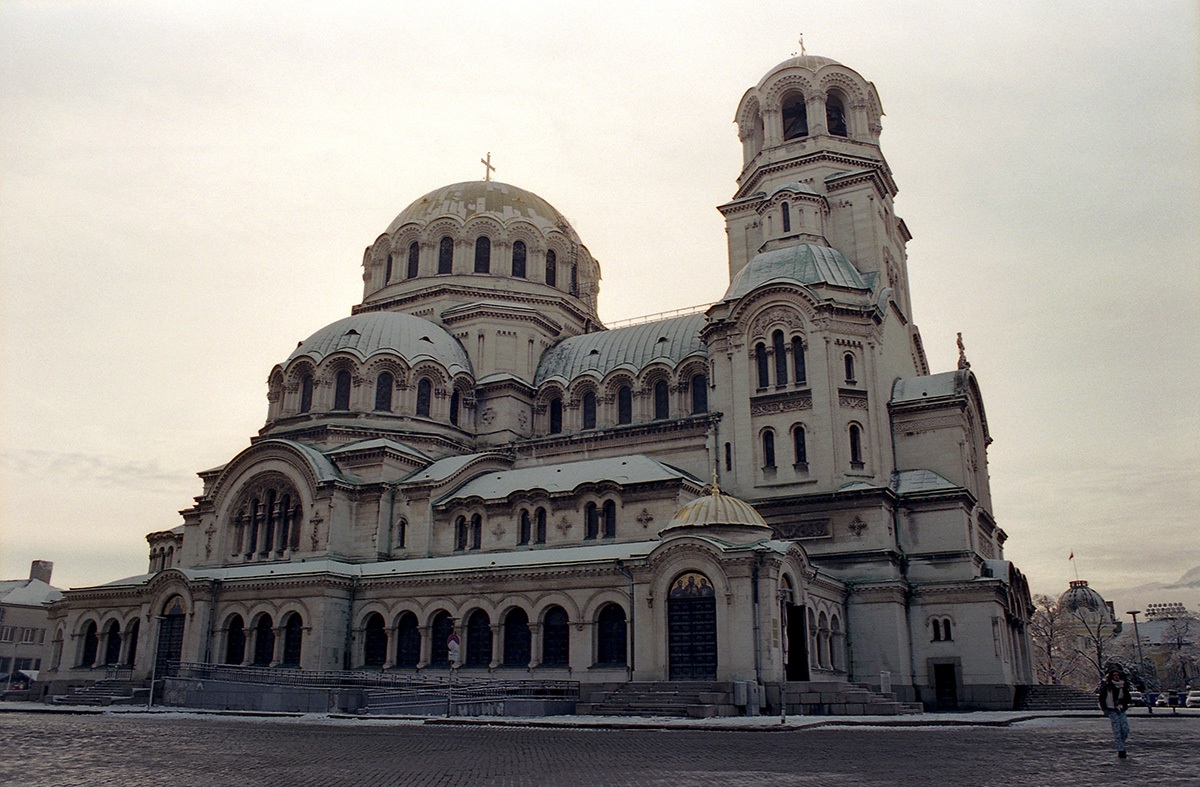
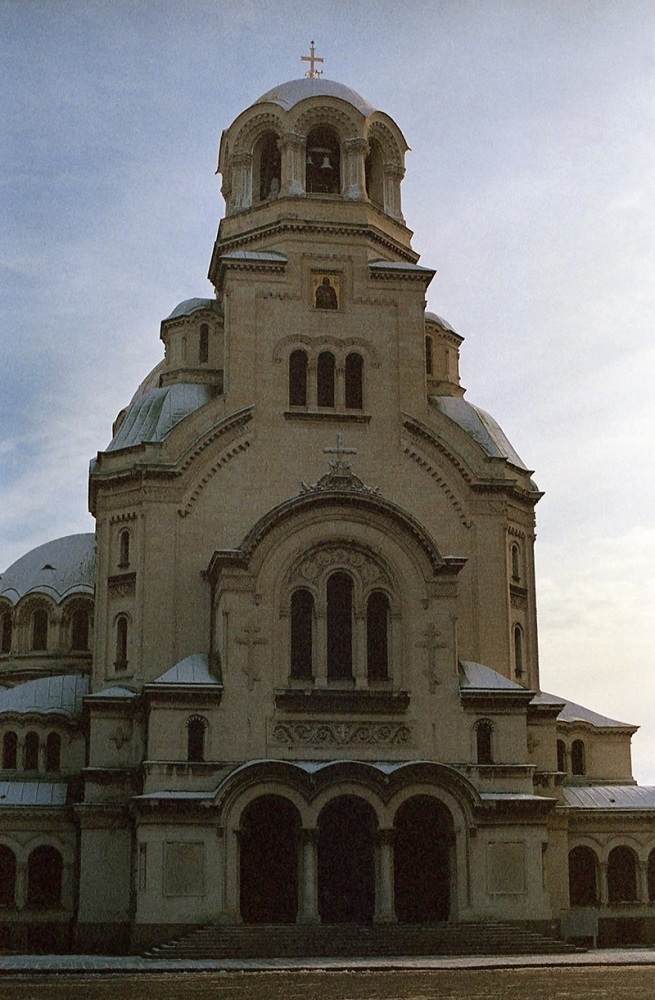
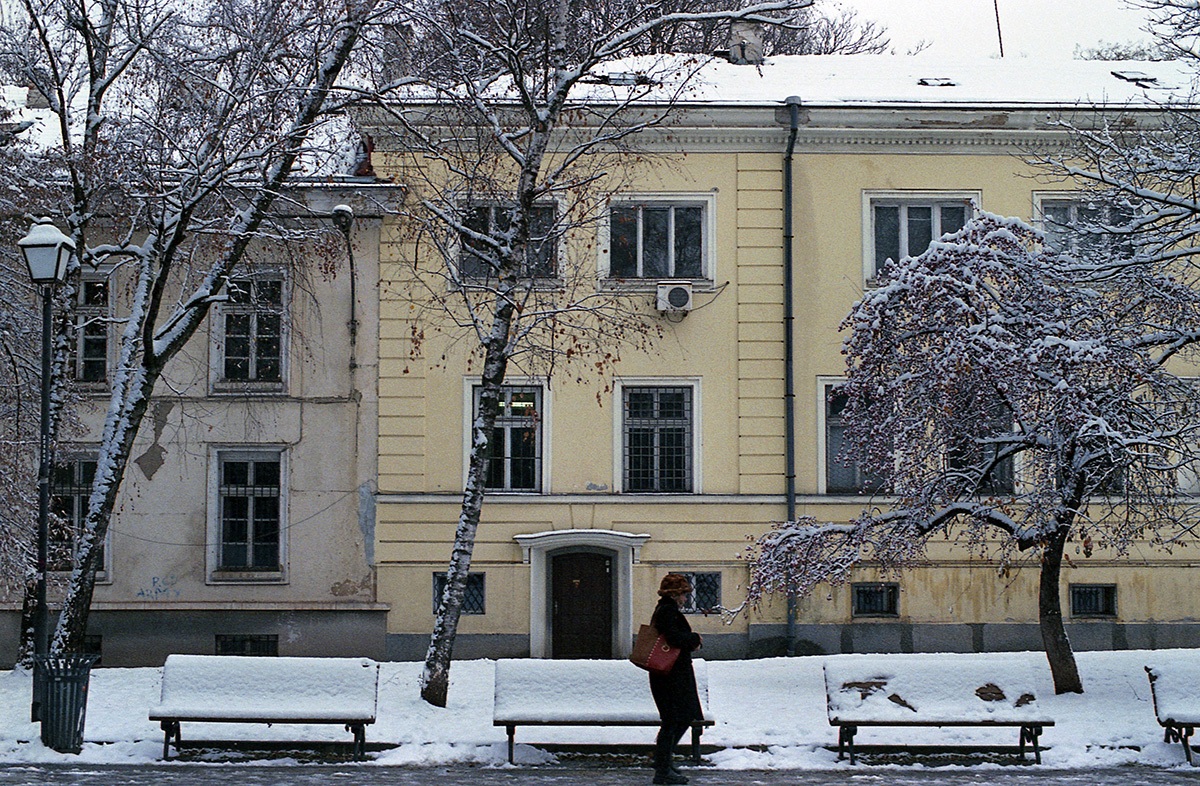
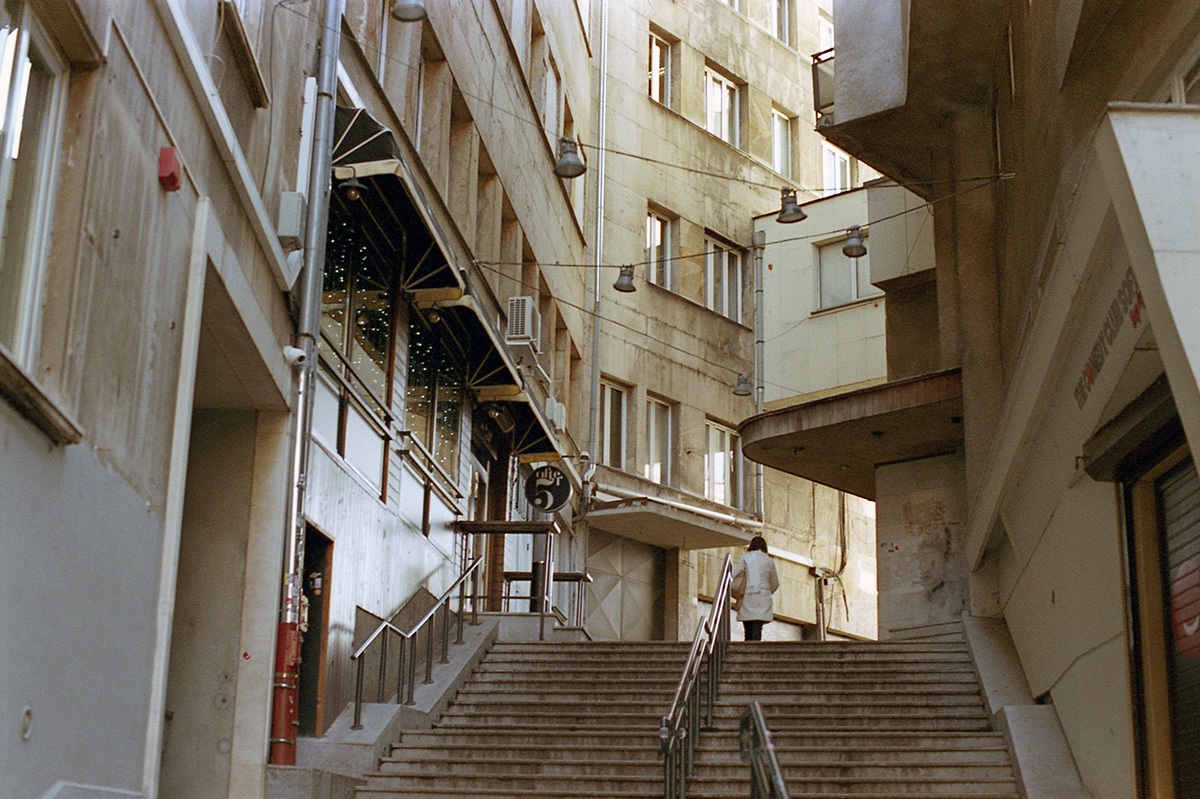
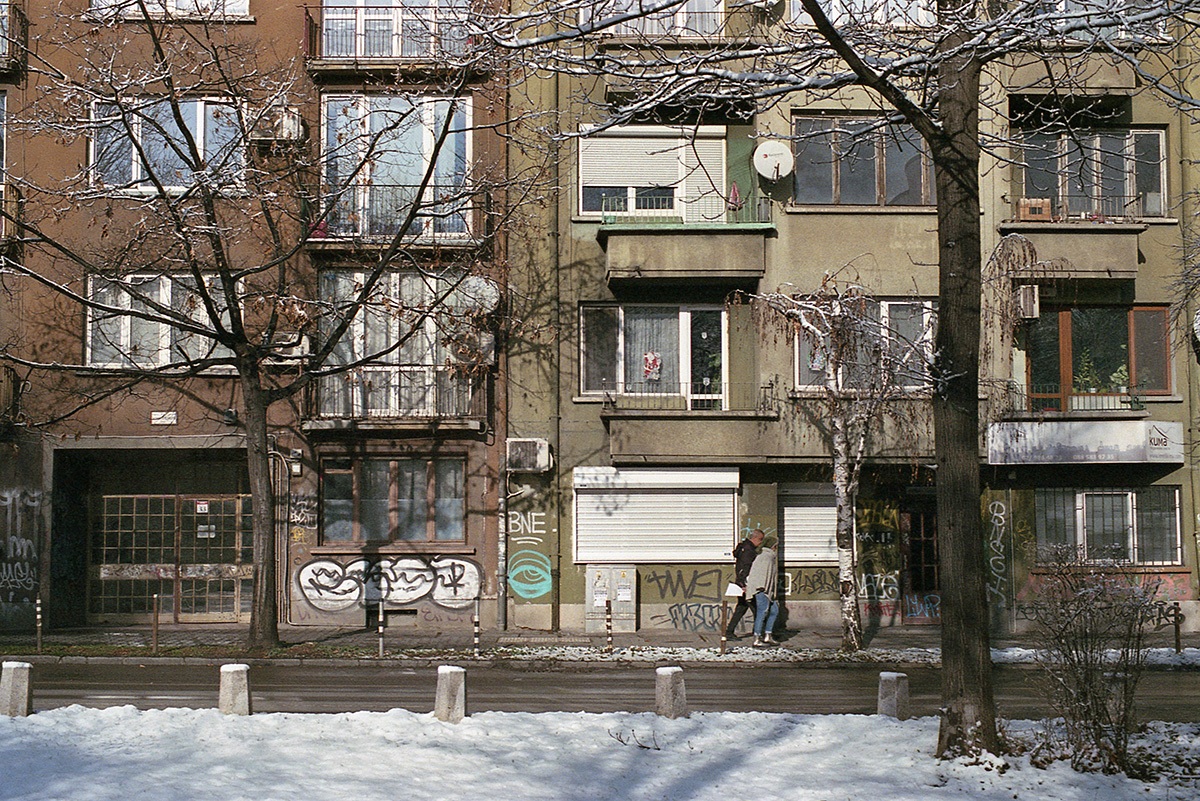
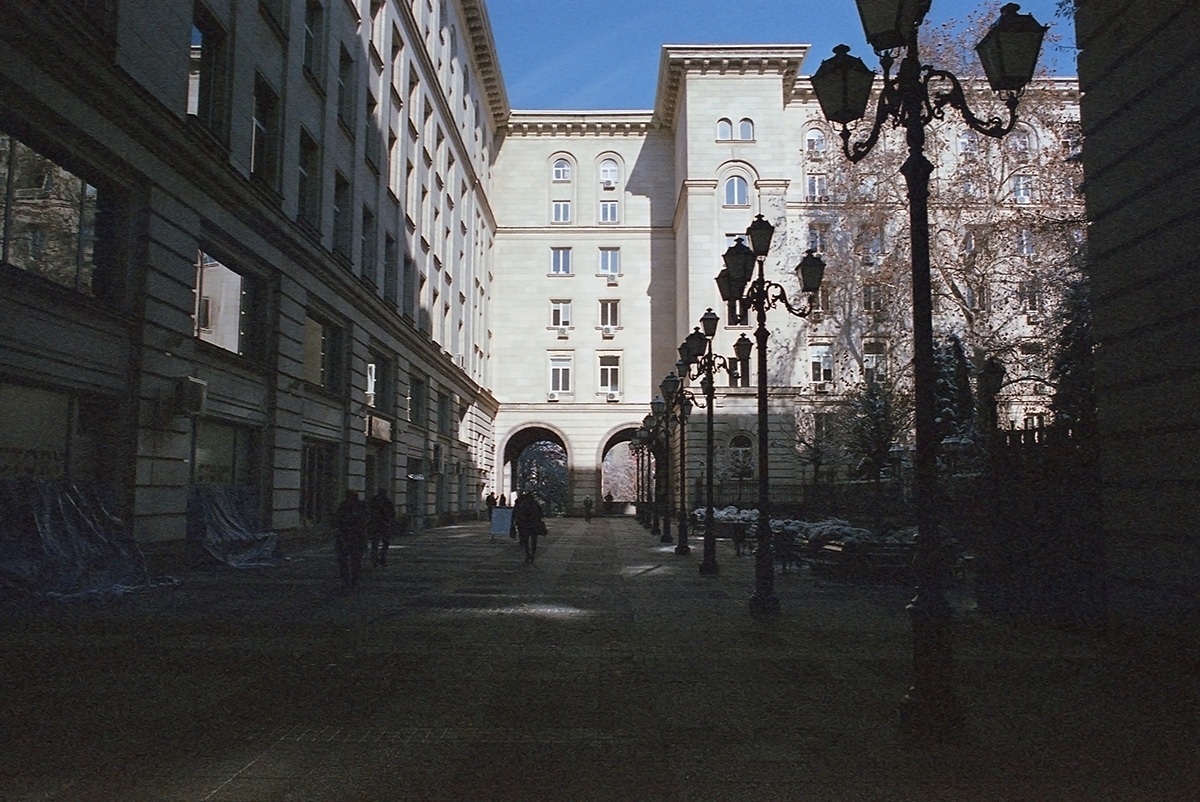
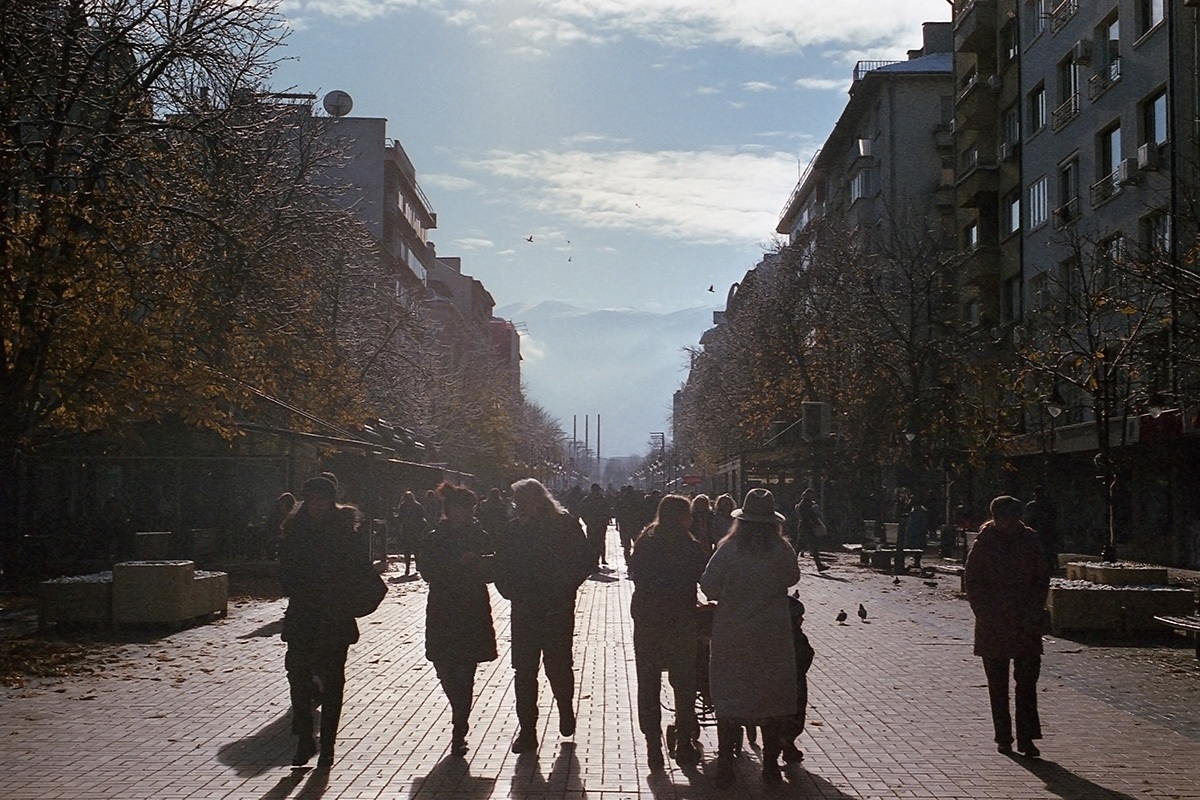
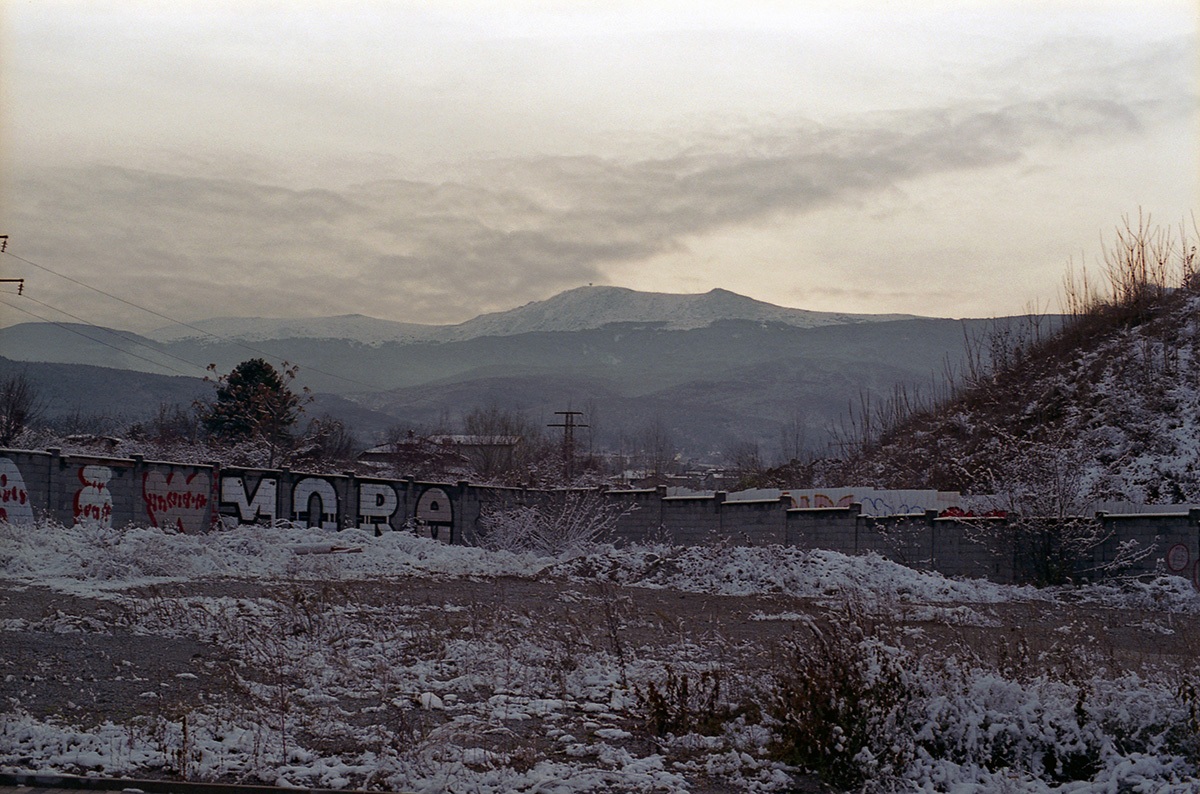
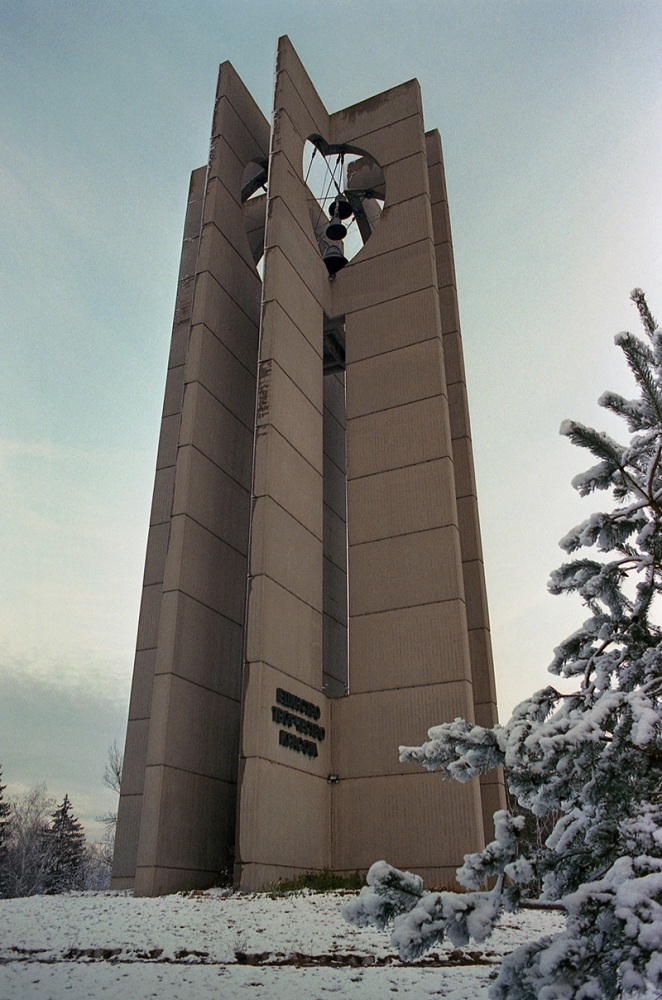
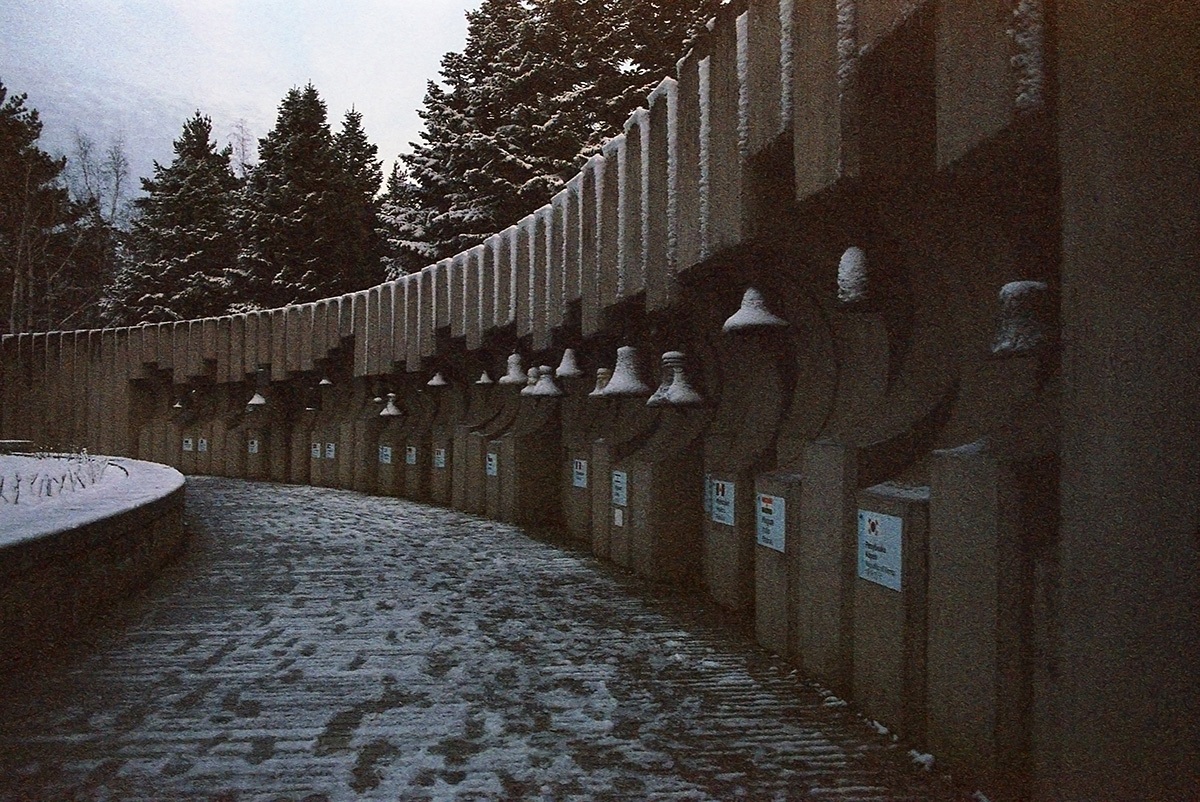
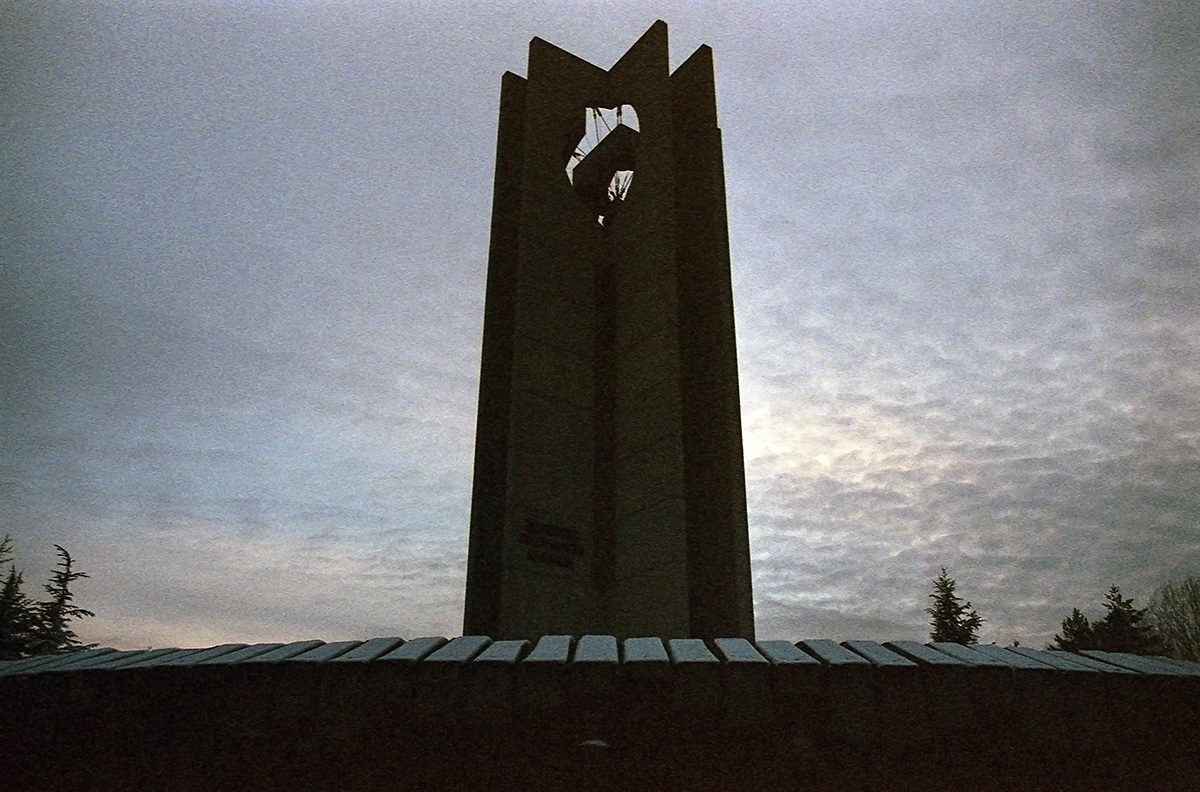
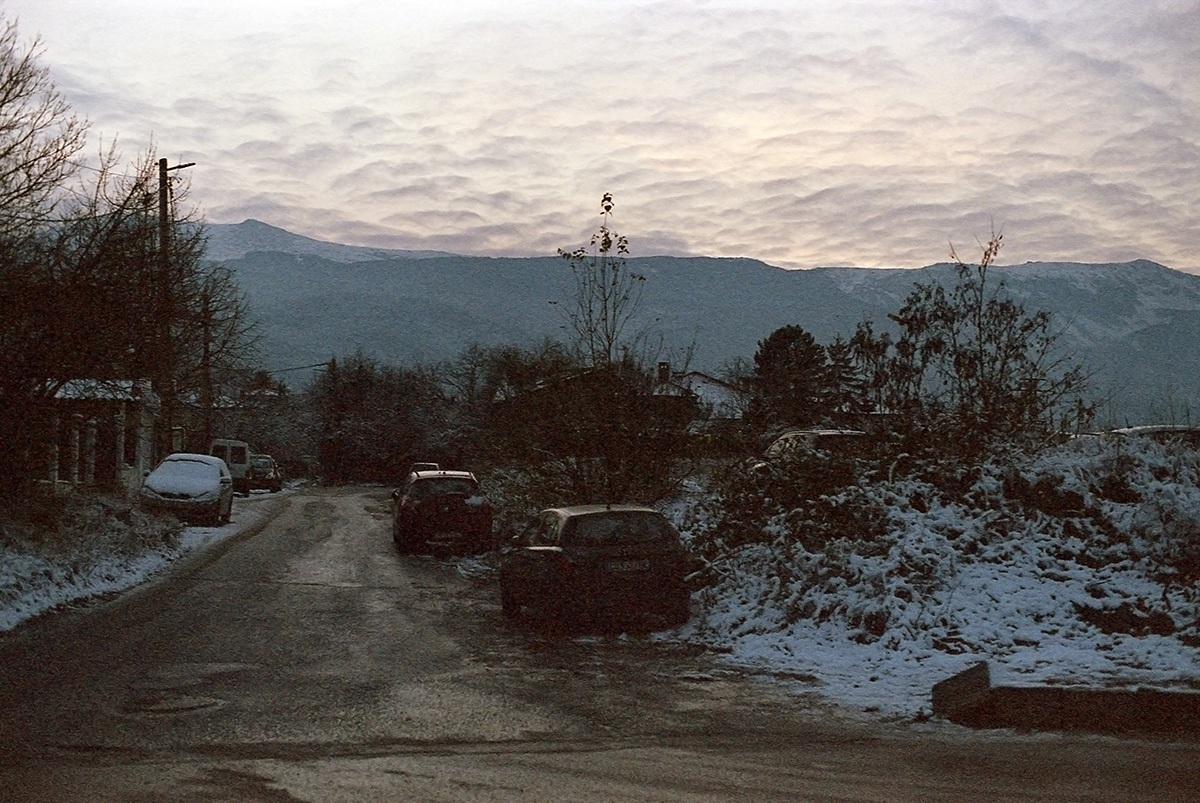
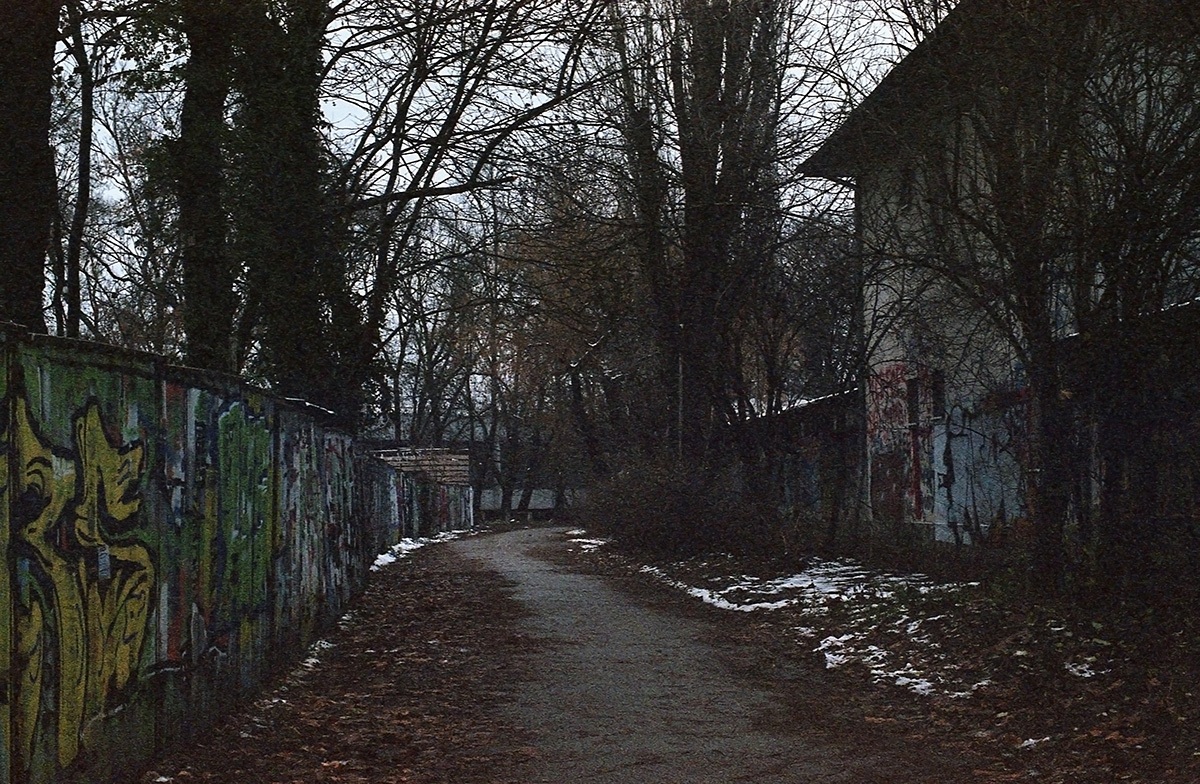
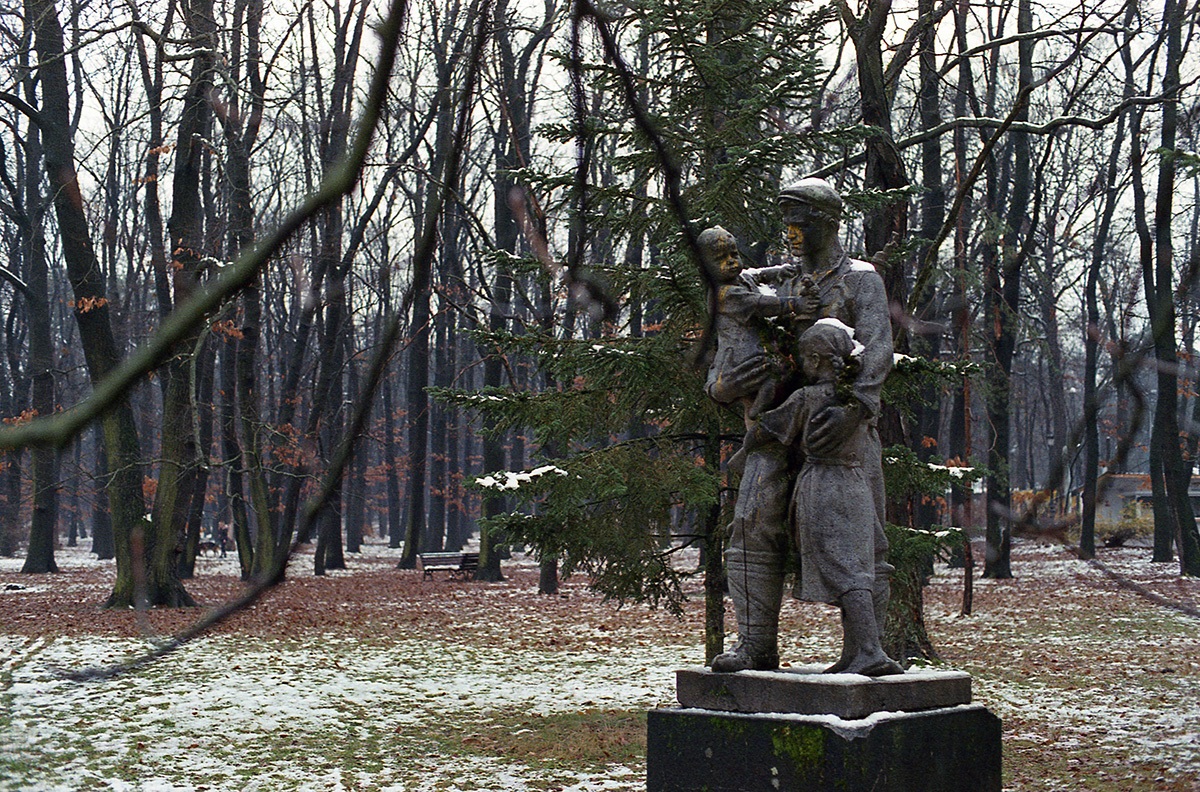
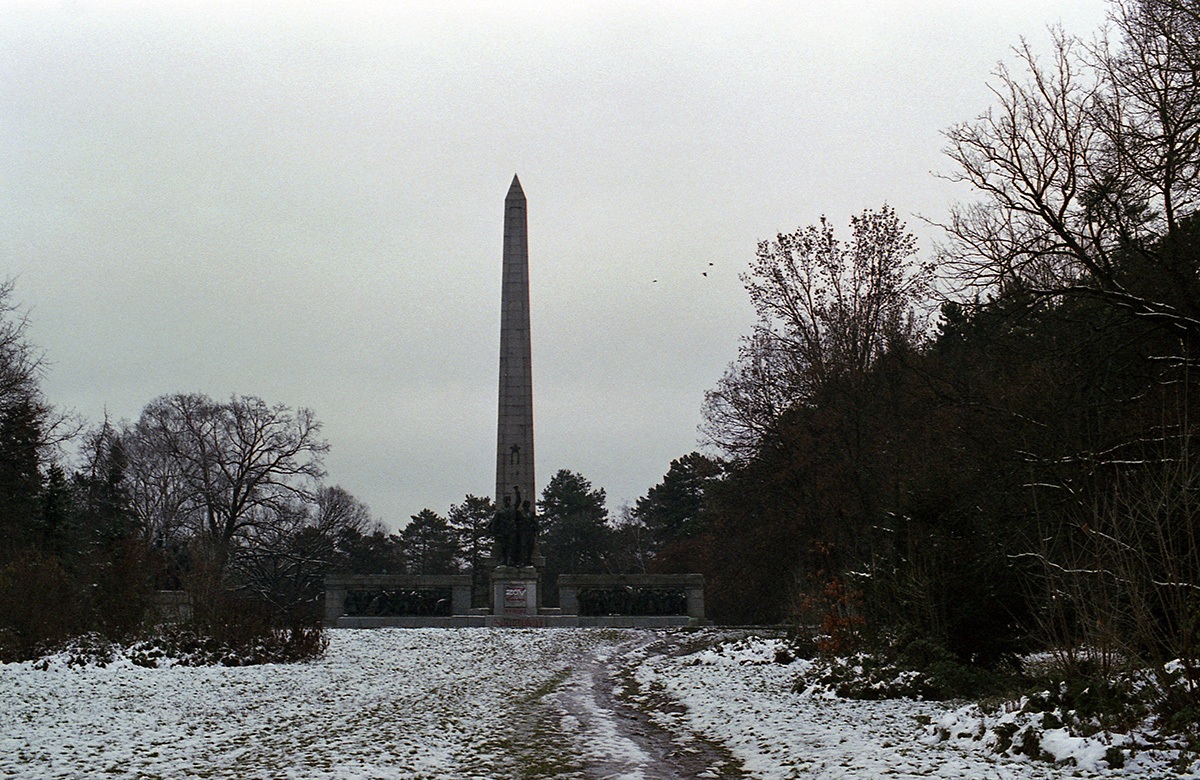
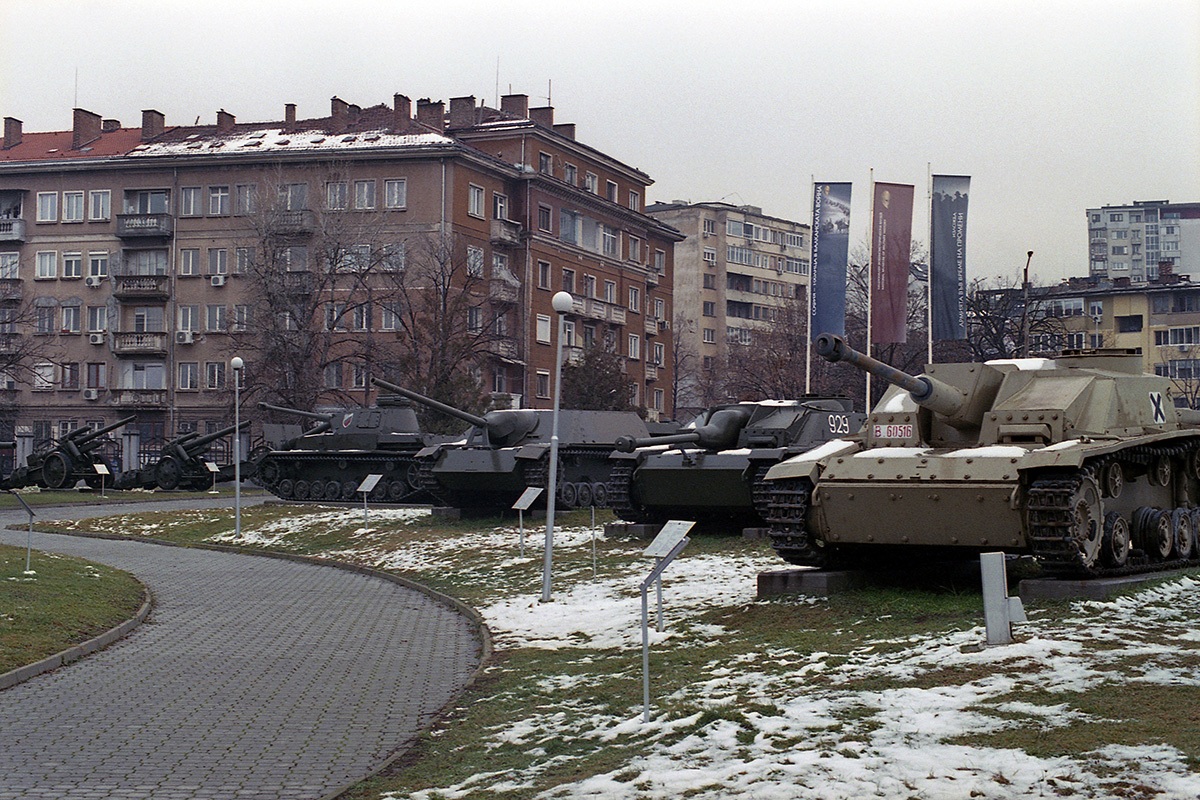
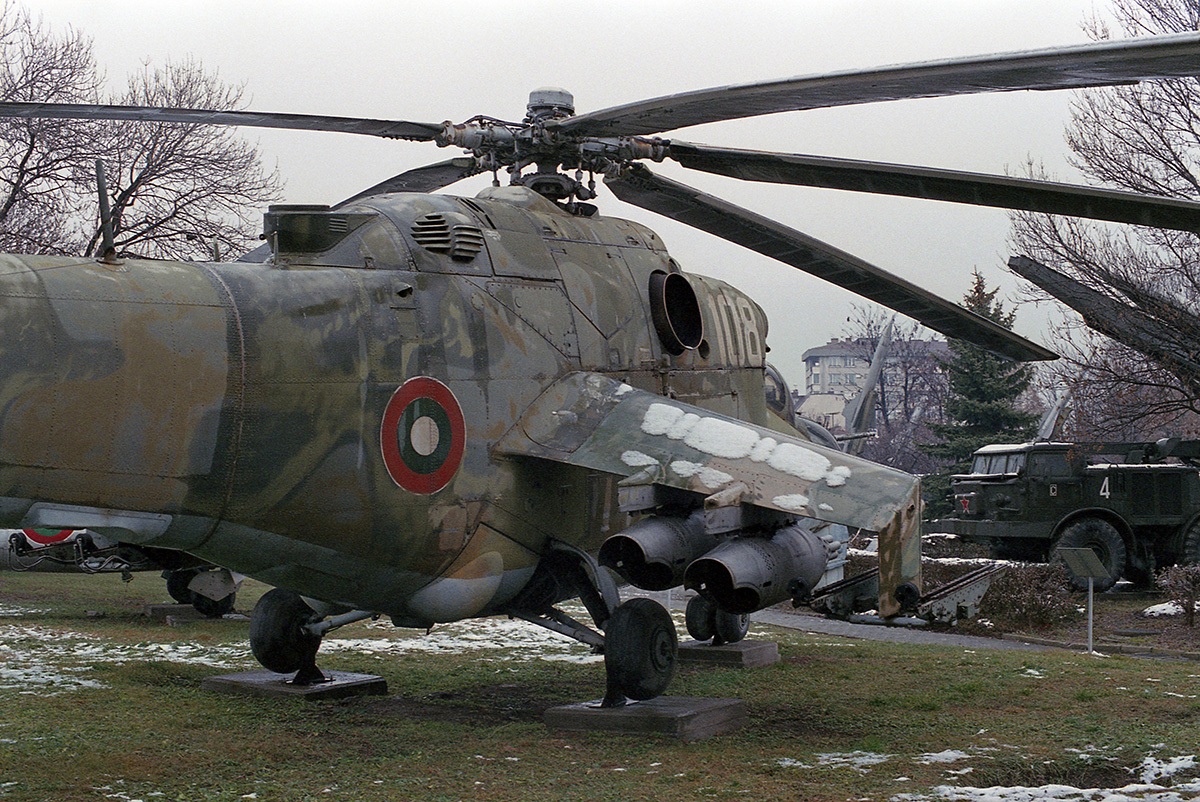
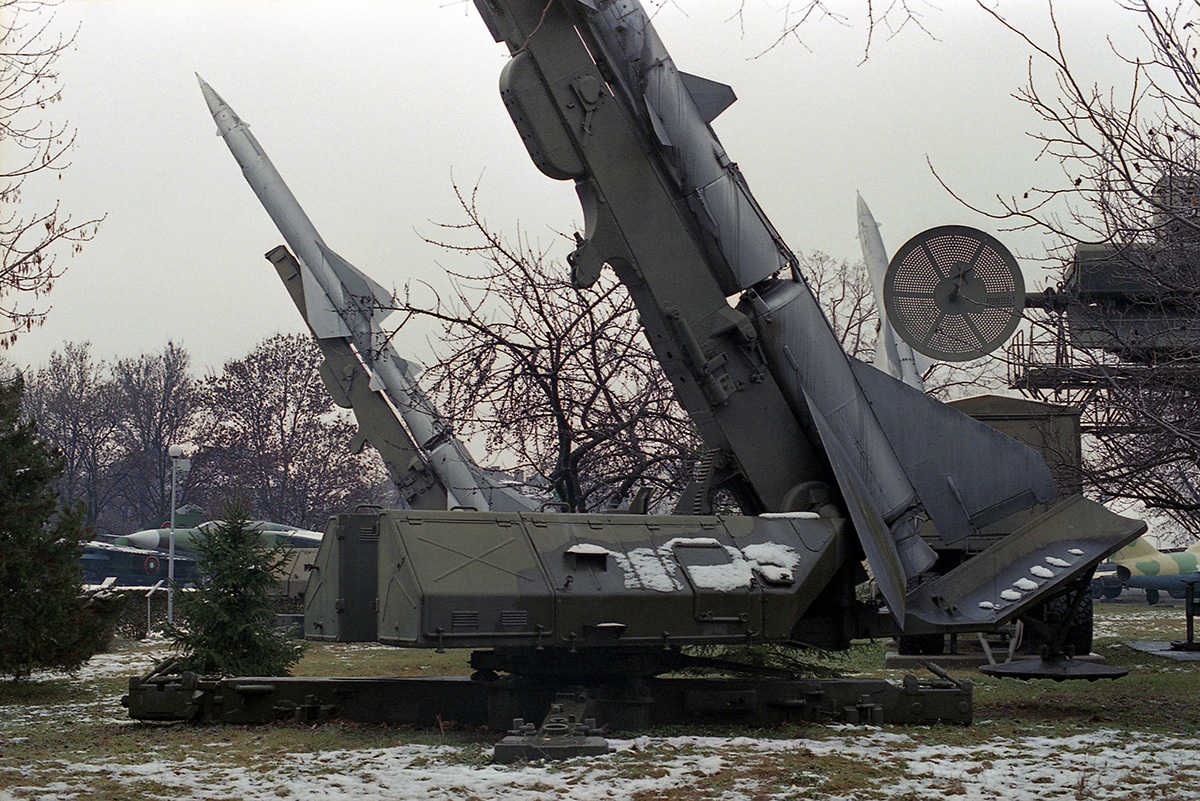
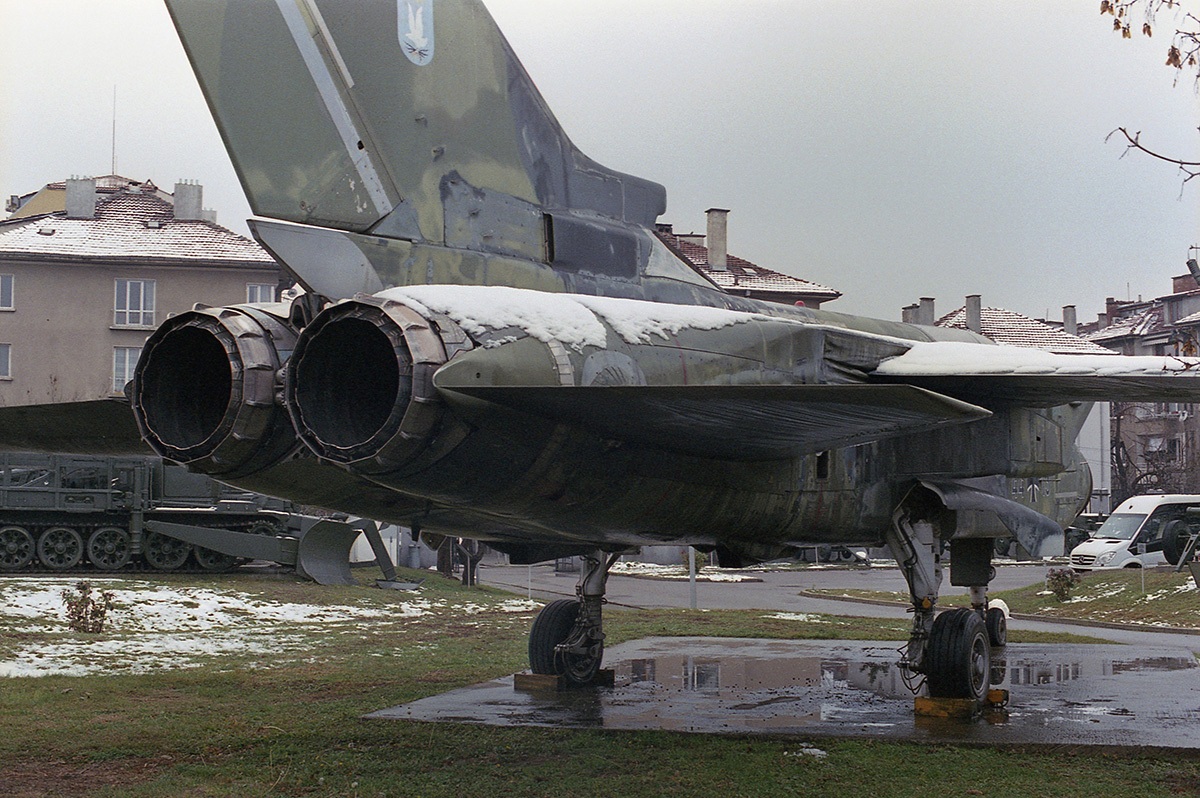
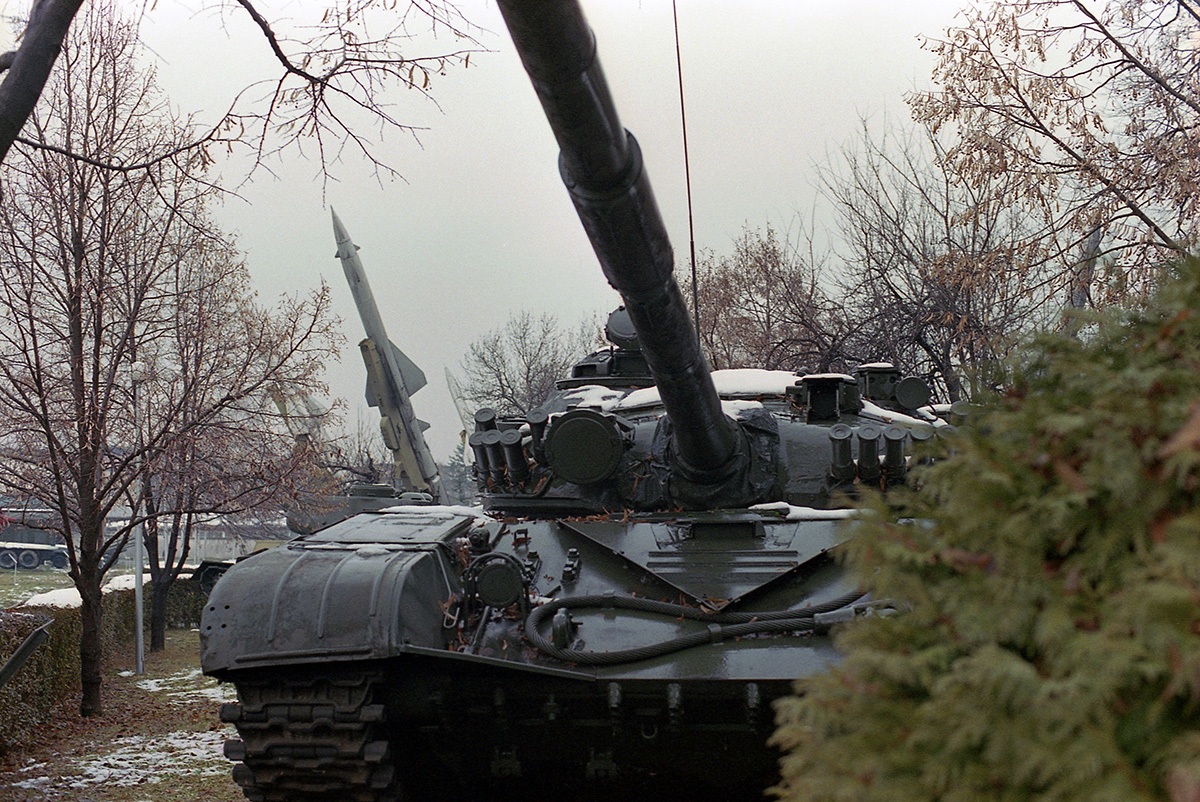
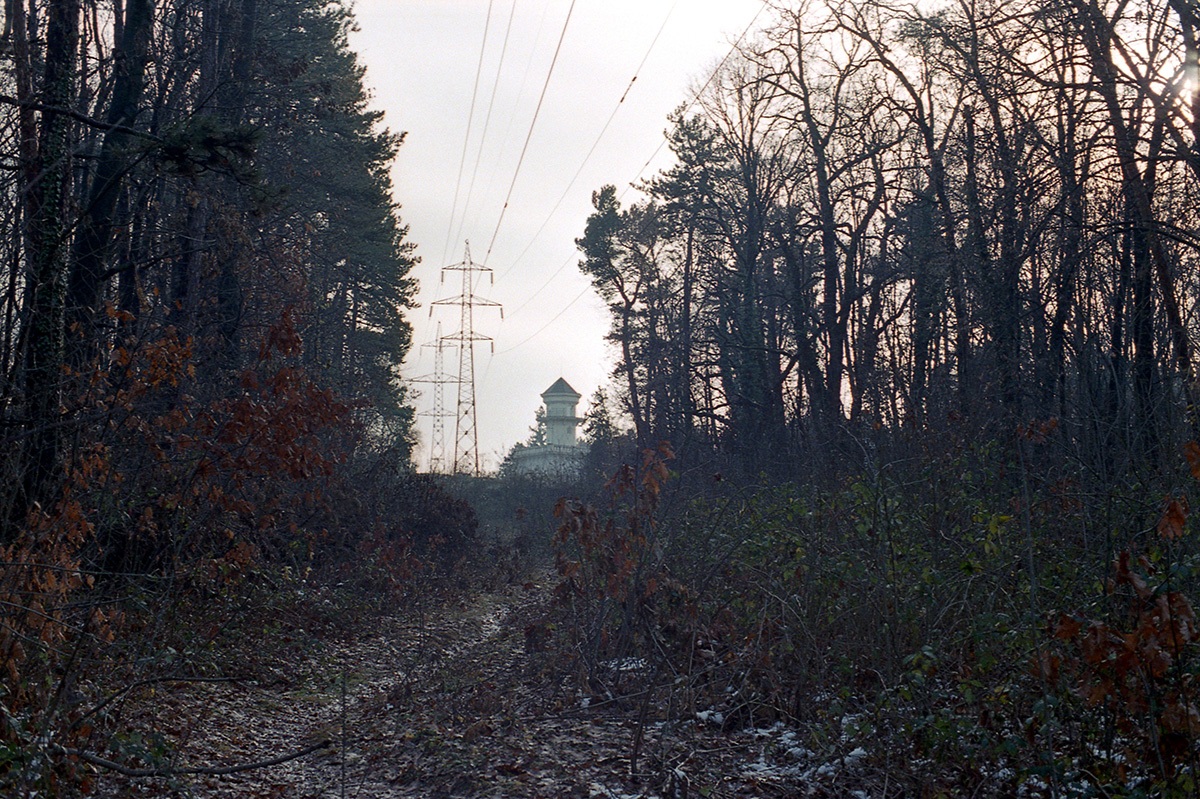
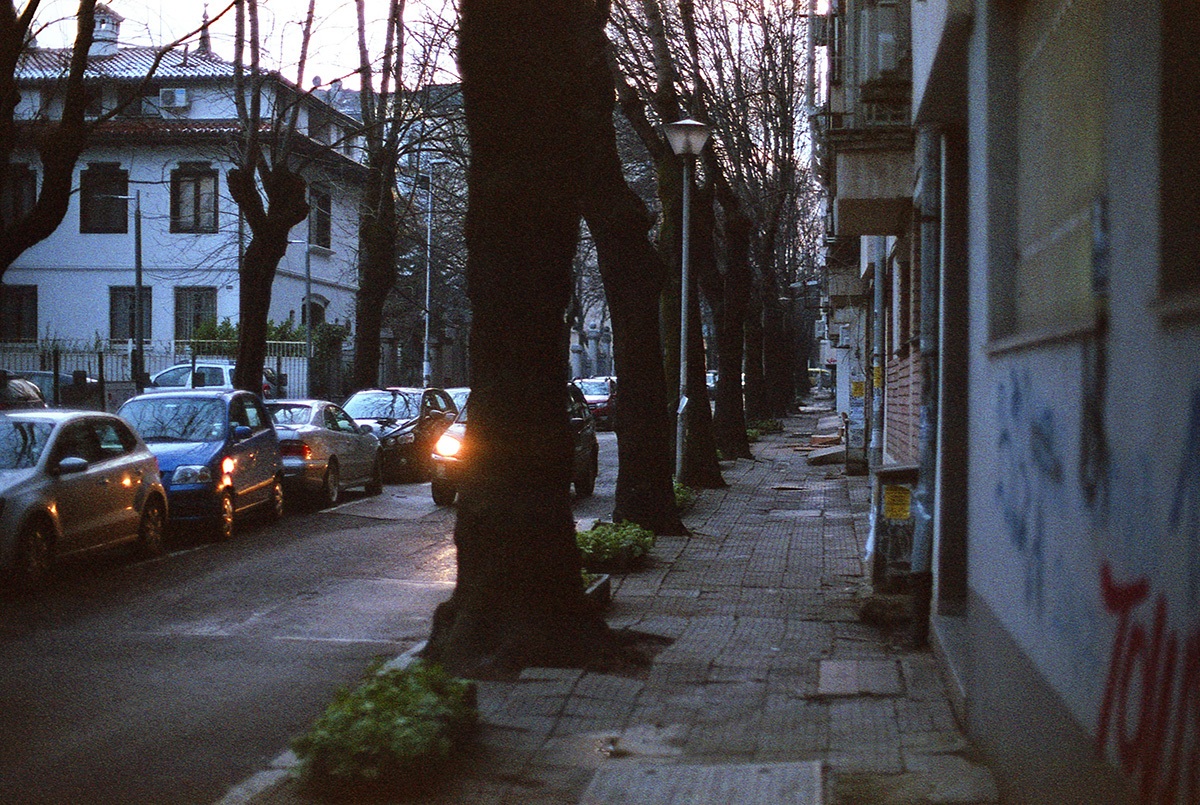
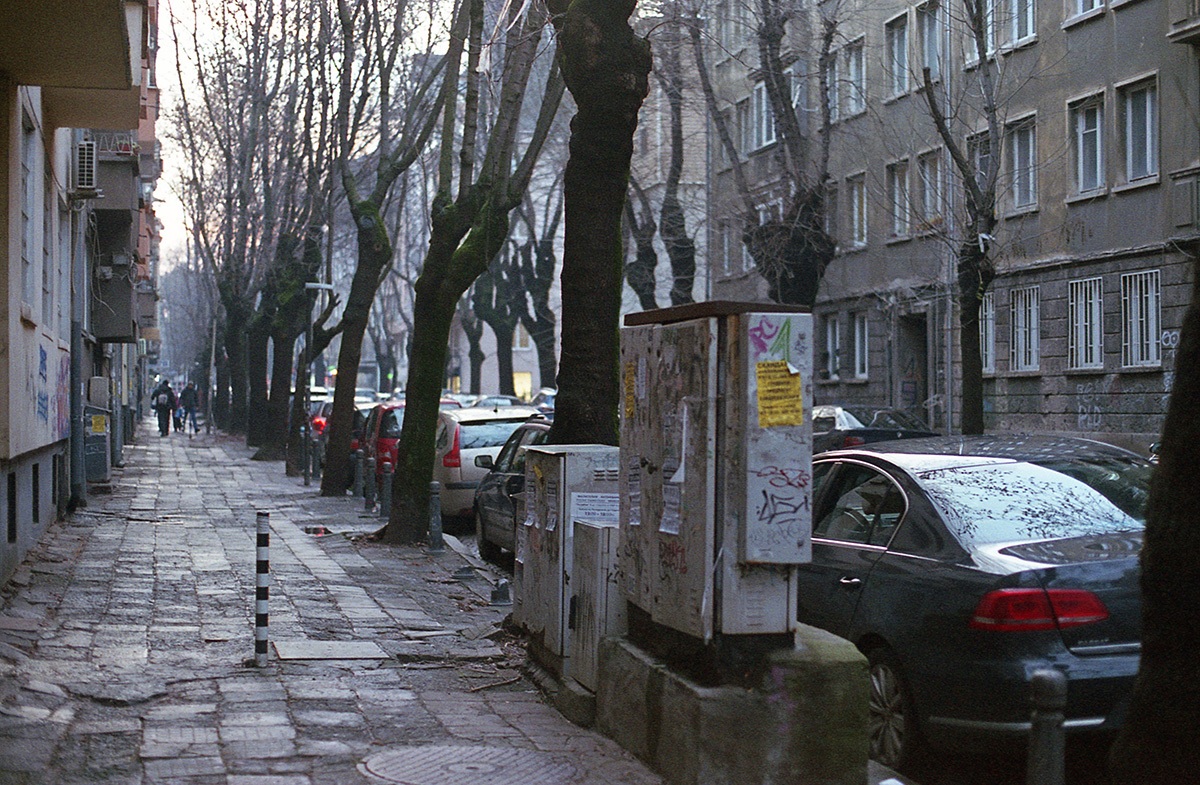
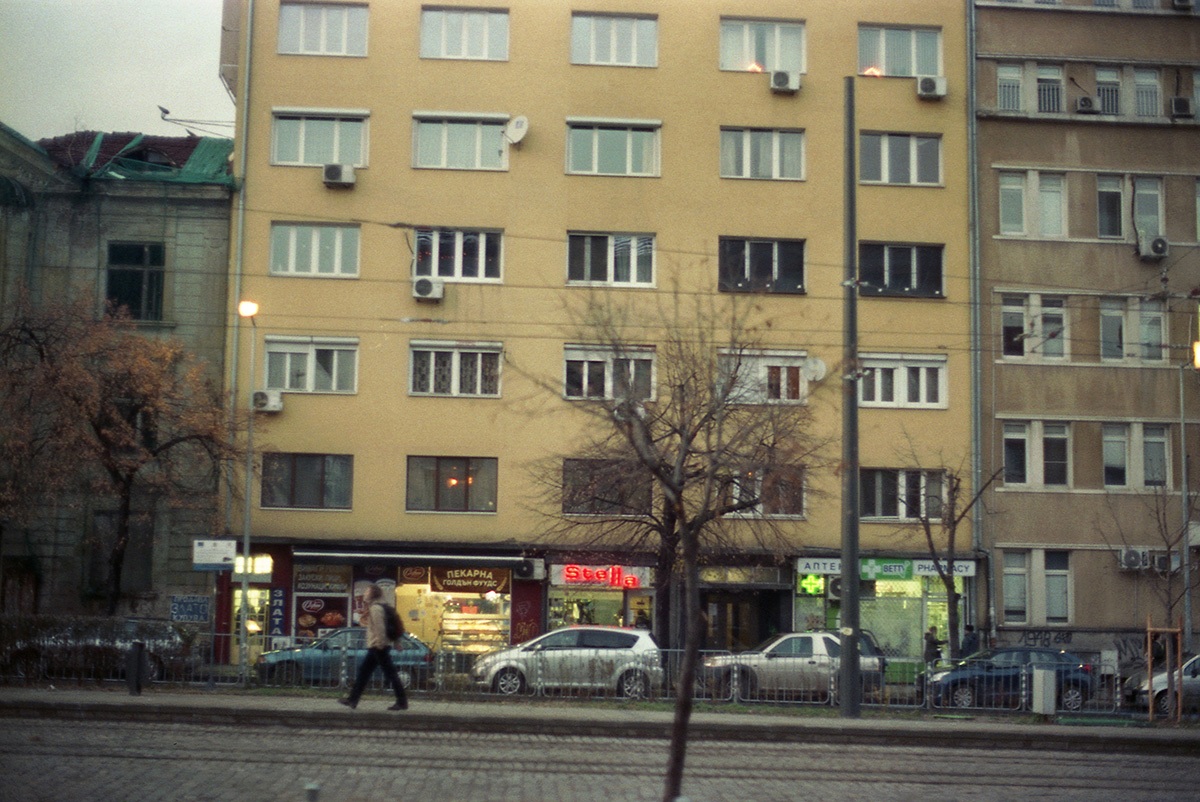
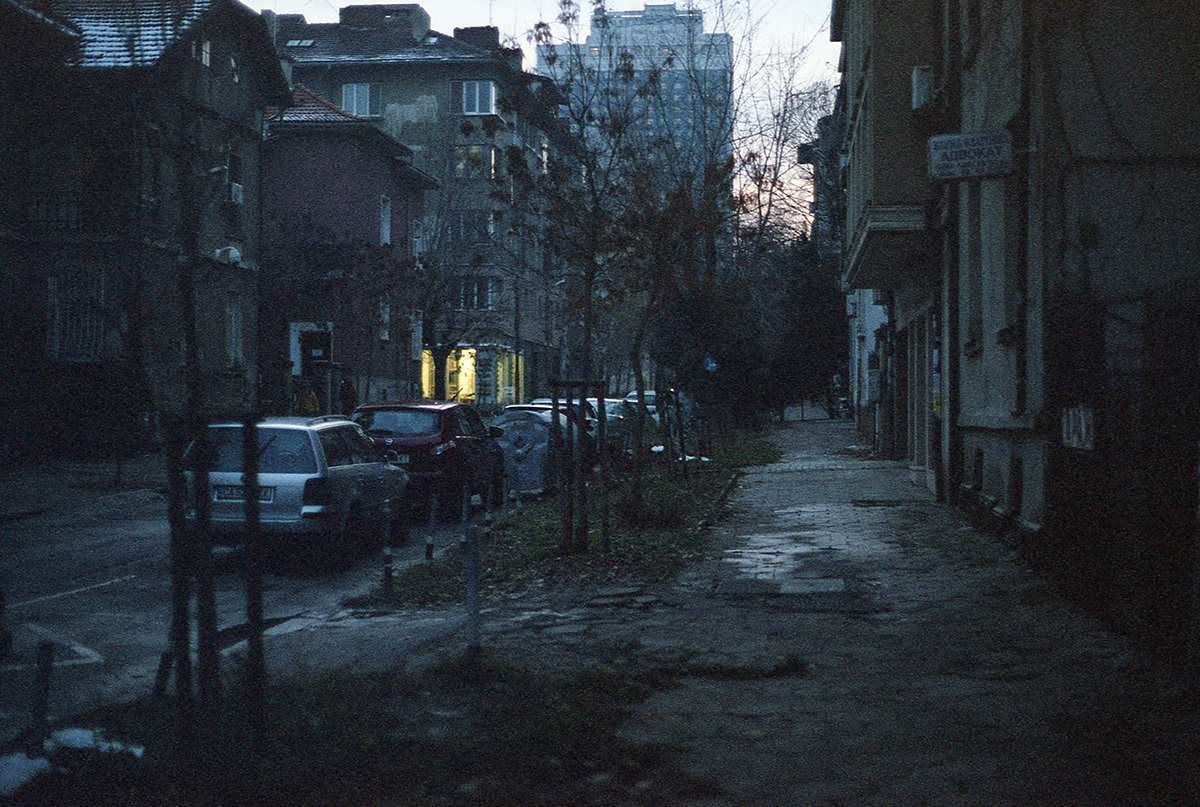
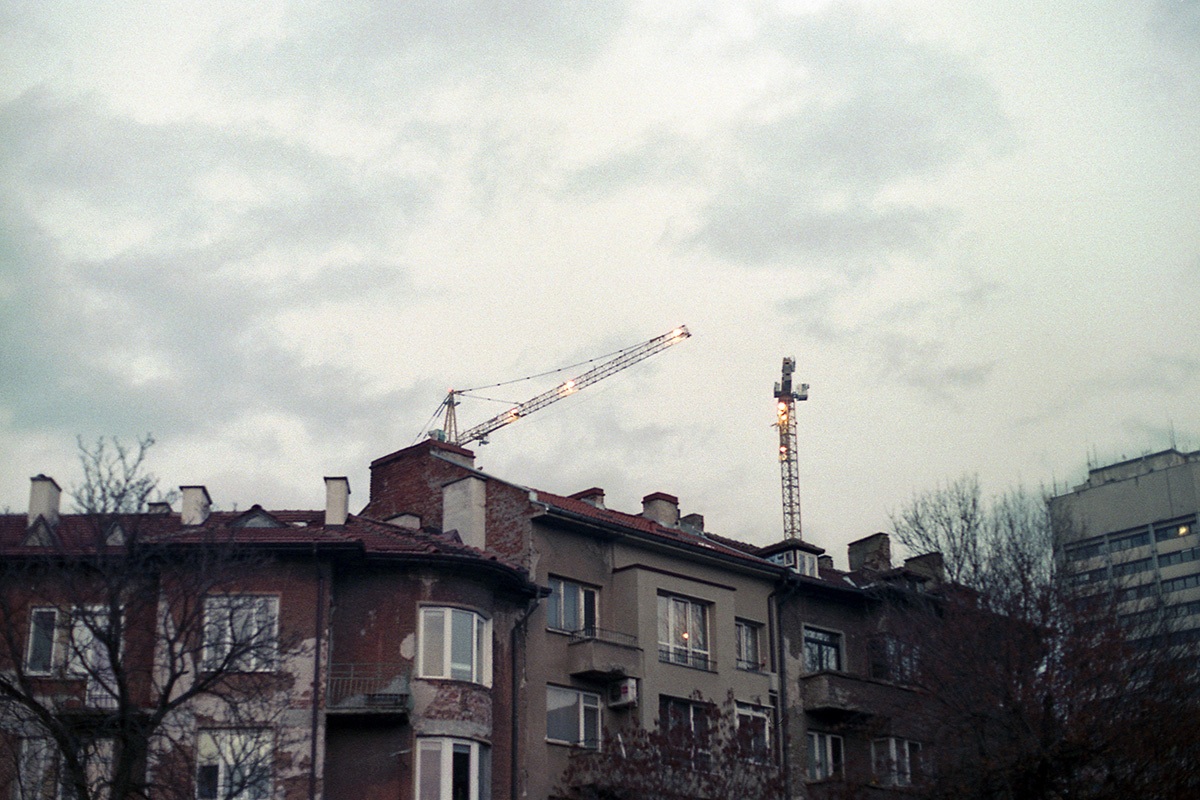
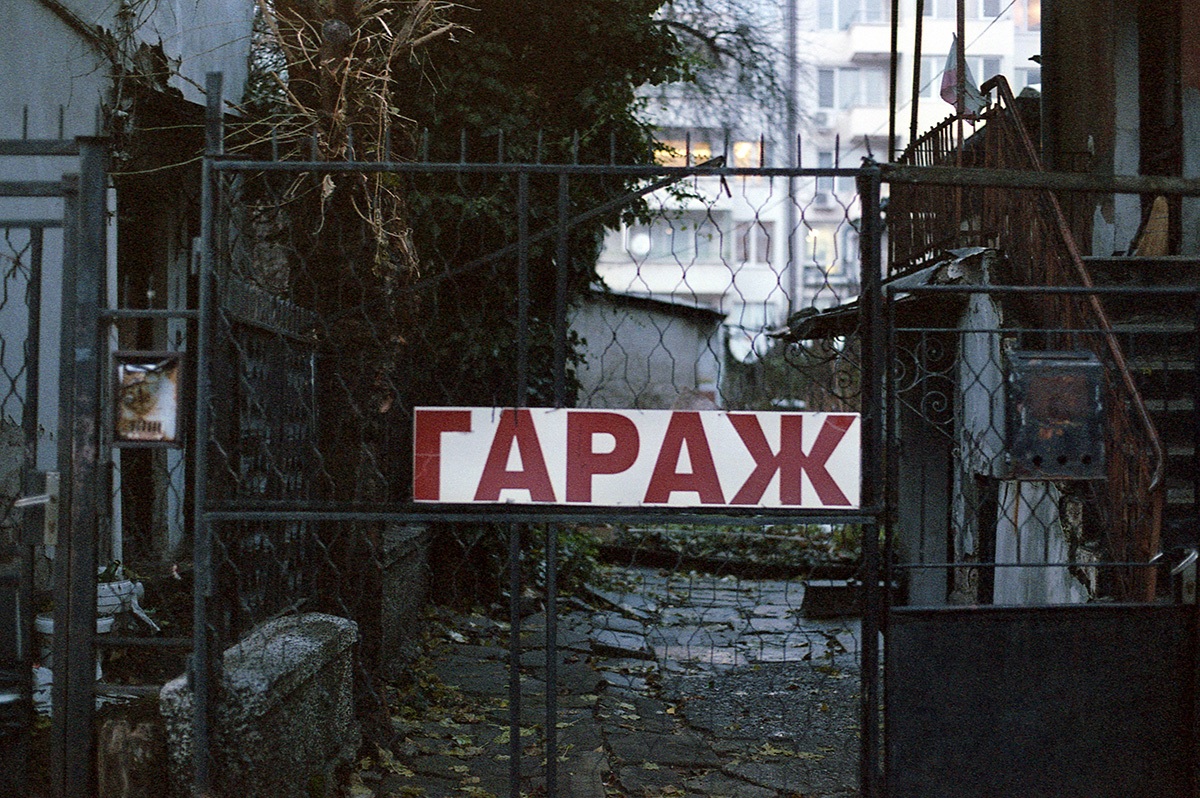
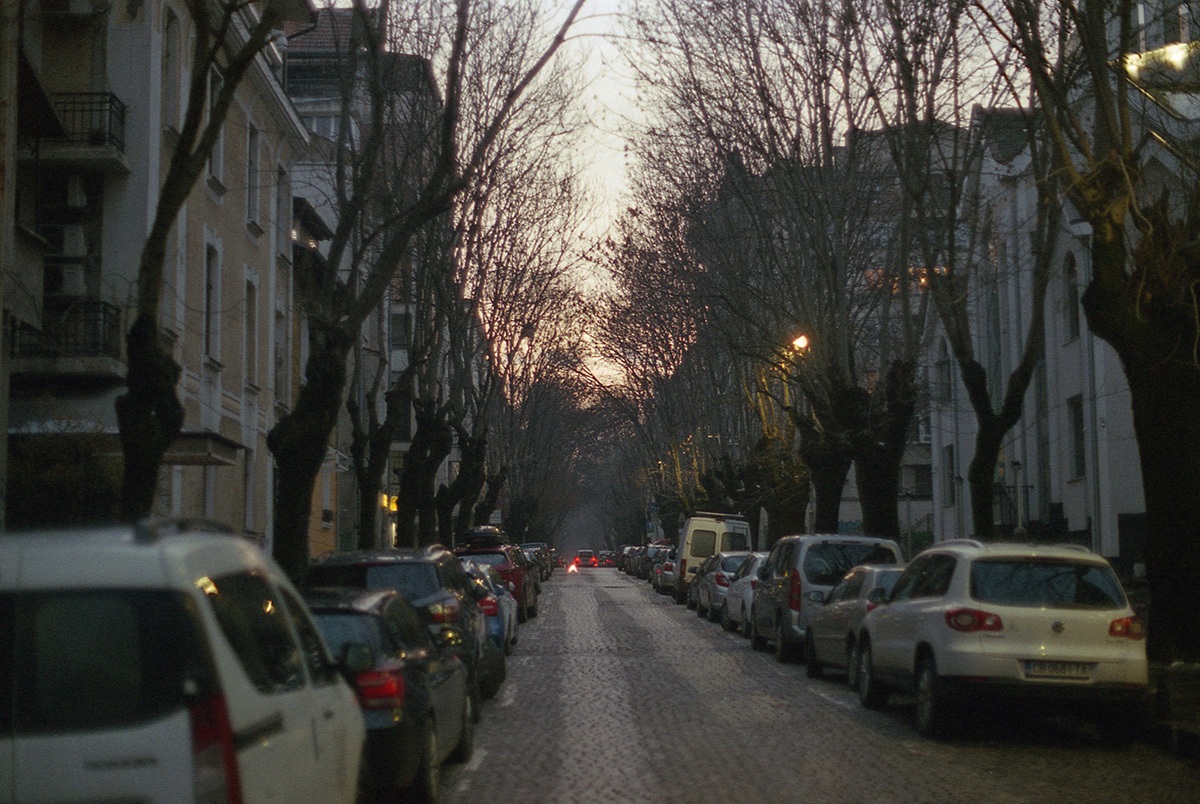

 Become a
Become a